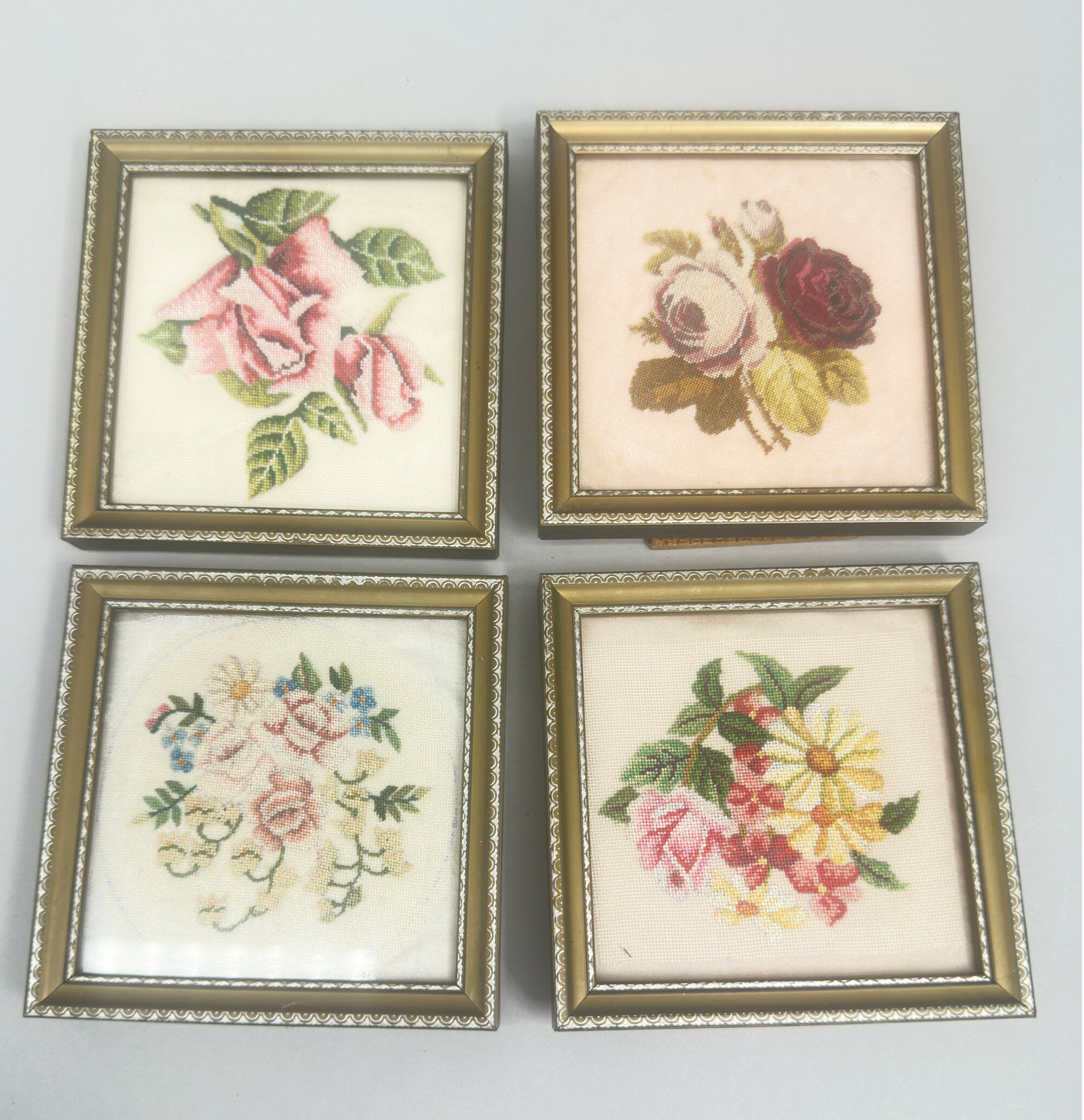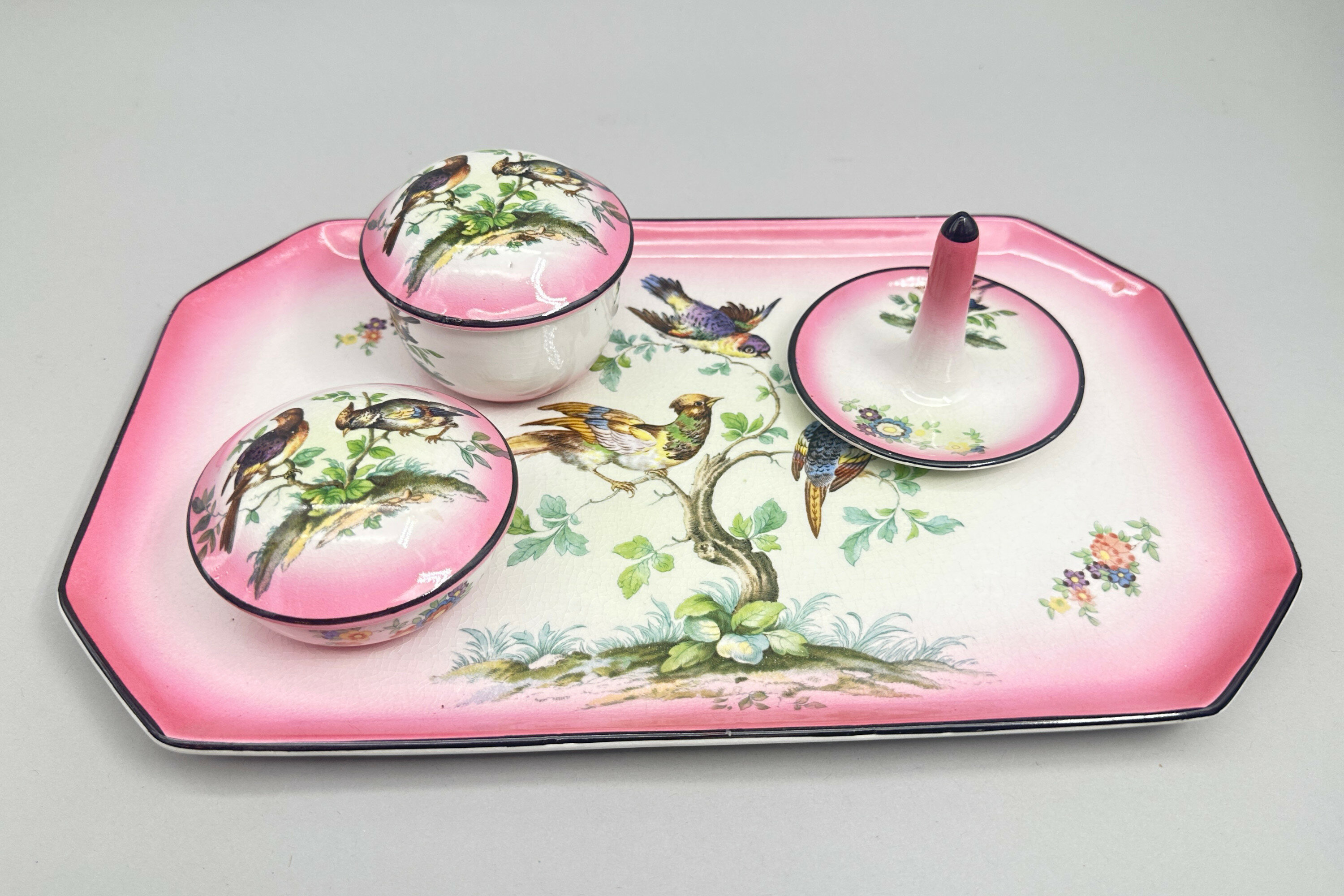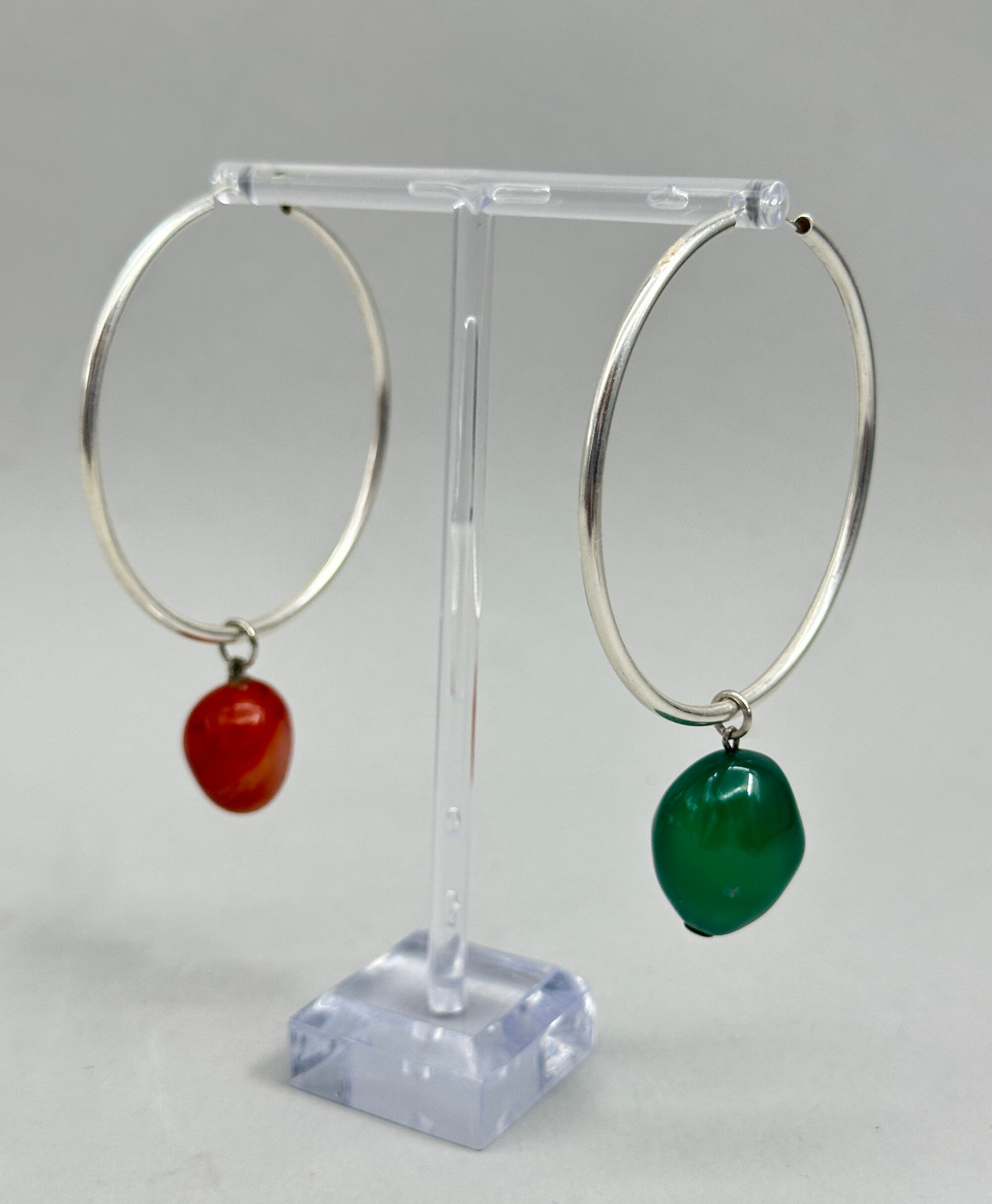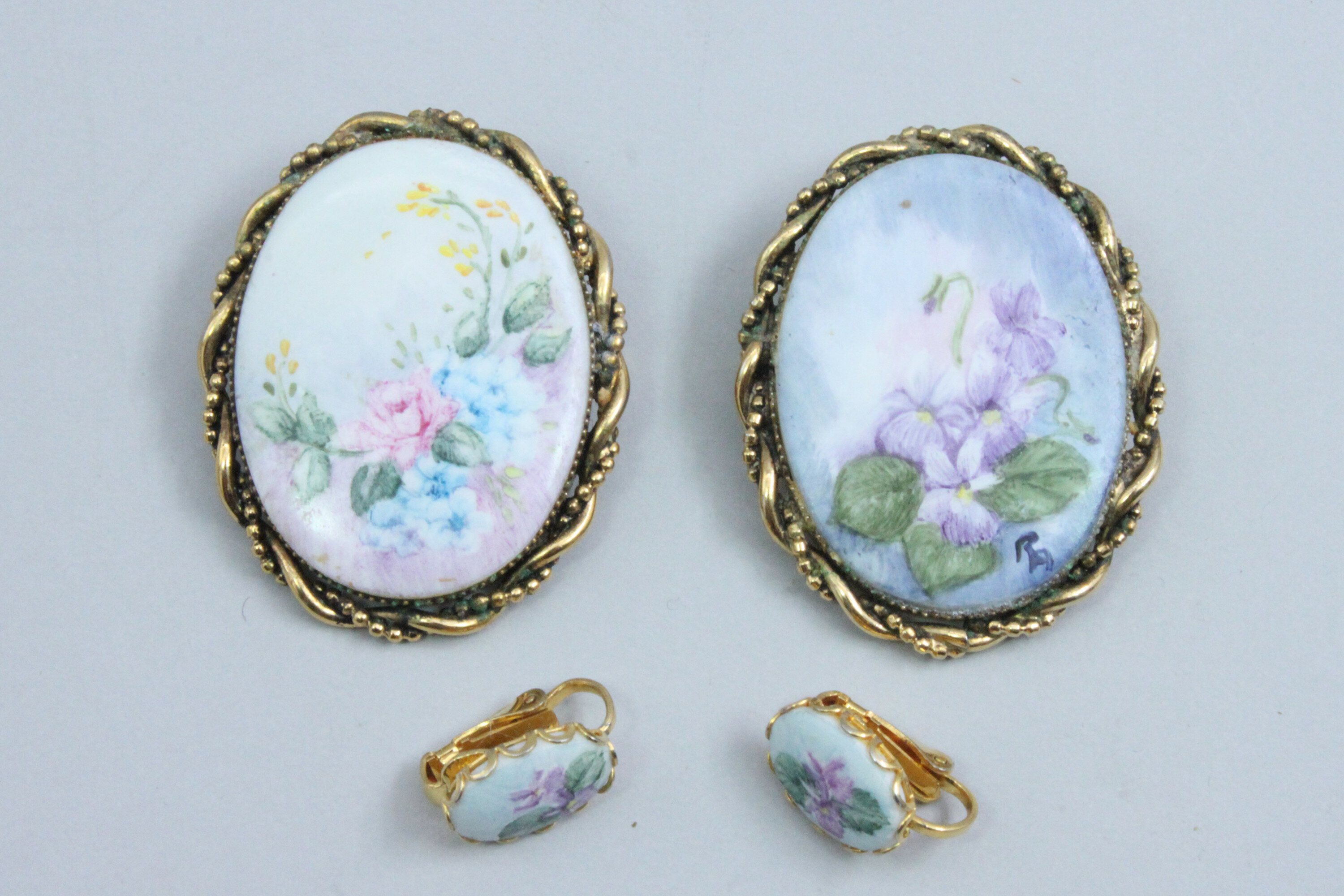
Fun group of two porcelain brooches with paid of small earrings 1960s
Price: £15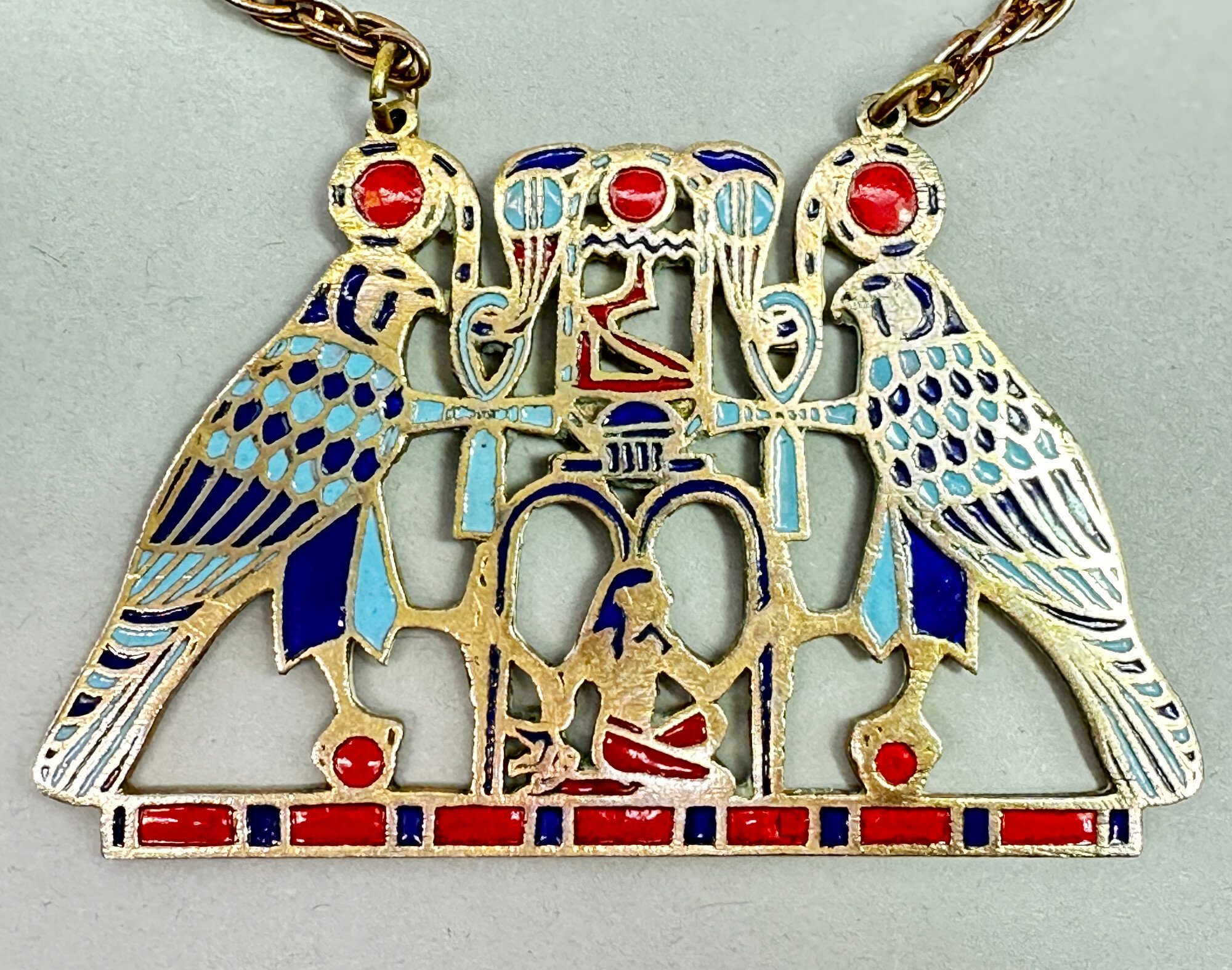
Outstanding Egyptian Revival necklace c1960
Price: £125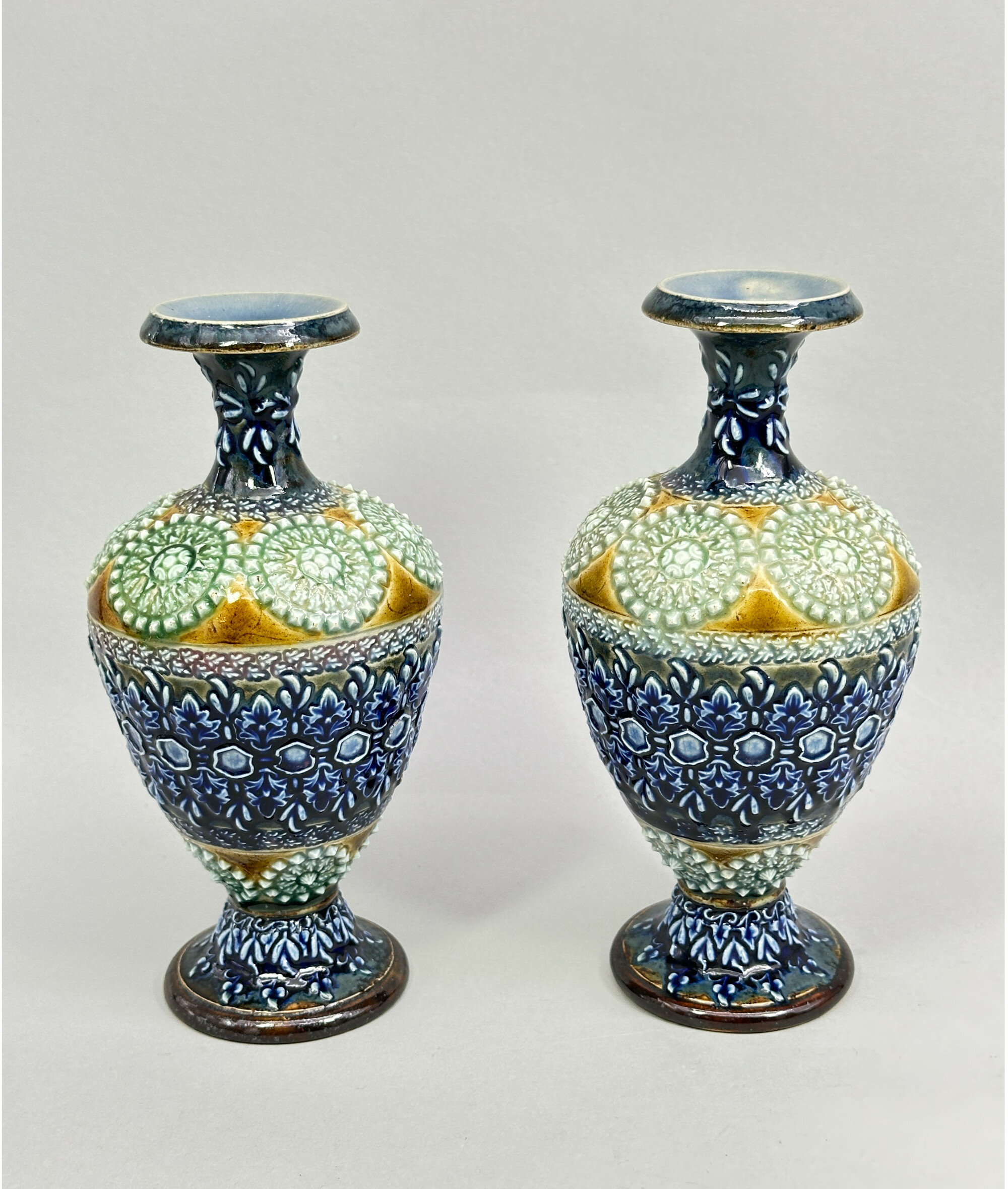
Pair of Doulton Lambeth Vases, signed and dated 1882
Price: £150The Doulton factory began production in 1815, first at Vauxhall and later moving to Lambeth. In 1882 it opened an additional factory at Burslem, Stoke on Trent in the centre of the English pottery. Known at first mainly for utilitarian works it began to develop decorative wares more extensively in the 1860s and soon gained a reputation for its distinctive designs. As the factory mark indicates, these pieces were made at the Lambeth factory and the absence of ‘England’ below it indicates that it dates to before 1891. The Lambeth ware pieces were often marked with the date of manufacture, here 1882 which is fully consistent with a design inspired by Eastern influence. The artist’s mark, ‘B’ with a tail, which appears on both pieces, is for Alice L Burlton, whose signature can be seen on other pieces of a similar date with similar raised decoration. The other three markings ‘B’ and ‘OO’ presumably indicate the pattern number.
In general, Doulton designs were often both striking an experimental and this pair of vases is an example of their work at its best, a striking form combined with skilful decoration making them true collector’s items.

A Celtic or Pictish Brooch decorated with Horses, St Justin of Cornwall, circa 1980
Price: £10Inverurie is a town in Scotland where Pictish carved stones are found in the graveyard dating from the 7th Century. The Picts were a tribe of peoples living in the East and North of Scotland. Little is known of their origins but they were called 'Picts' by the Romans because of their painted and tattooed bodies. The Inverurie horse is the inspiration for this brooch. The actual design of the three horses was created by George Bain (1881-1968) the Scottish artist and teacher, famous for chronicling Celtic Art.
St Justin of Cornwall is well known for the production of 'craft' pieces in a variety of forms and materials. This piece probably dates to the 1980s and certainly cannot be found in their current catalogue.
PLEASE NOTE THAT THERE IS FREE UK SHIPPING ON THIS ITEM. For international buyers the shipping cost will be reduced by the UK shipping cost, so don't worry if you are outside the UK, you still receive this benefit!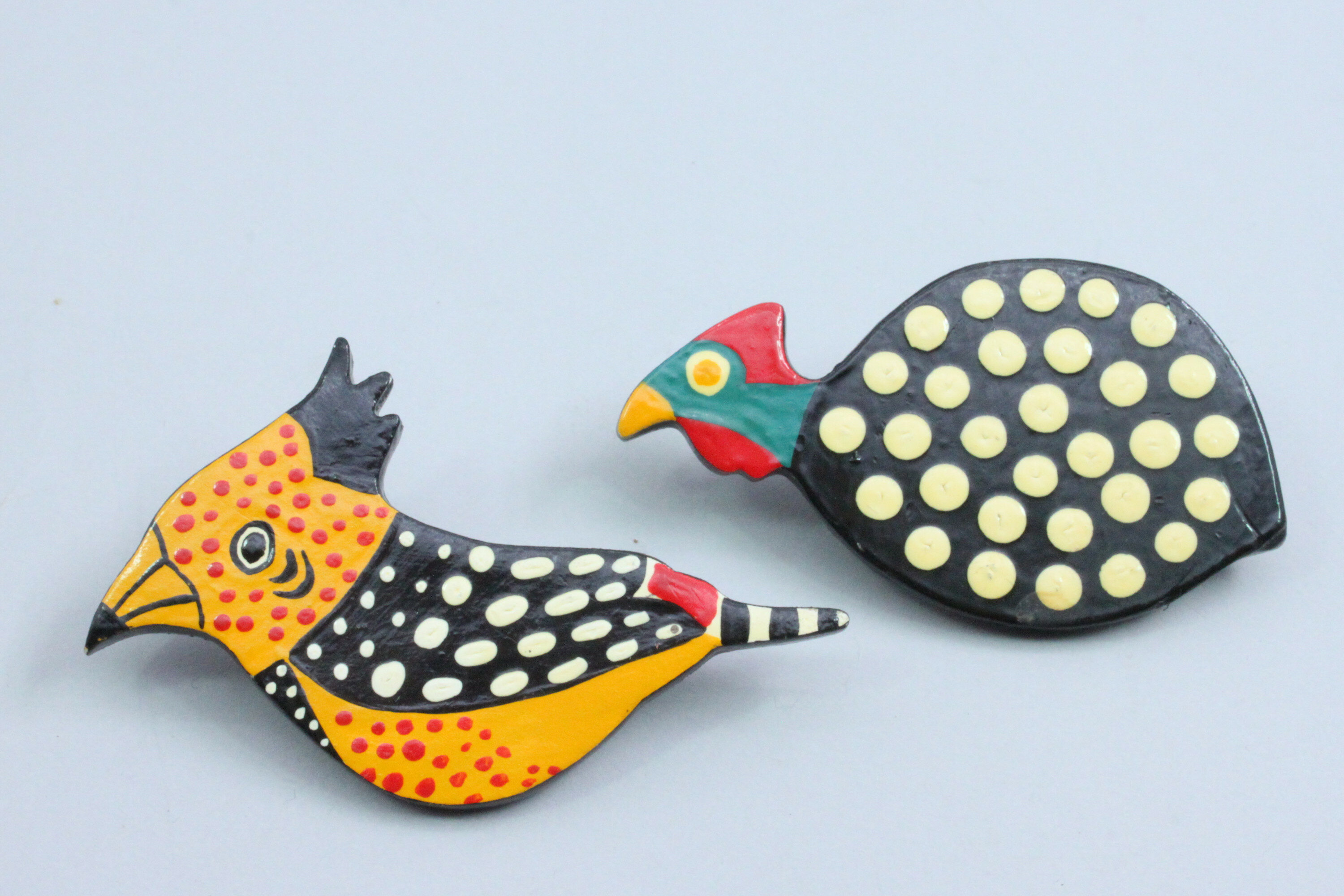
Two lacquer bird brooches 1980s
Price: £15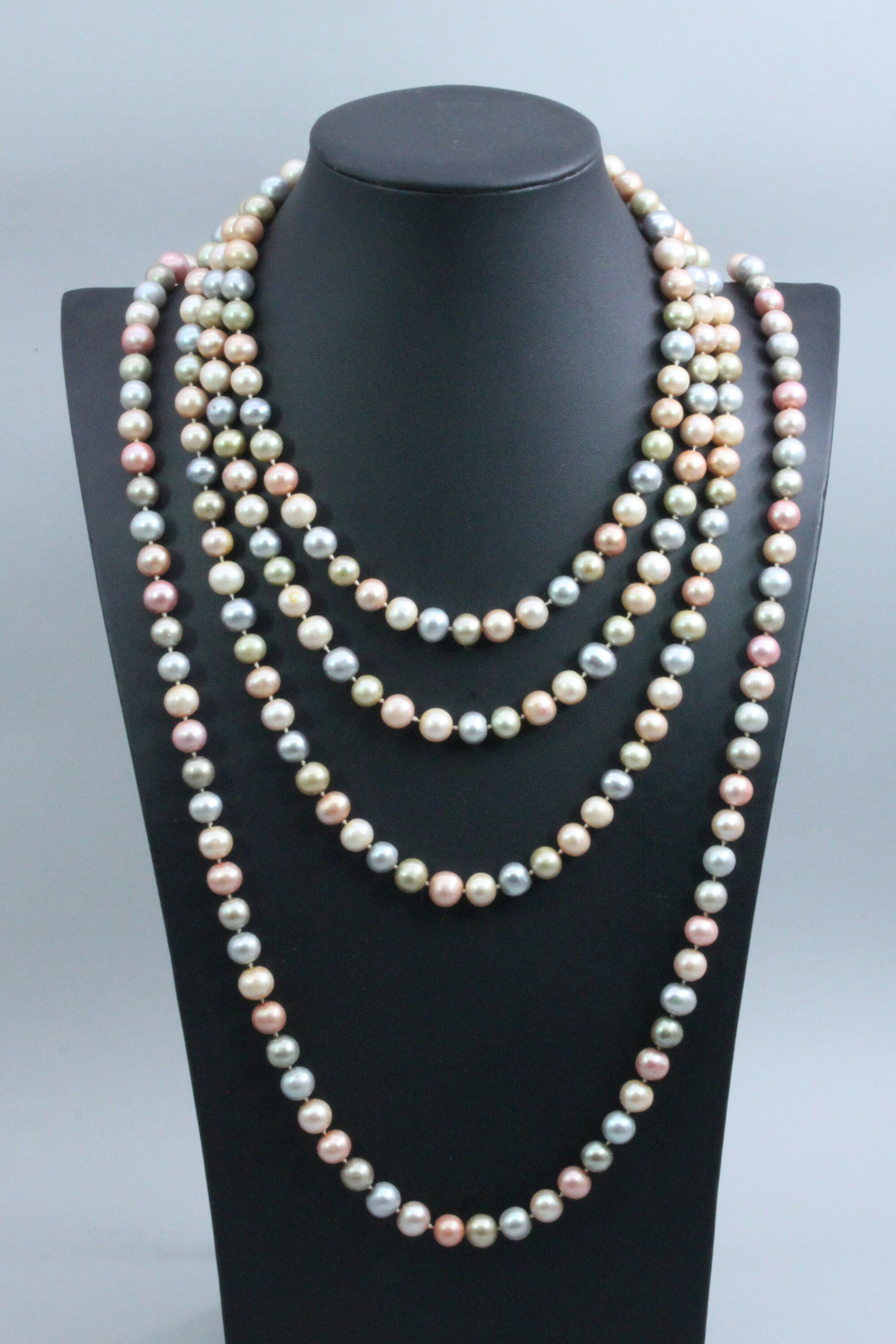
Two long infinity strands of cultured pearls
Price: £45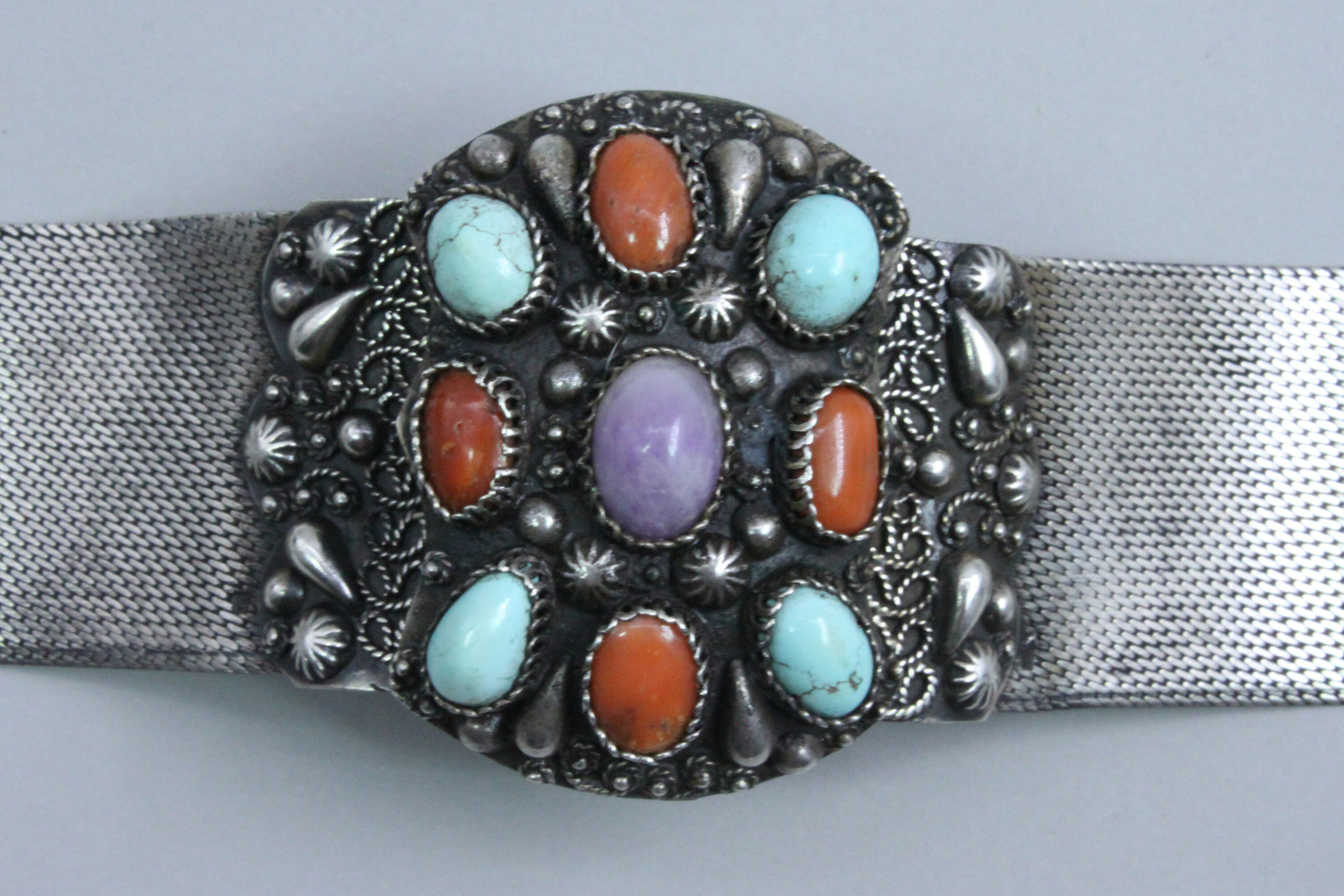
Art Deco Islamic silver bracelet with inset stones
Price: £195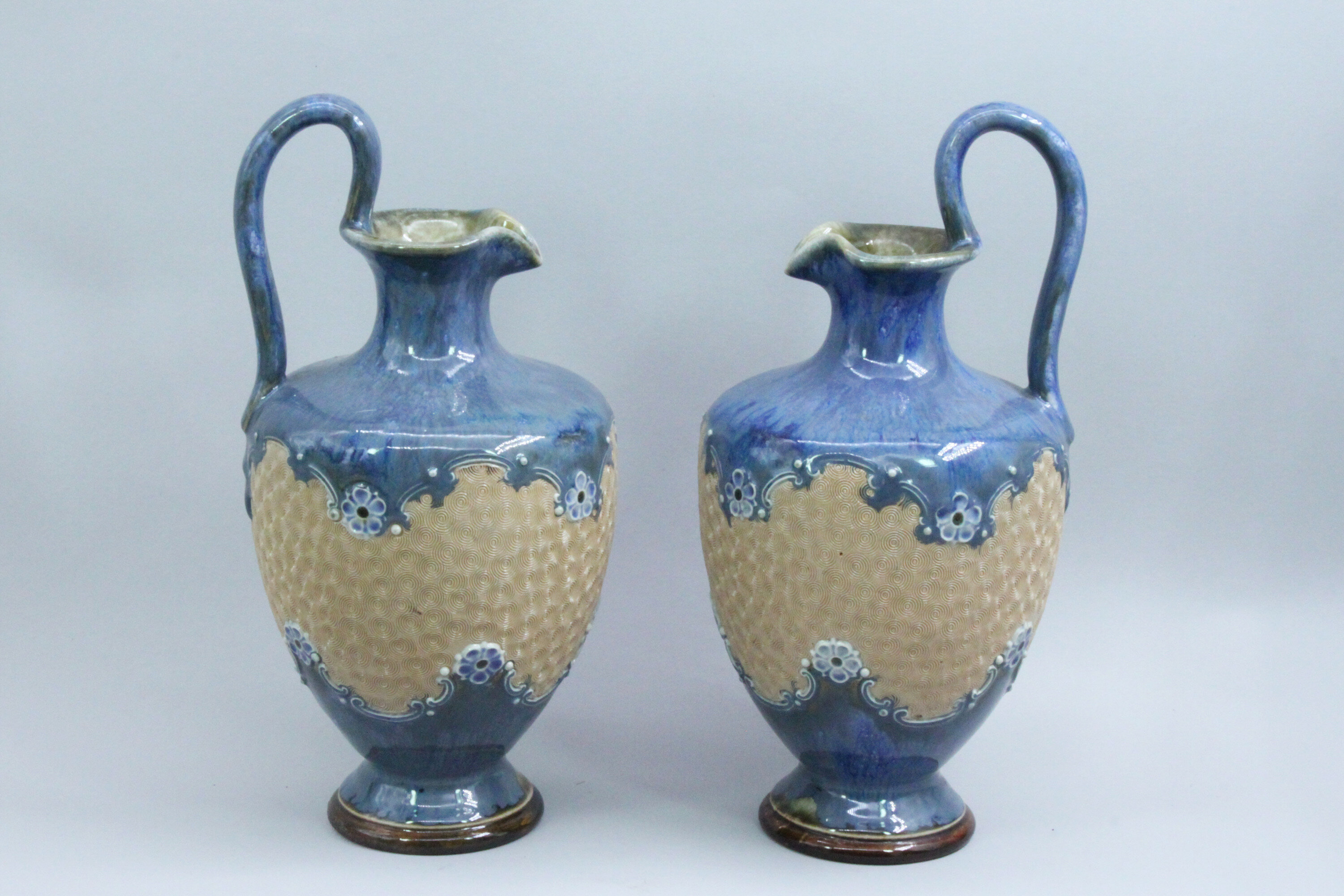
A Pair of Royal Doulton Ewers, marked, early C20th
Price: £150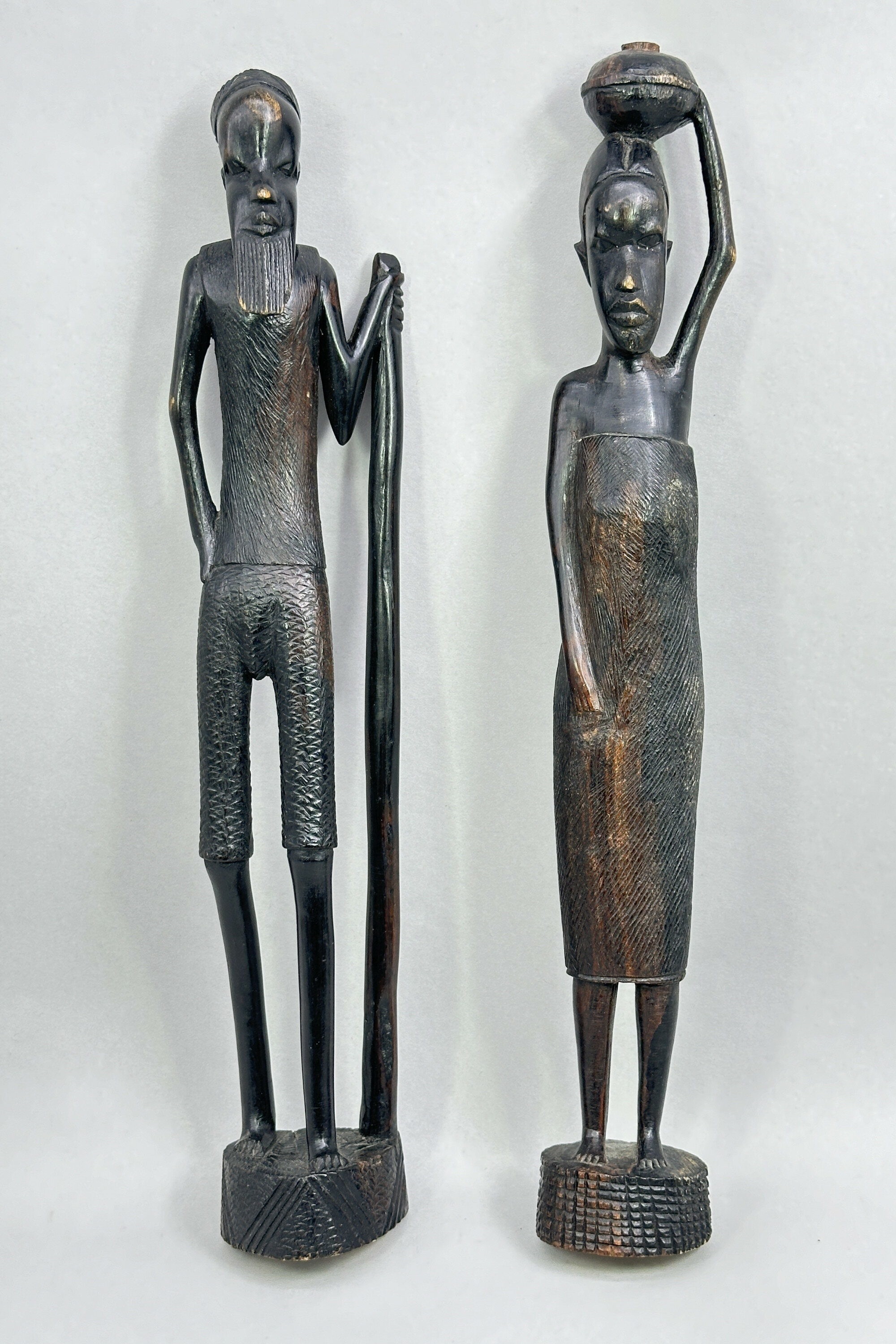
Pair of African Wood Figures of a Man and a Woman, probably mid C20th
Price: £25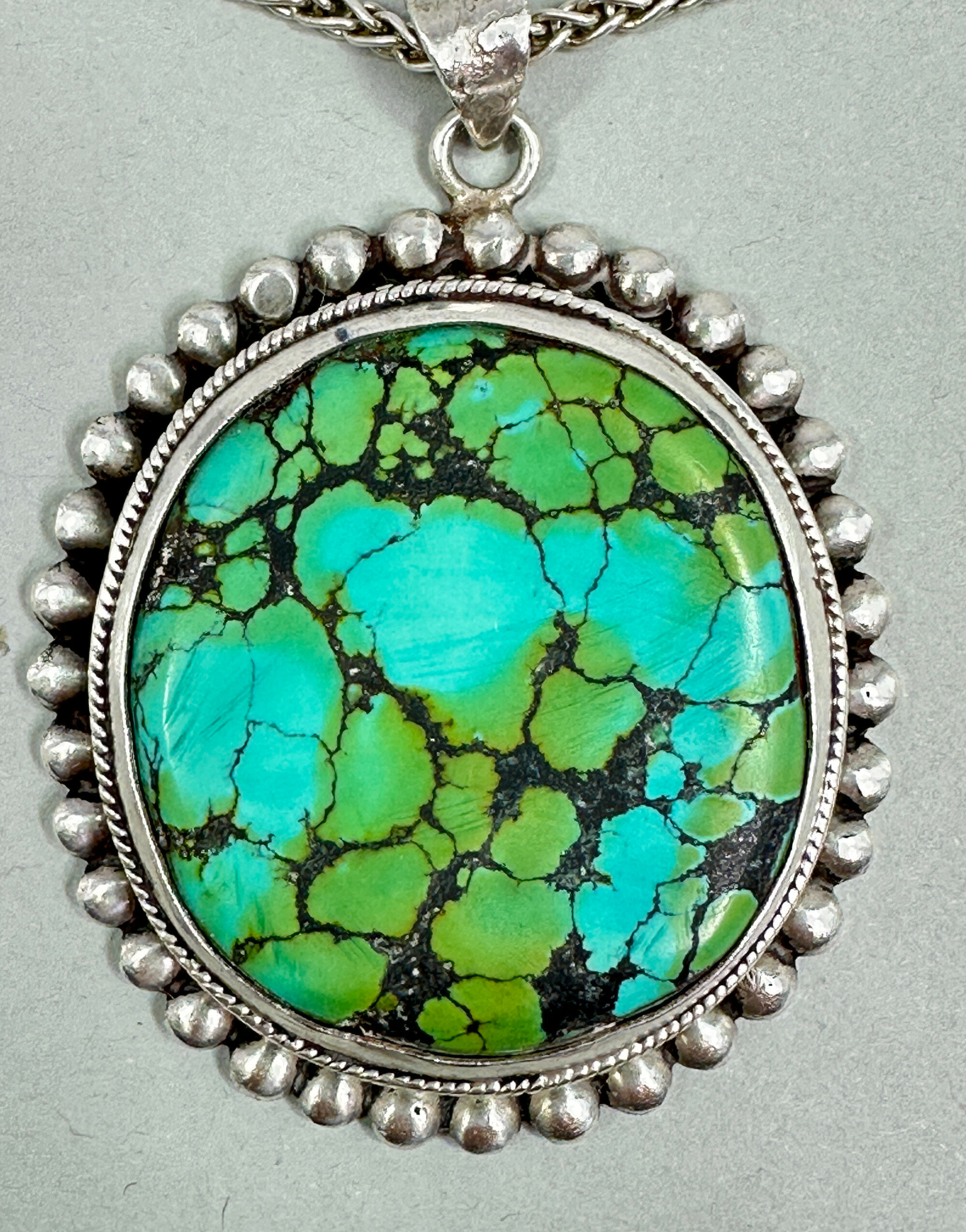
Large Hubei turquoise silver pendant Necklace, c1960
Price: £225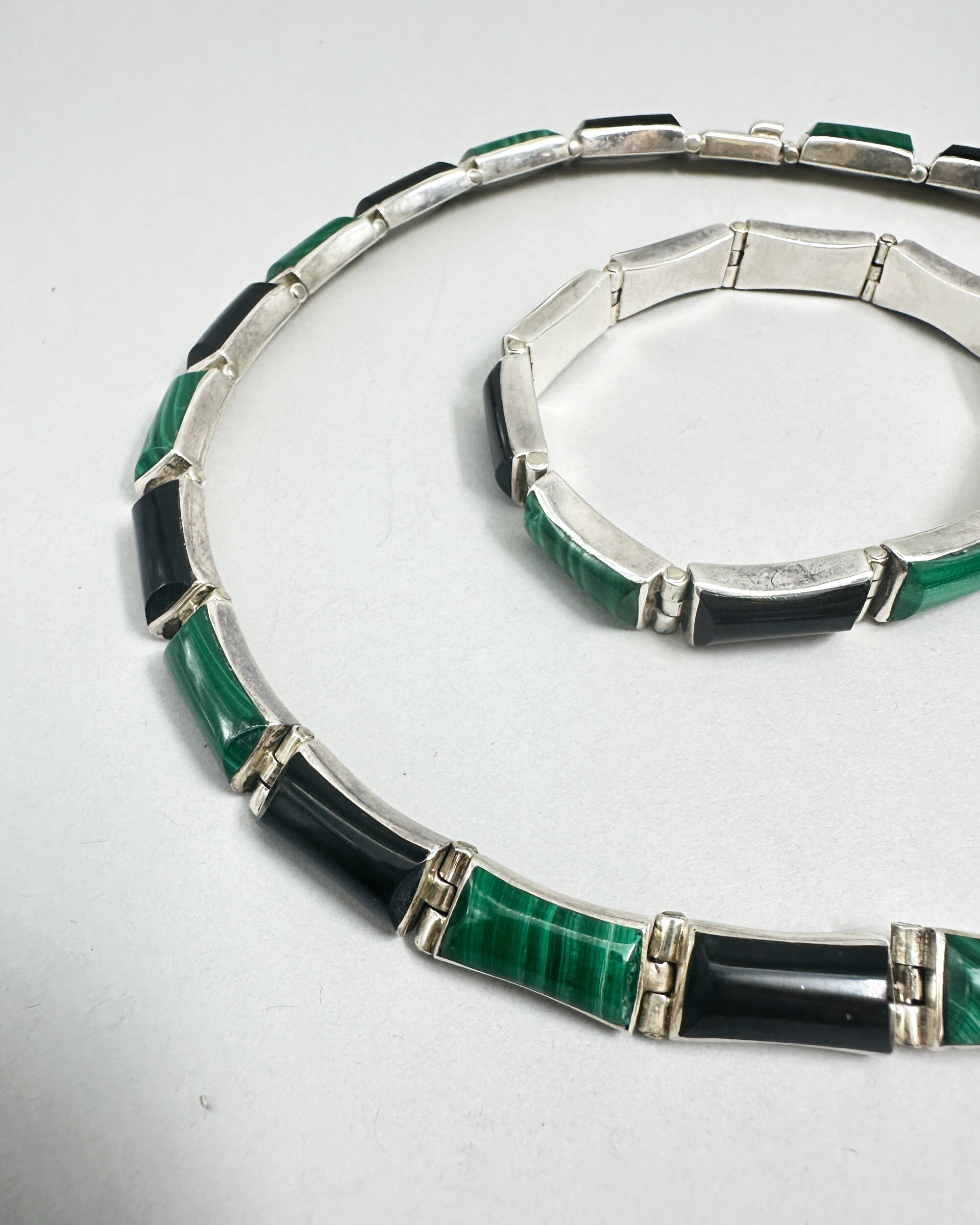
Taxco suite of necklace and earrings, malachite and onyx stations, 1990s
Price: £250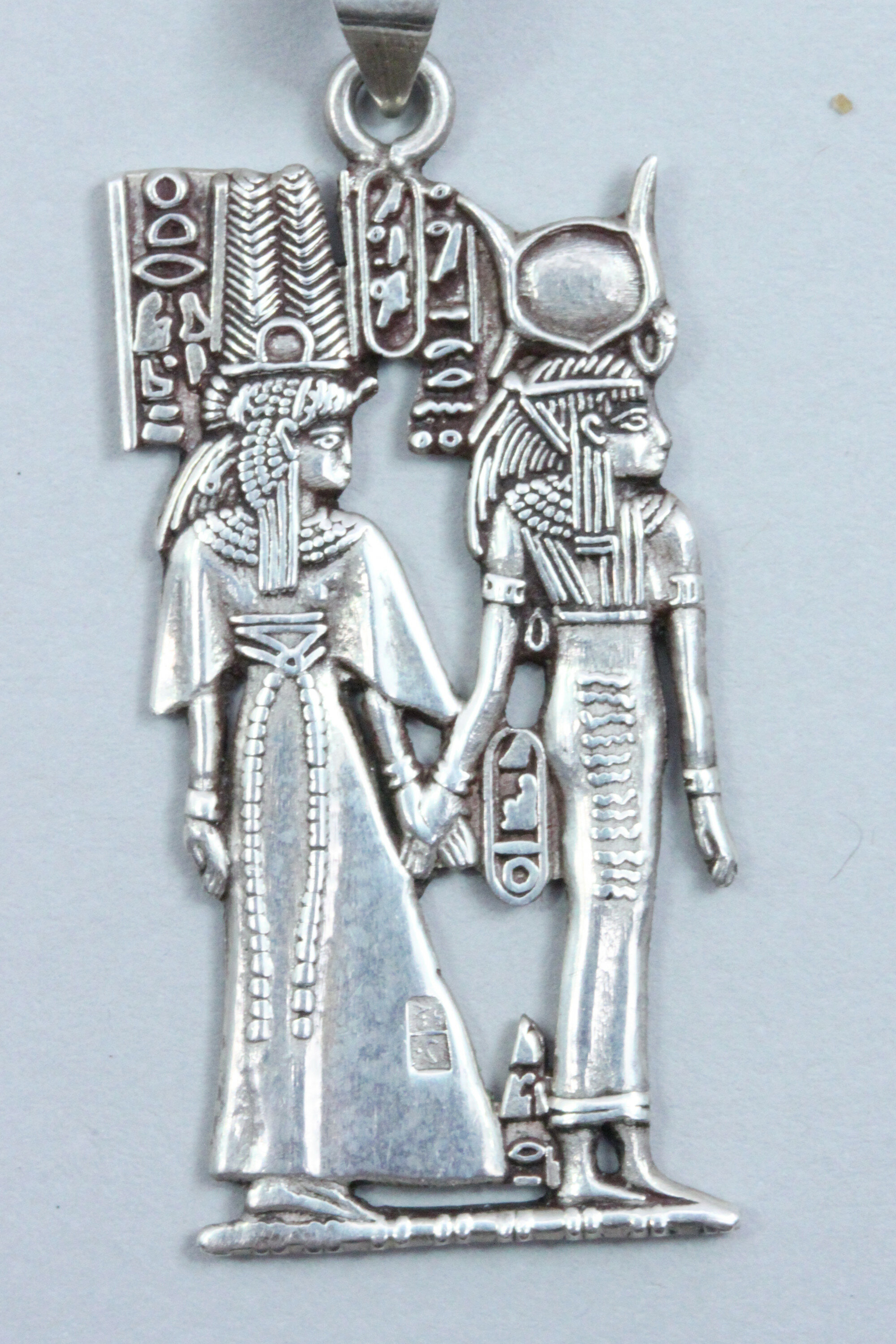
Silver Pendant, Tutankhamun and Ankhsenamun, Egyptian 1950s
Price: £35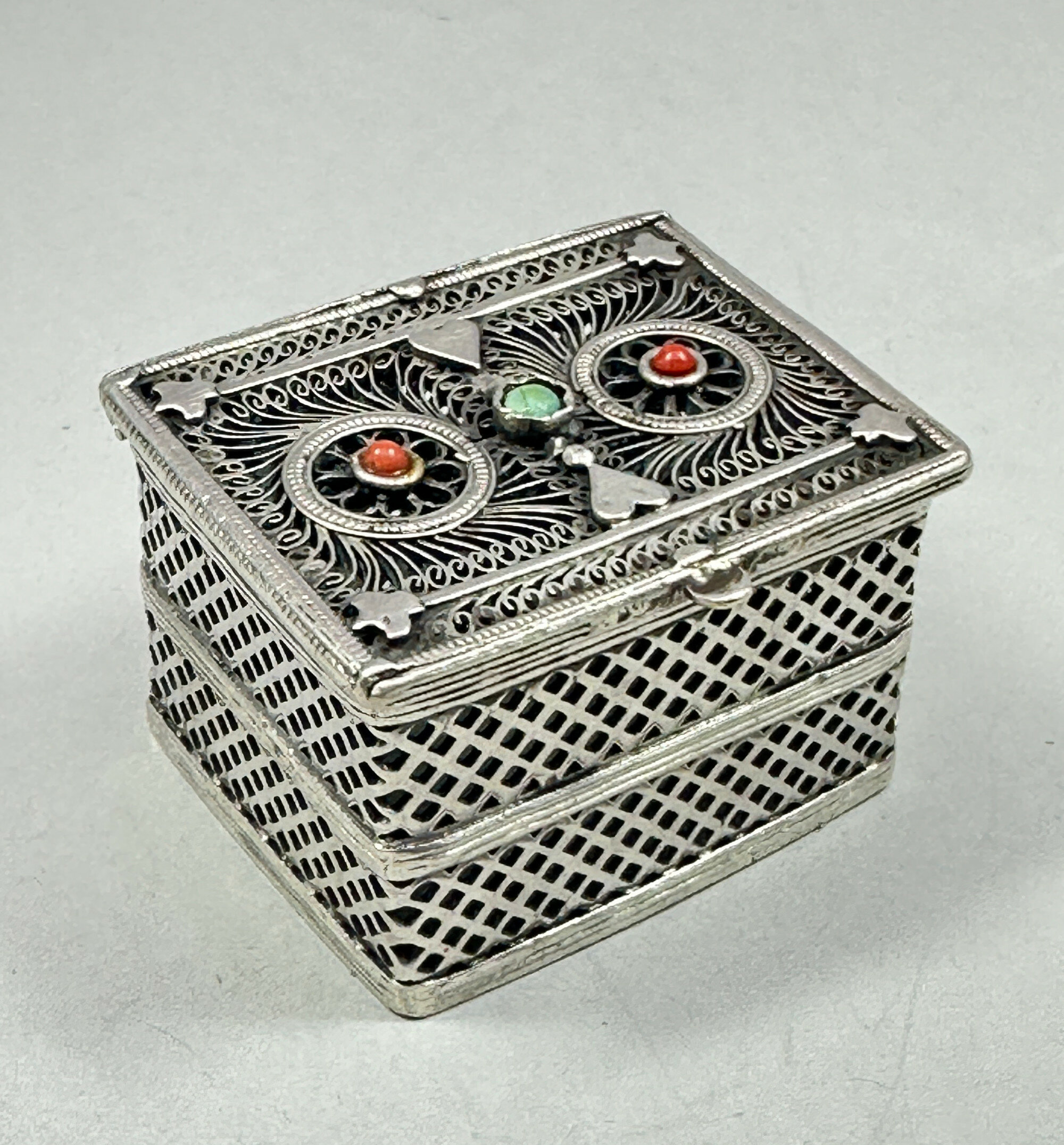
Silver Cricket Box, Islamic probably Persian, early C20th
Price: £110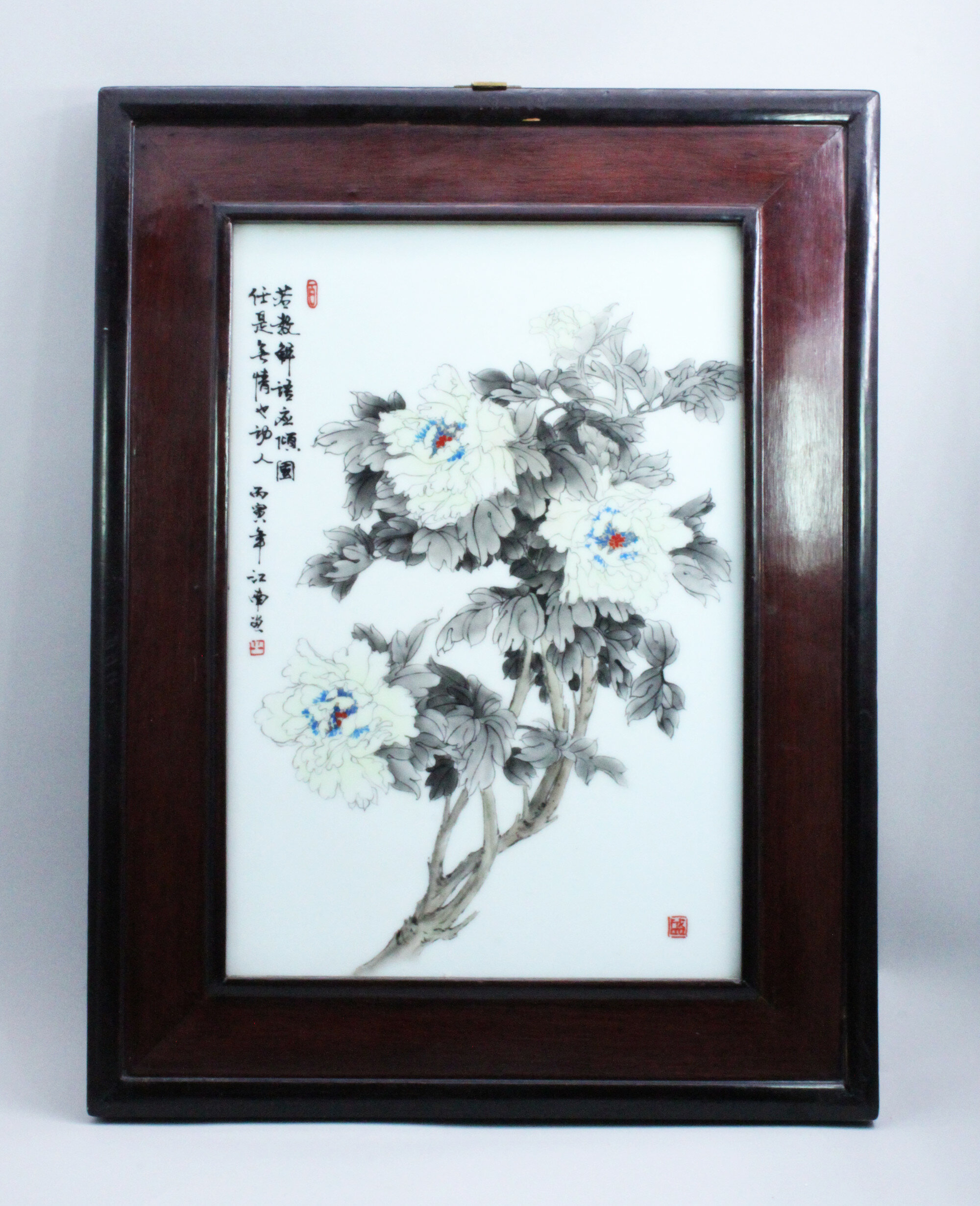
Chinese Framed Ceramic Plaque depicting Peony, C20th
Price: £150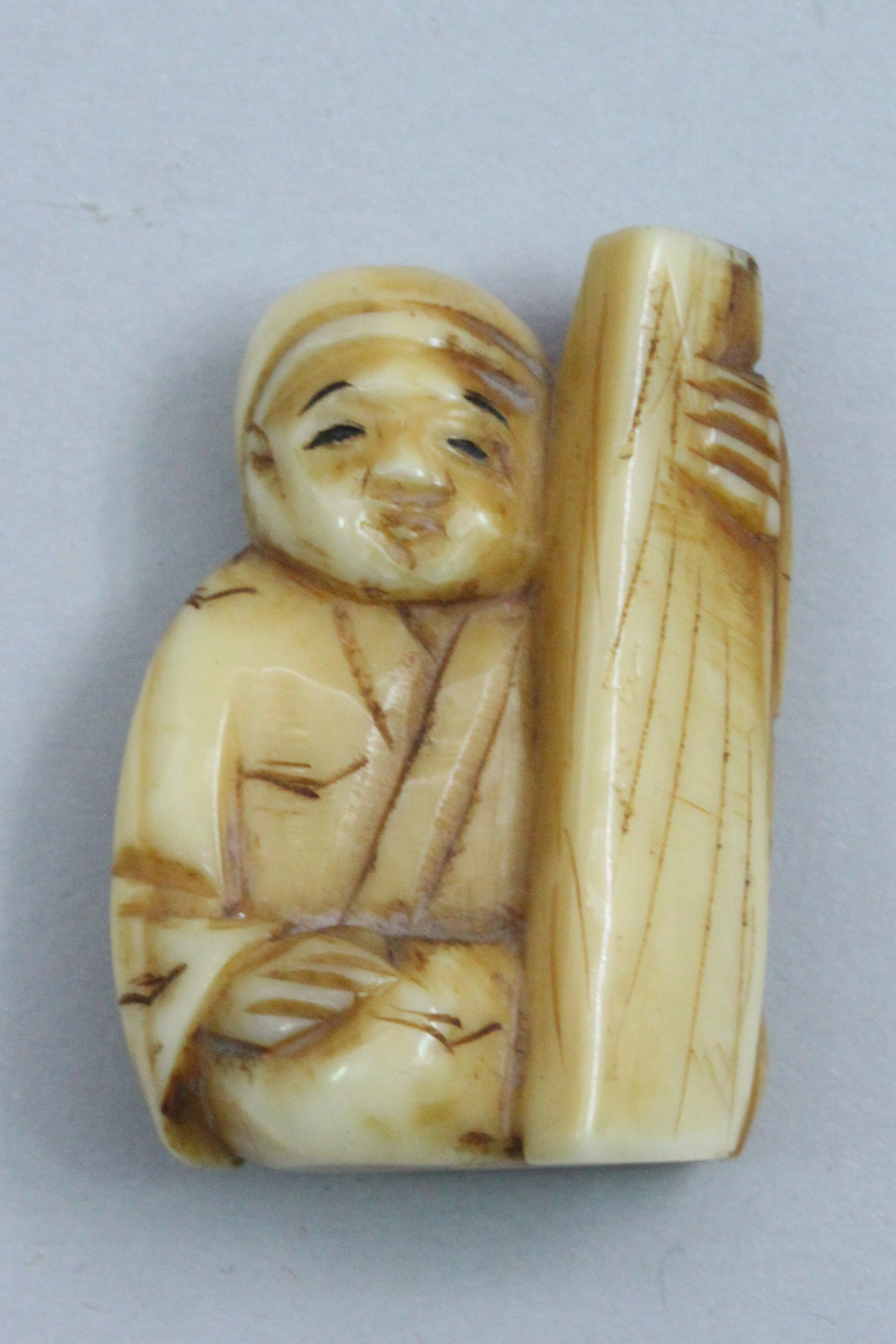
Chinese Bone Netsuke carving of a man holding a musical instrument, early C20th
Price: £25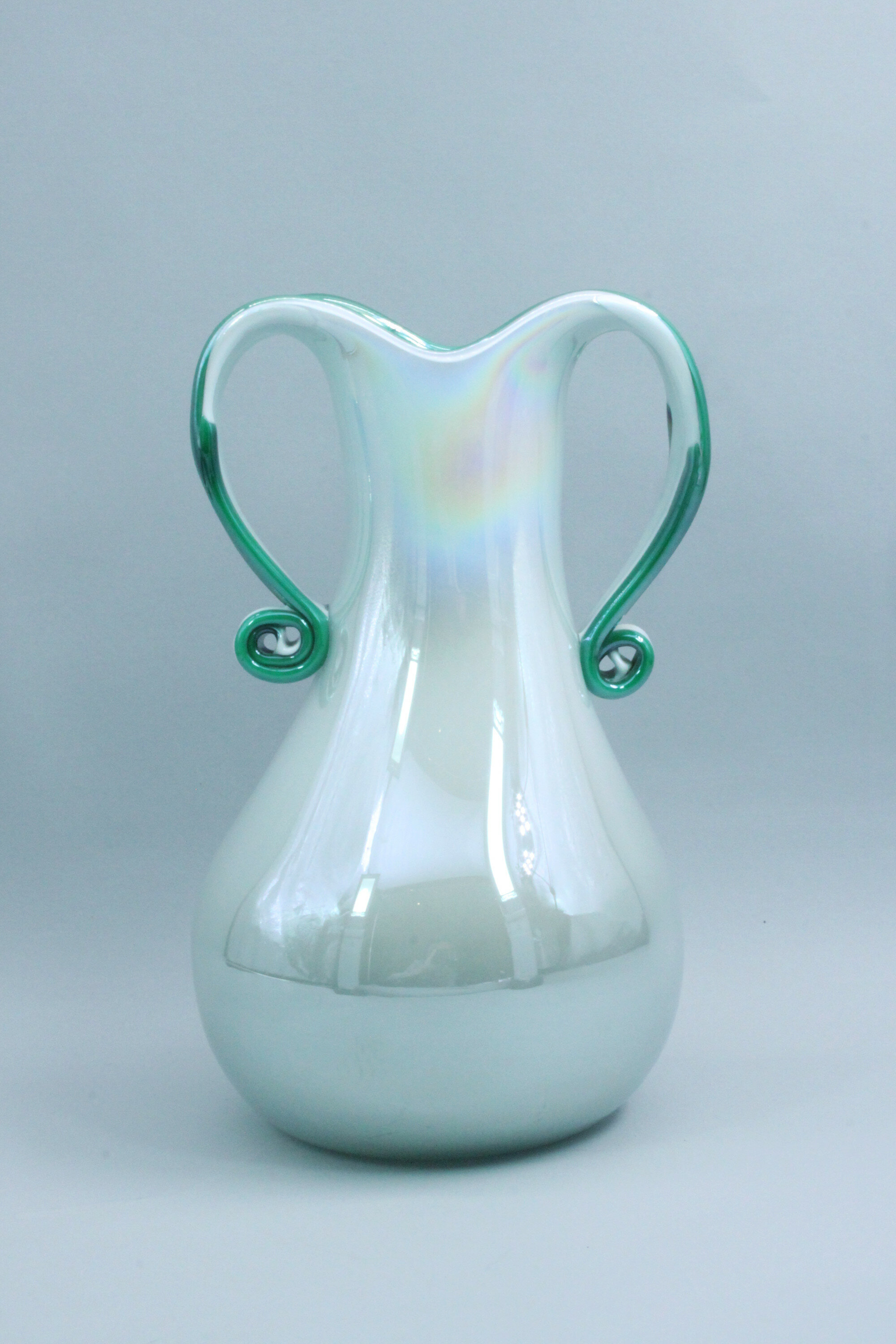
Iridescent art glass Vase with loop handles, possibly continental 1950s
Price: £45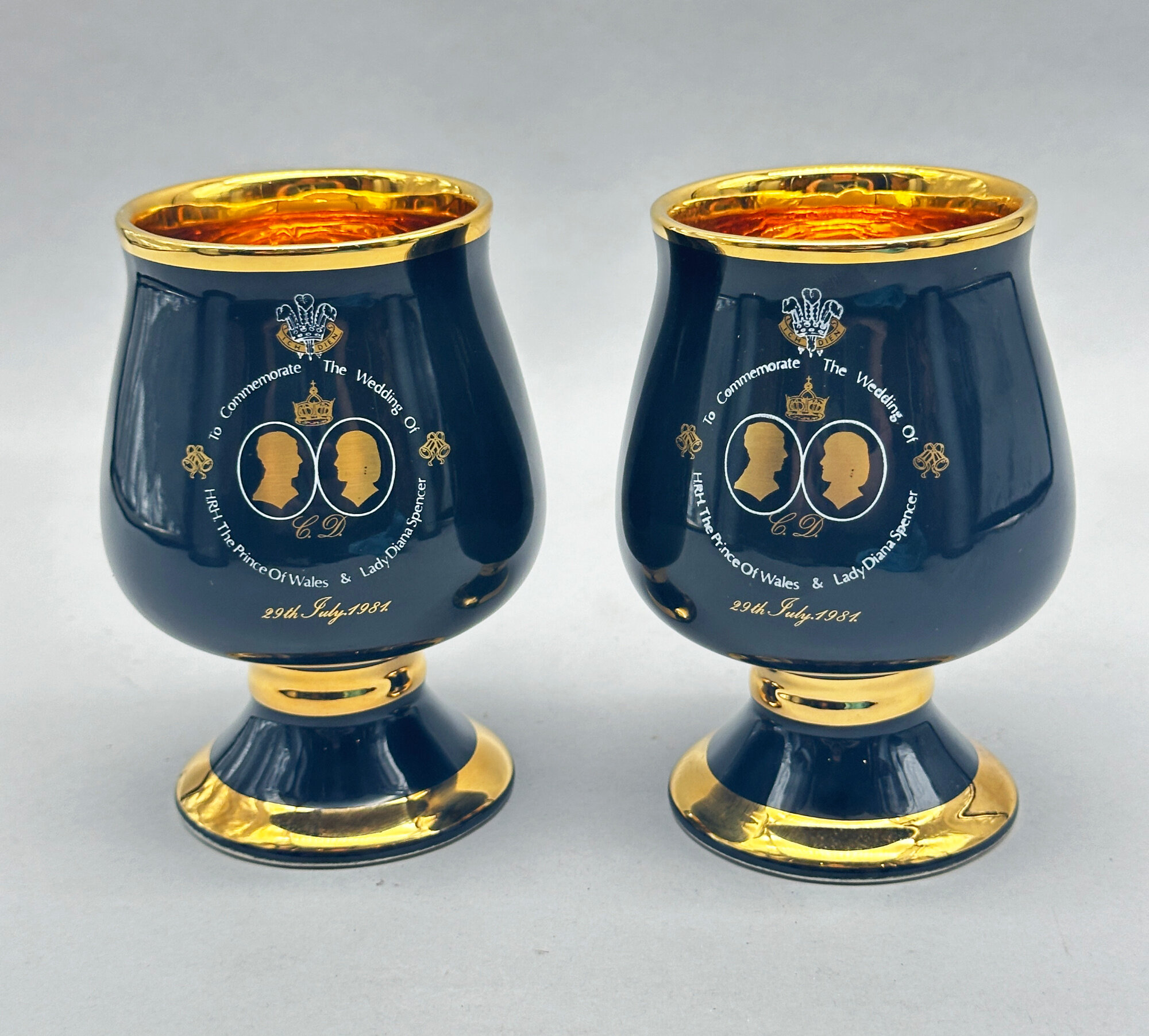
Pair of Ceramic Goblets : the Wedding of Prince Charles and Lady Diana Spencer in 1981
Price: £20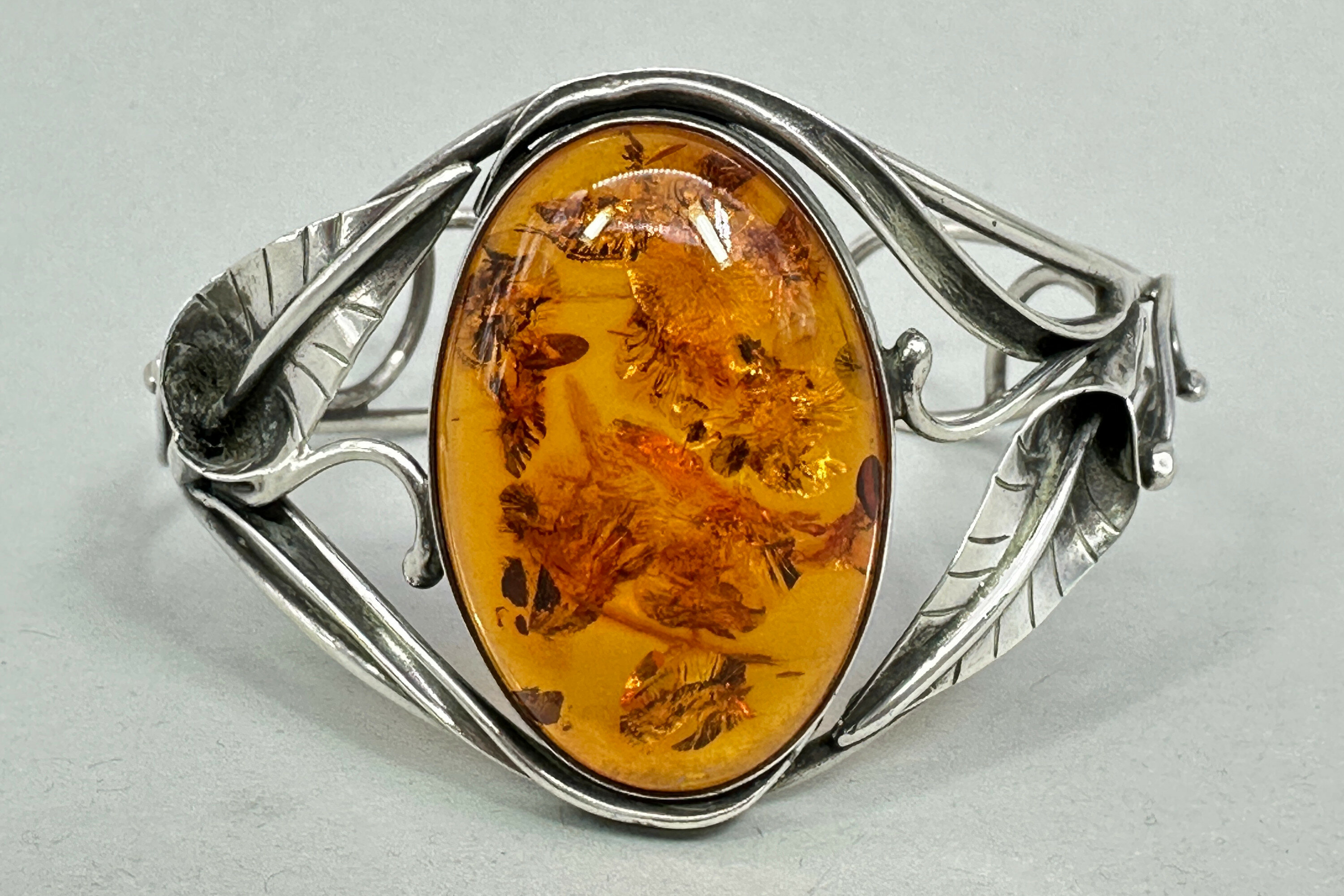
Large amber cabochon cuff Bracelet, c1970
Price: £95
Mods at Clacton 1964, Photograph by Terry Disney for the Daily Express
Price: £45It was, though, a newsworthy confrontation and press photographers were sent in to record events. The most notable of these was Terry Disney who worked for the Daily Express newspaper. Disney was a distinguished and prolific photographer from the 1960s onwards and many of his striking images survive, not least those capturing the major personalities of the entertainment world at the time, including the Beatles themselves. His images of the ‘mods’ (he seemed less interested in the ‘rockers’) capture the atmosphere of the scenes vividly and this photograph is an excellent example of his work on that Easter weekend (for another see image 5). Often only obtainable under licence, this print is an ideal opportunity for a collector to acquire a near iconic image. It is offered with a very basic frame which might well be replaced with something which would enhance the photograph more sympathetically.
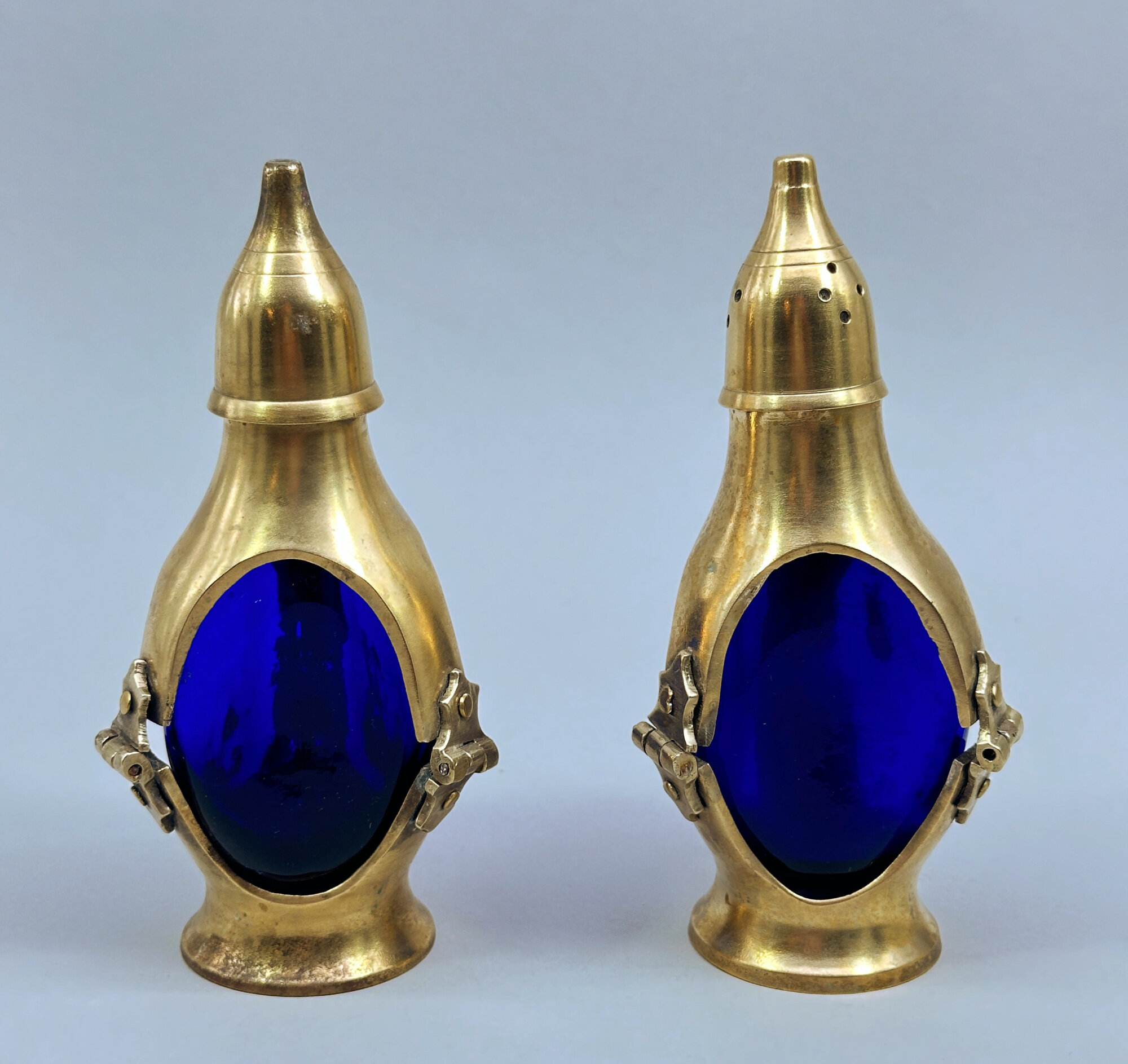
Arts and Crafts Brass and Cobalt Glass Salt and Pepper, early C20th
Price: £55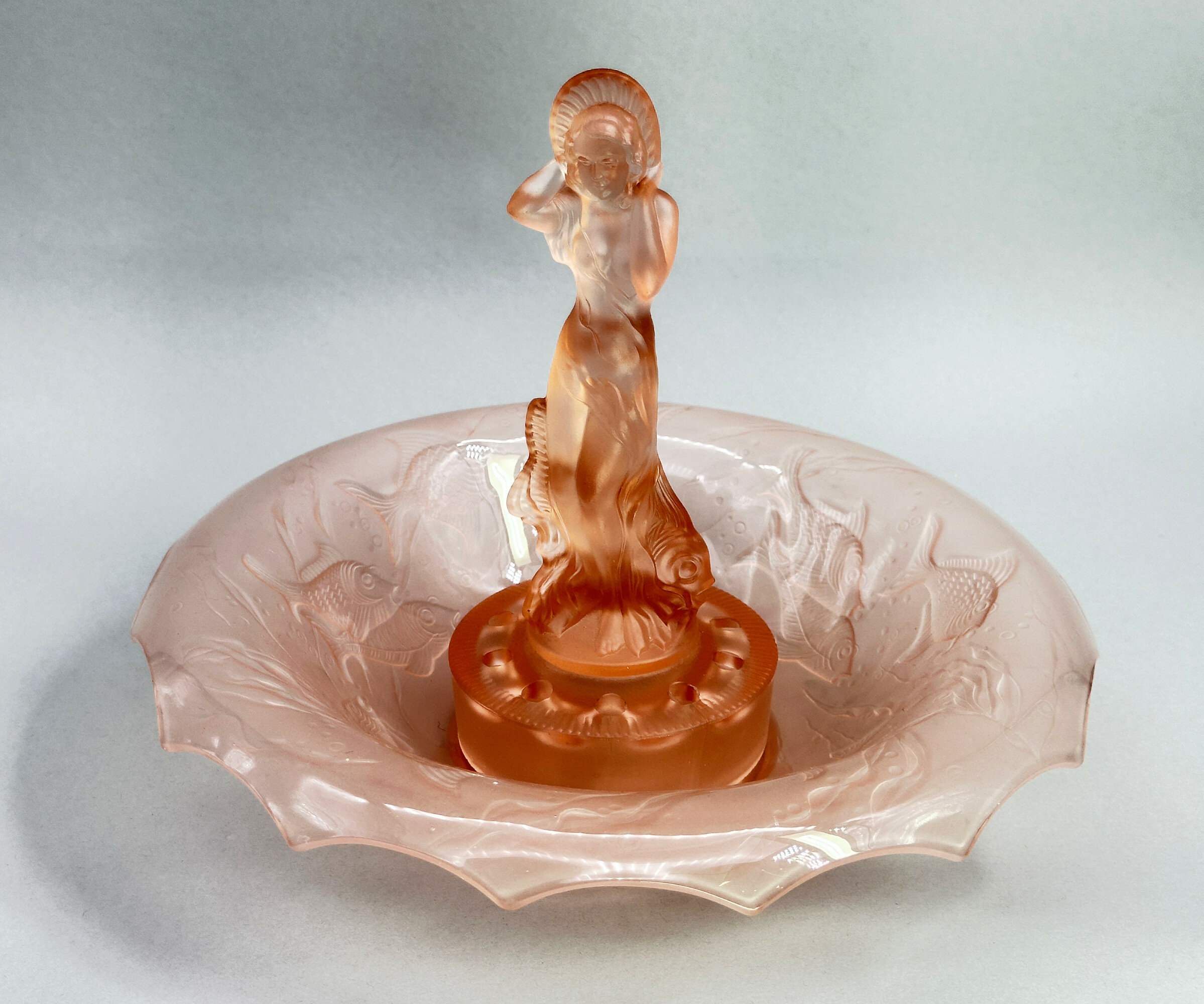
Pink Glass Centrepiece Set, Arabella, Walter and Sohne, 1930s
Price: £55The influence of Art Deco style of this piece is clear and it does indeed date to the 1930s. The model, termed ‘Arabella’ can apparently be seen in the 1934 catalogue of the German glass manufacturers Walther and Sohne, founded by August Walther in 1888 at Ottendorf-Akrilla near Dresden. In the 1930s the firm was famous for its Art Deco designs and also produced a version of ‘cloud glass’ which at one time was held to be exclusive to the English manufacturer Davidson. But some of the English glass makers also drew on their German rival’s work such that Walther and Sohne patented some of their designs in the UK in 1937, presumably to protect their work. This centrepiece set is a classic example of Walther and Sohne’s pre war productions and a distinctive example of Art Deco glassware.
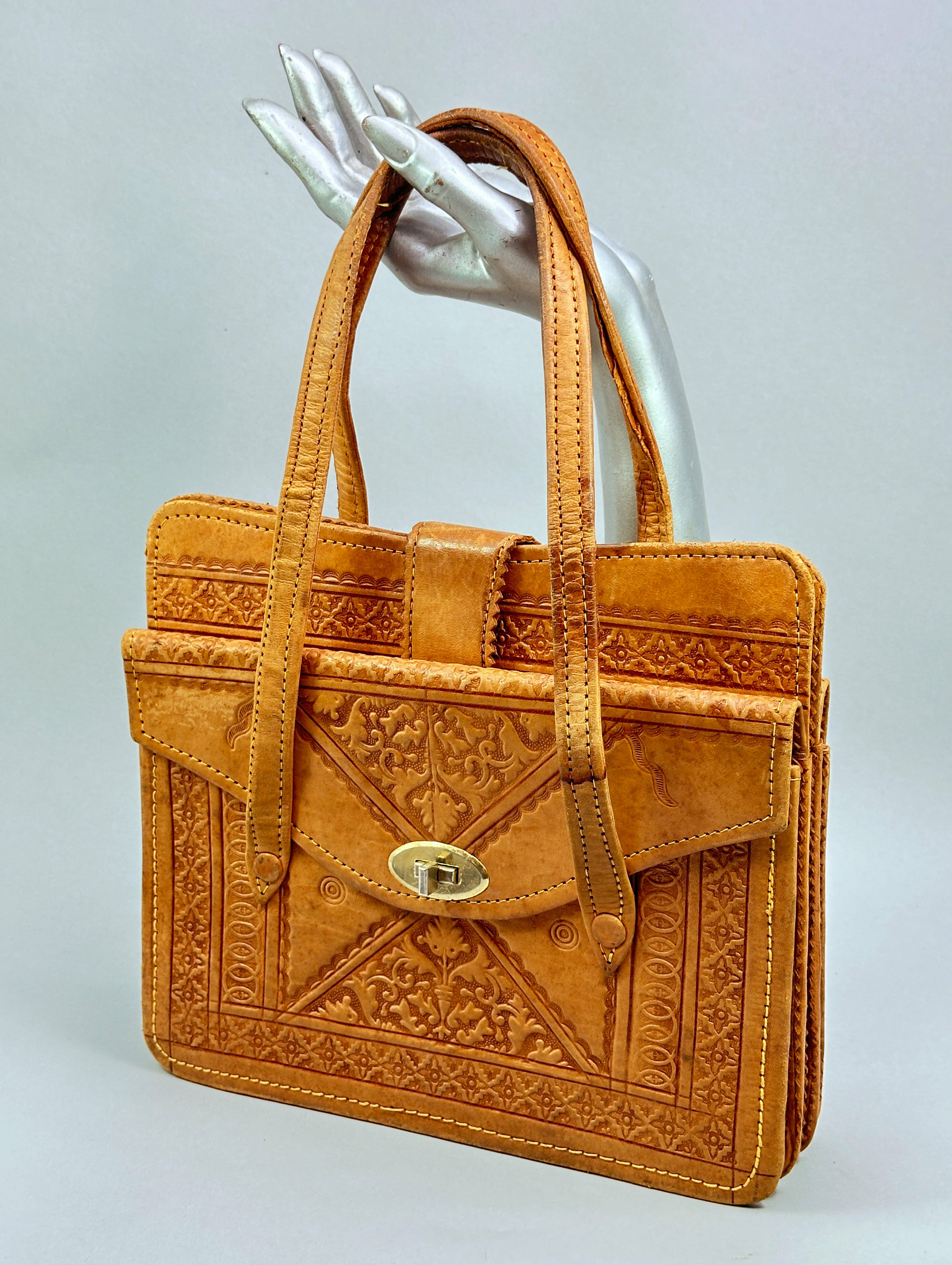
Moroccan tooled leather bag c1960
Price: £65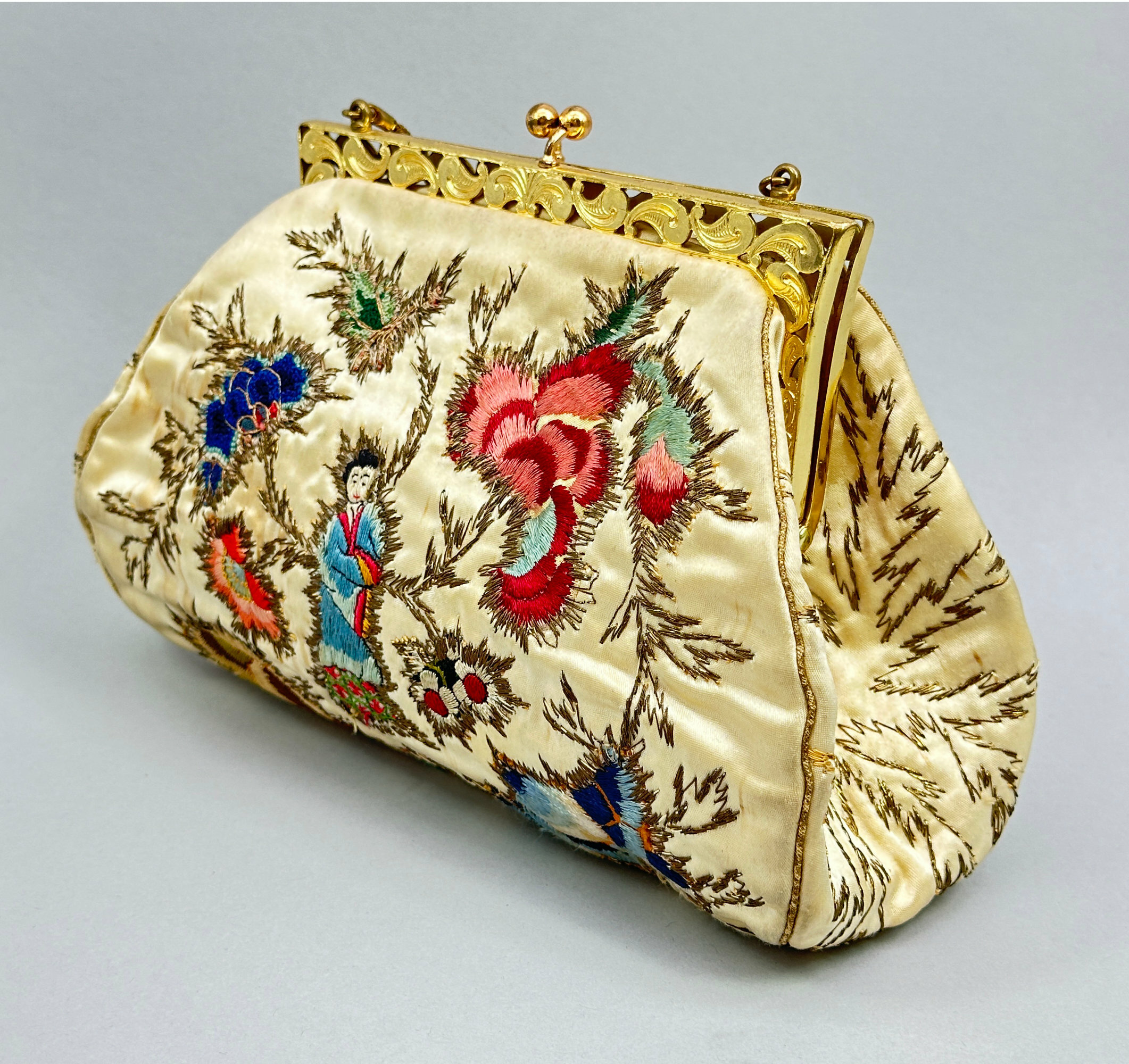
English silk handbag with embroidered Chinoiserie design c1950
Price: £95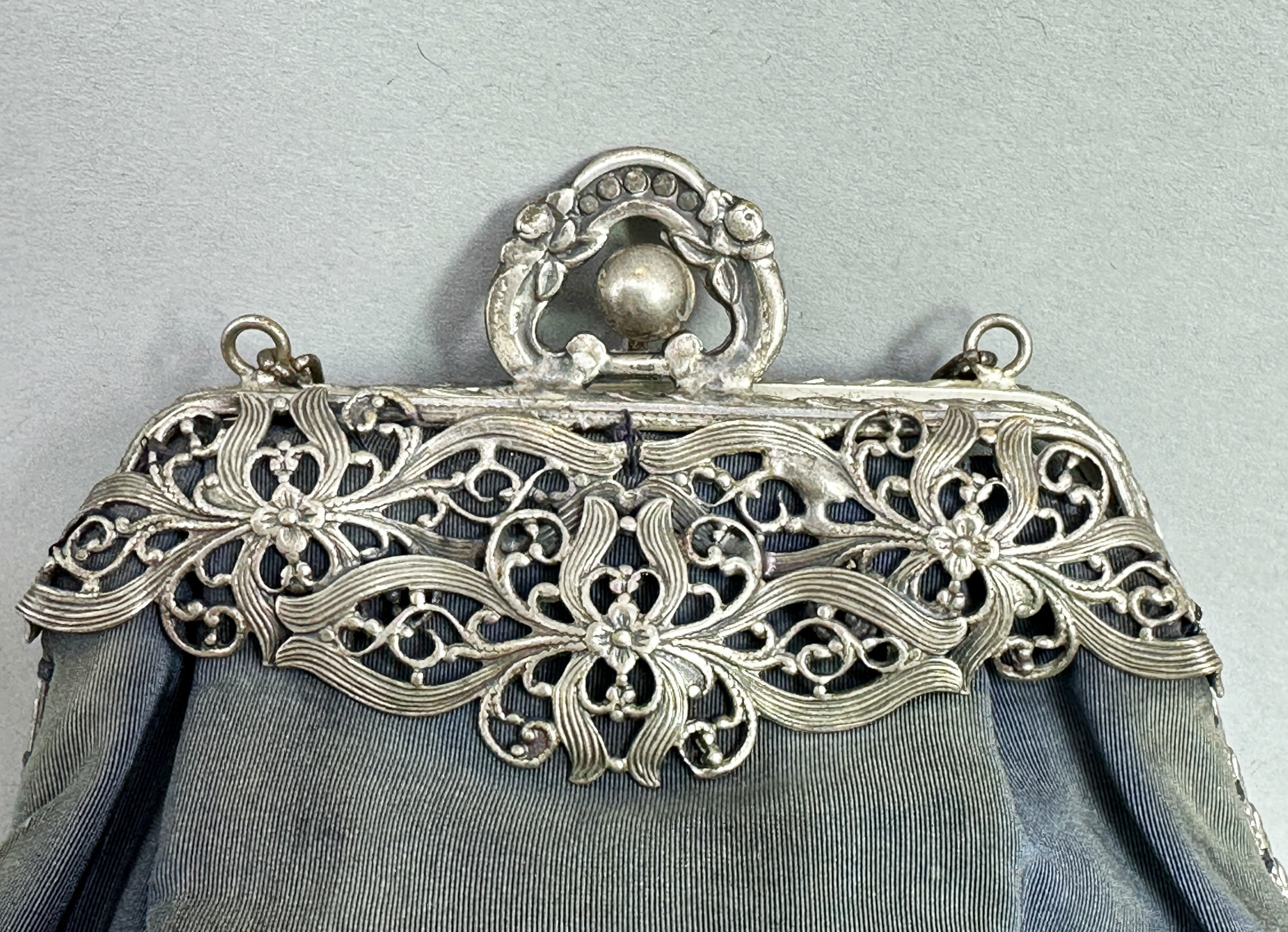
Victorian filigree style handbag c1900
Price: £25
Cup : the Silver Wedding Anniversary of Queen Elizabeth II and Prince Philip in 1972
Price: £25The Paragon China Company, formerly the Star China Company (see Lot XX), produced high quality gift items from 1920 to 1971, at first independently and then in alliance with other companies, finally being absorbed by Royal Doulton in 1972 who kept the ‘Paragon’ name until 1991. Commemorative wares were a speciality and this cup is a fine and typical example.
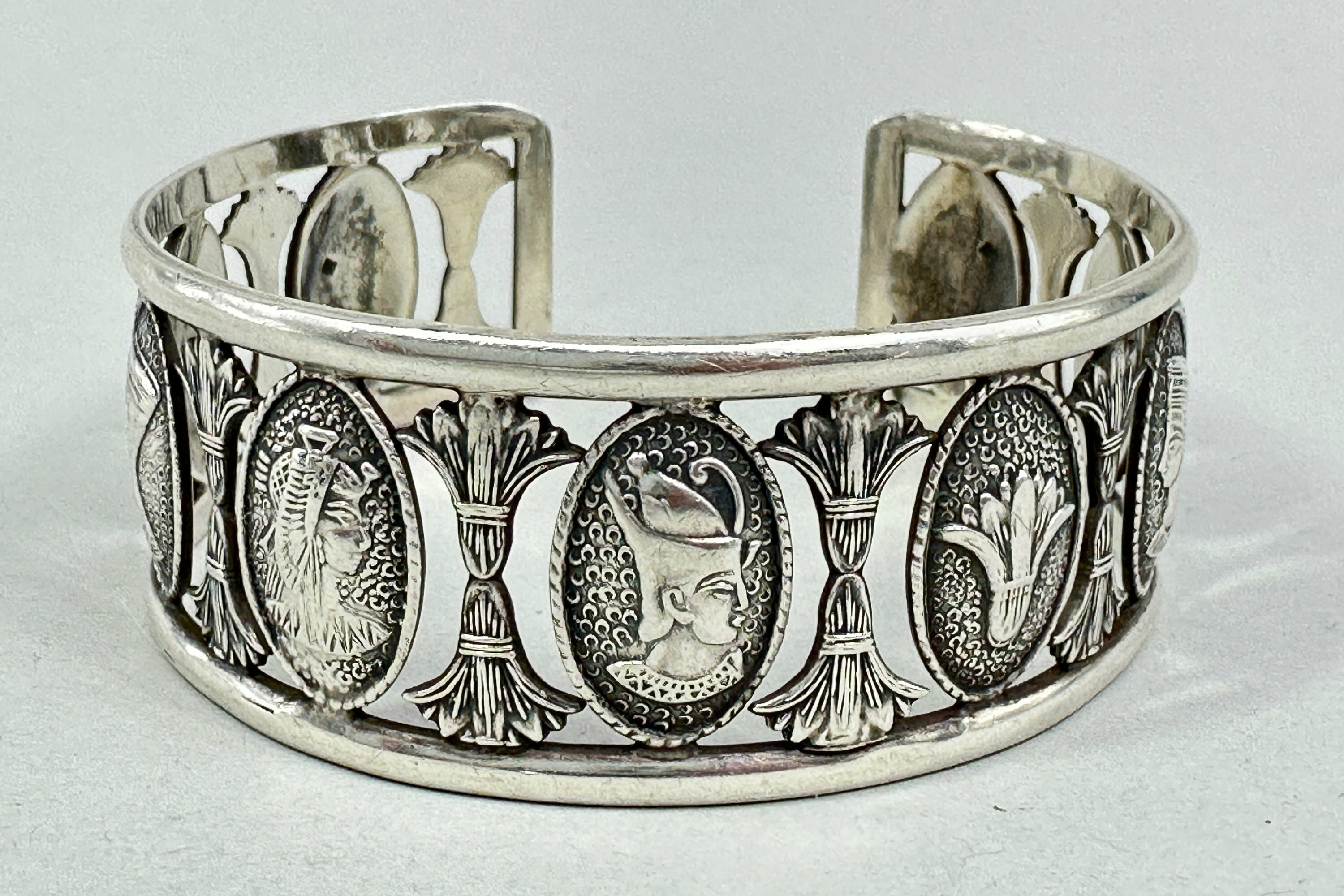
Egyptian silver cuff bangle with portait plaques of Pharoahs
Price: £85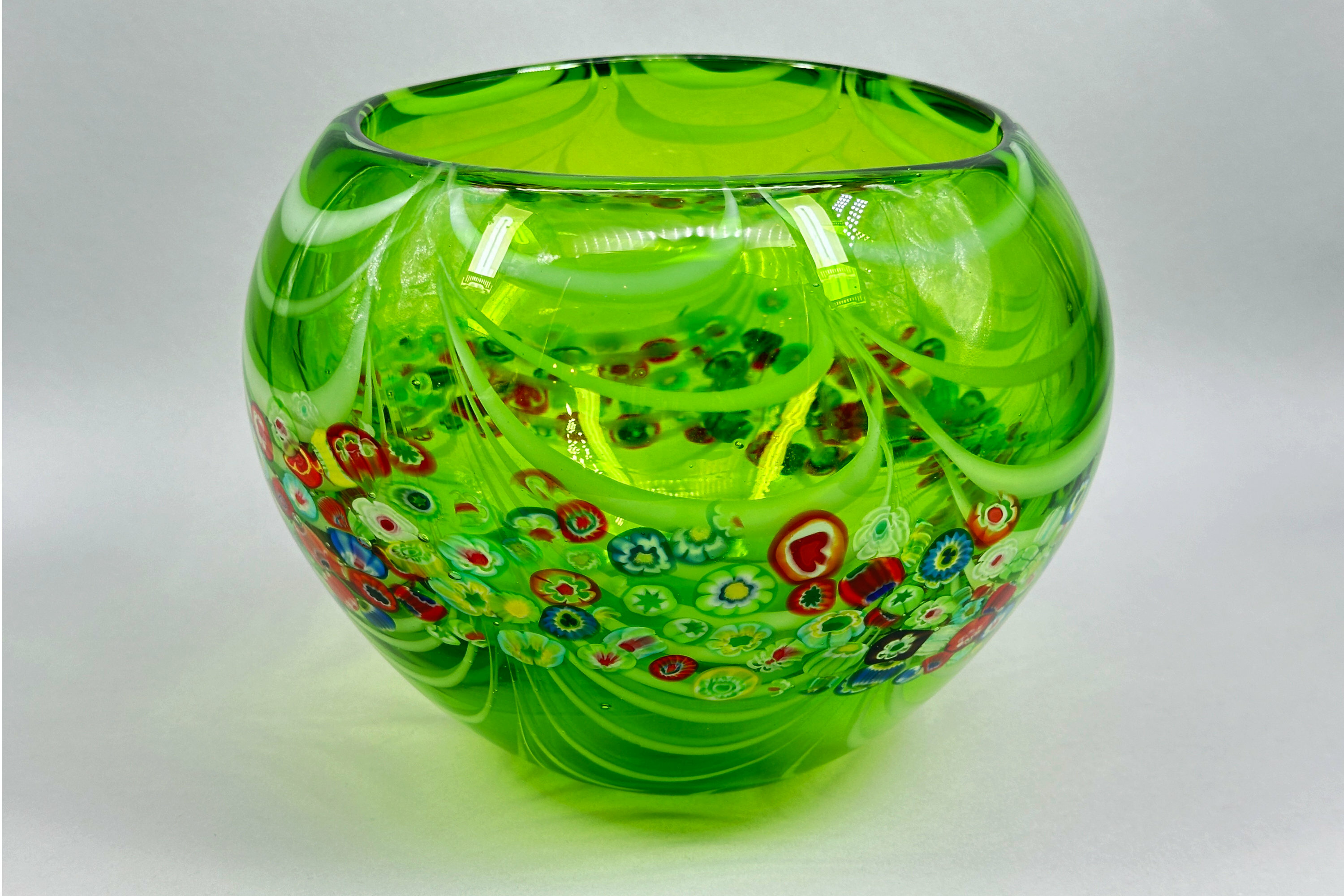
Green Murano Millefiori Latticino Glass Bowl, 1960s
Price: £150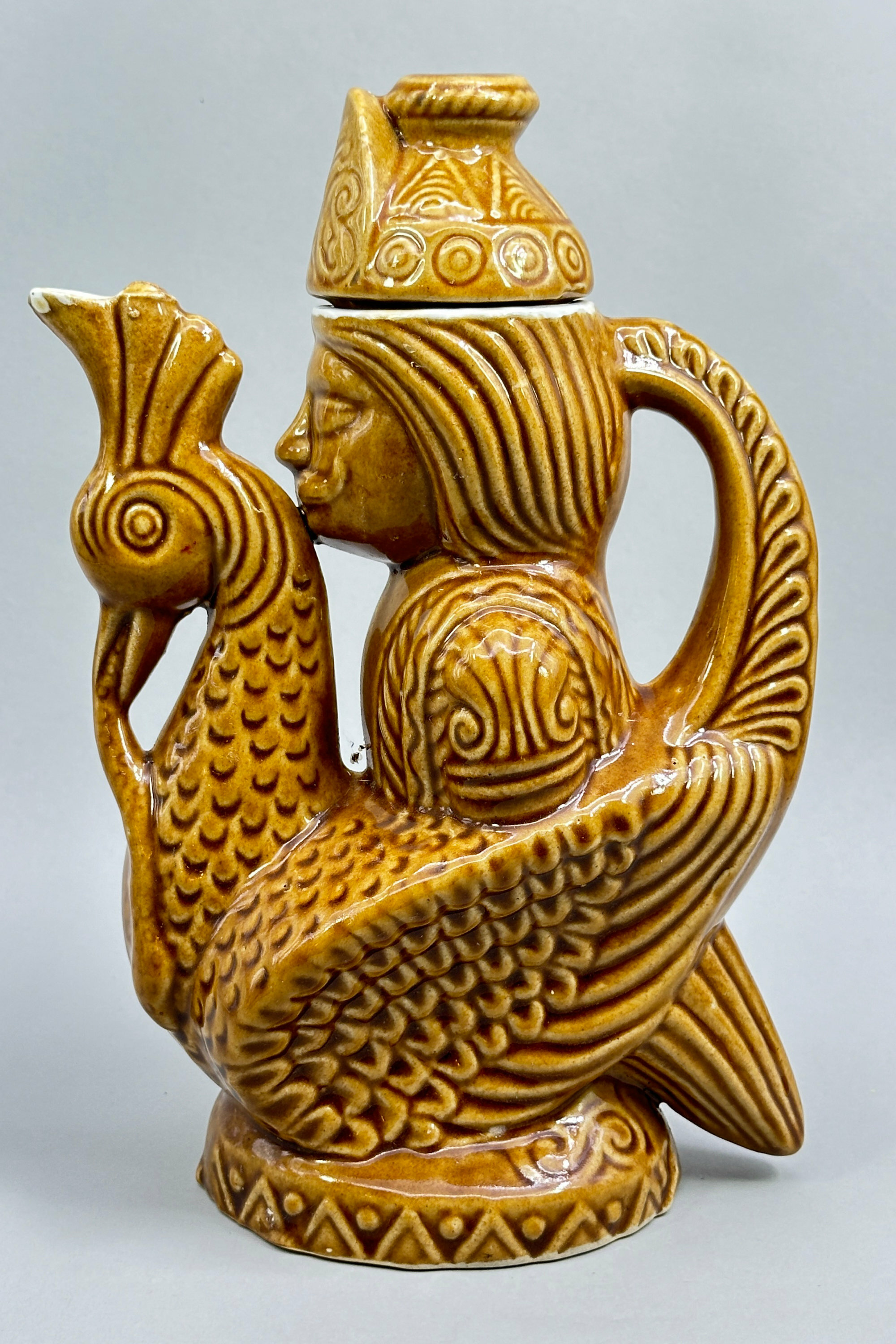
Bird form ewer with cover, possibly Russian c1960
Price: £45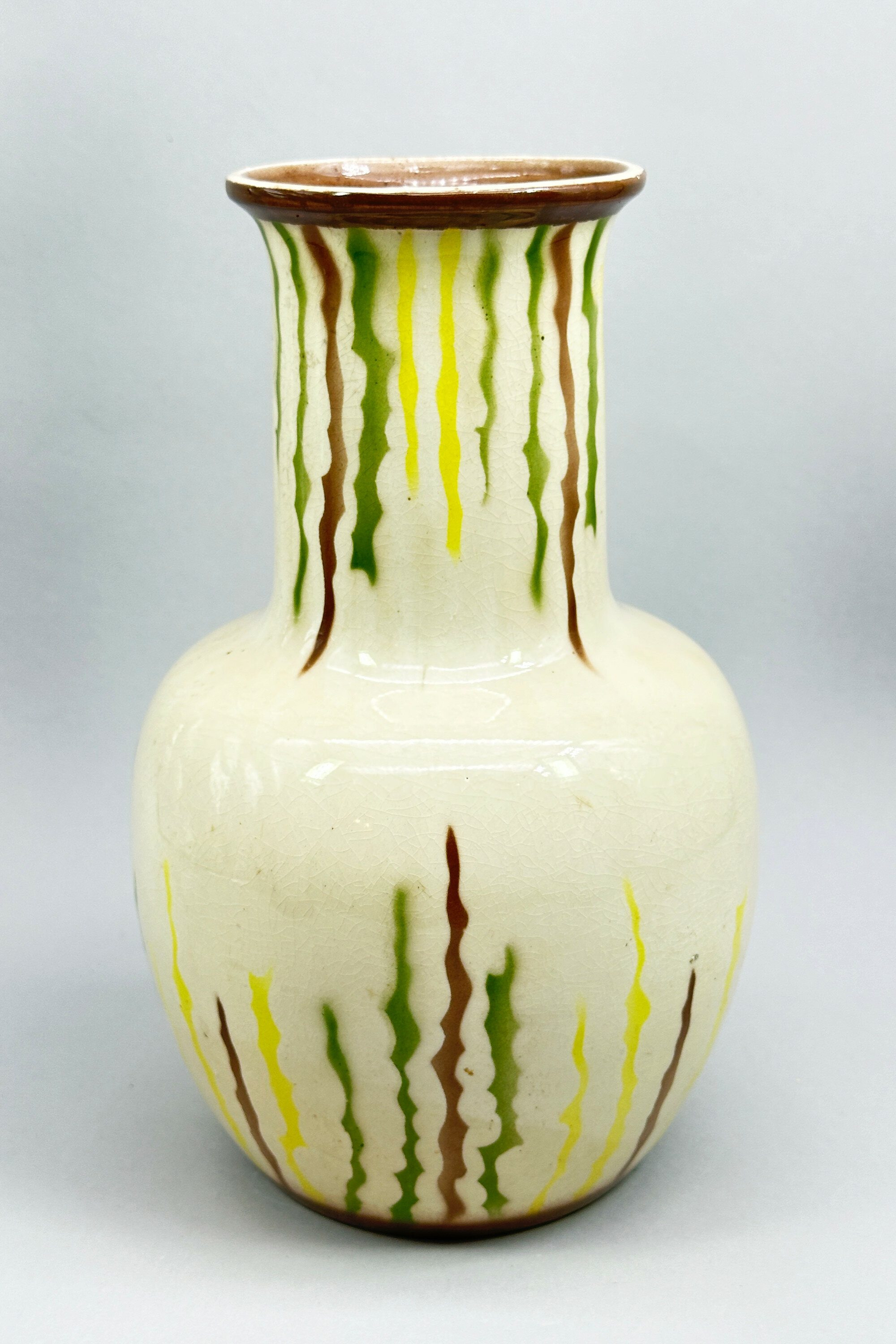
Art Deco style Vase signed E.Radford, mid C20th
Price: £75There were, in fact, two craftsmen working in the C20th British pottery industry with the name Edward Radford, father and son. Radford senior worked for Pilkington’s Royal Lancastrian Pottery in Manchester from 1903 until his retirement in 1936, acting as their main thrower. Radford junior joined his Father in 1905, but the First World War intervened, in which he won a Military Cross for his actions at Passchendaele in 1917 and afterwards he settled in Stoke on Trent, the heart of Britain’s pottery industry. An association developed with H.J.Wood’s Alexandra Pottery in Burslem who produced a range of wares bearing his name in the 1930s, although Radford himself may have acted as more a salesman than the designer. Production continued after the war and even after Radford’s retirement in 1948. The form of mark used here implies the later dating but may have been used earlier. The impressed figures indicate model number. Even if this vase is post war, the style is emphatically that of pre war Art Deco period with the simple lines of the form accompanied by semi abstract decoration vaguely reminiscent of Clarice Cliff combining to produce a piece of timeless attraction.
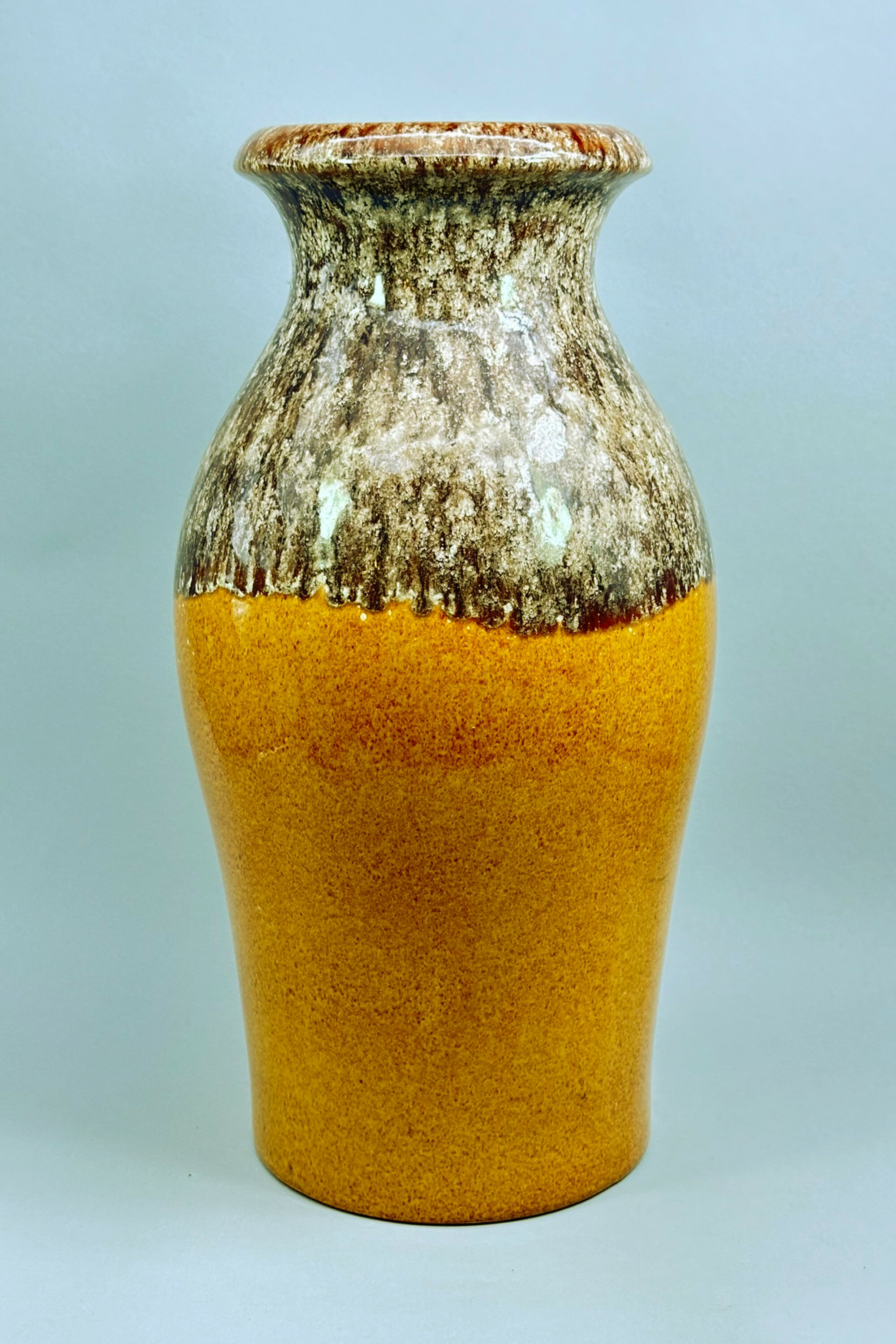
West German ceramic Vase, Scheurich, No 290-40, 1960s
Price: £55Although not marked as such, this vase has all the hallmarks of the firm Scheurich Keramik which started production in 1954, rather later than most of its competitors, but soon became the largest producer of commercial art pottery in Germany. Their pieces rarely carried the factory name but usually the model number followed by the height in centimetres with ‘W.Germany’ below, as here. Scheurich were well known for producing a wide variety of pieces with variegated, almost experimental glazes and this vase is yet another successful example of their work, the simple lines of form combining with a more austere selection of glaze effects than found in some of their other pieces. Dating is to the 1960s.
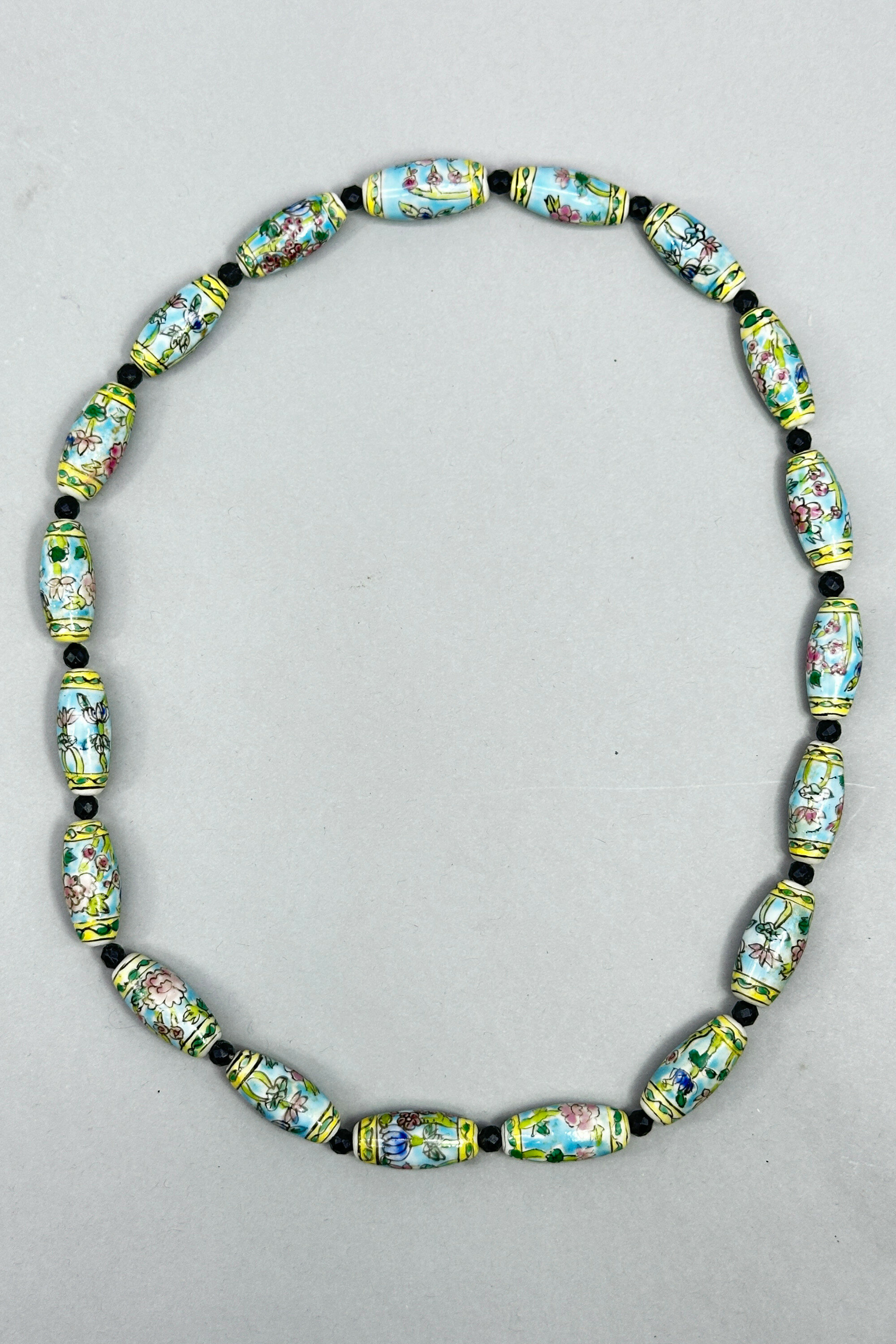
Strand of Chinese ceramic beads c1950
Price: £25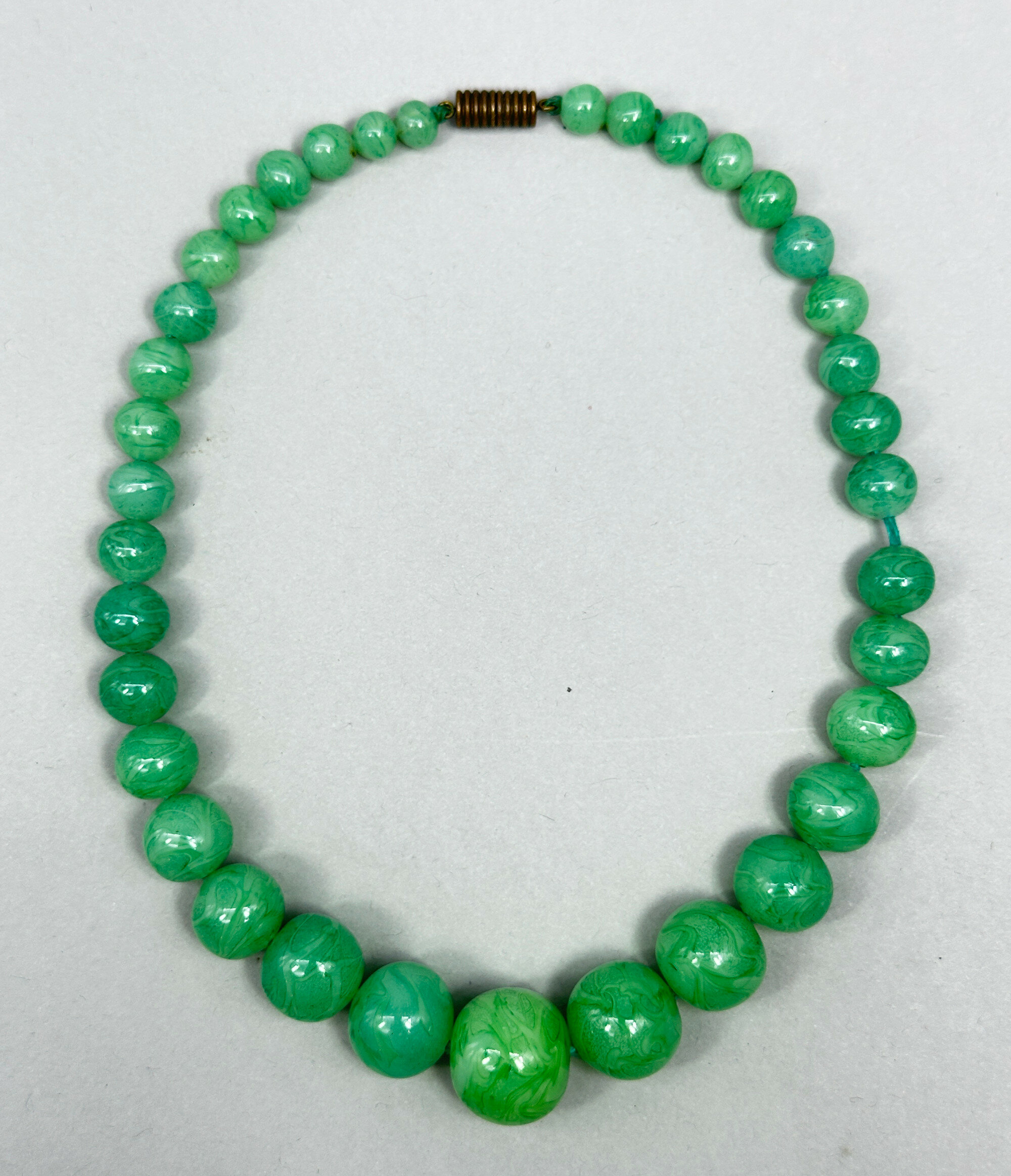
Strand of large Peking glass beads c1920
Price: £25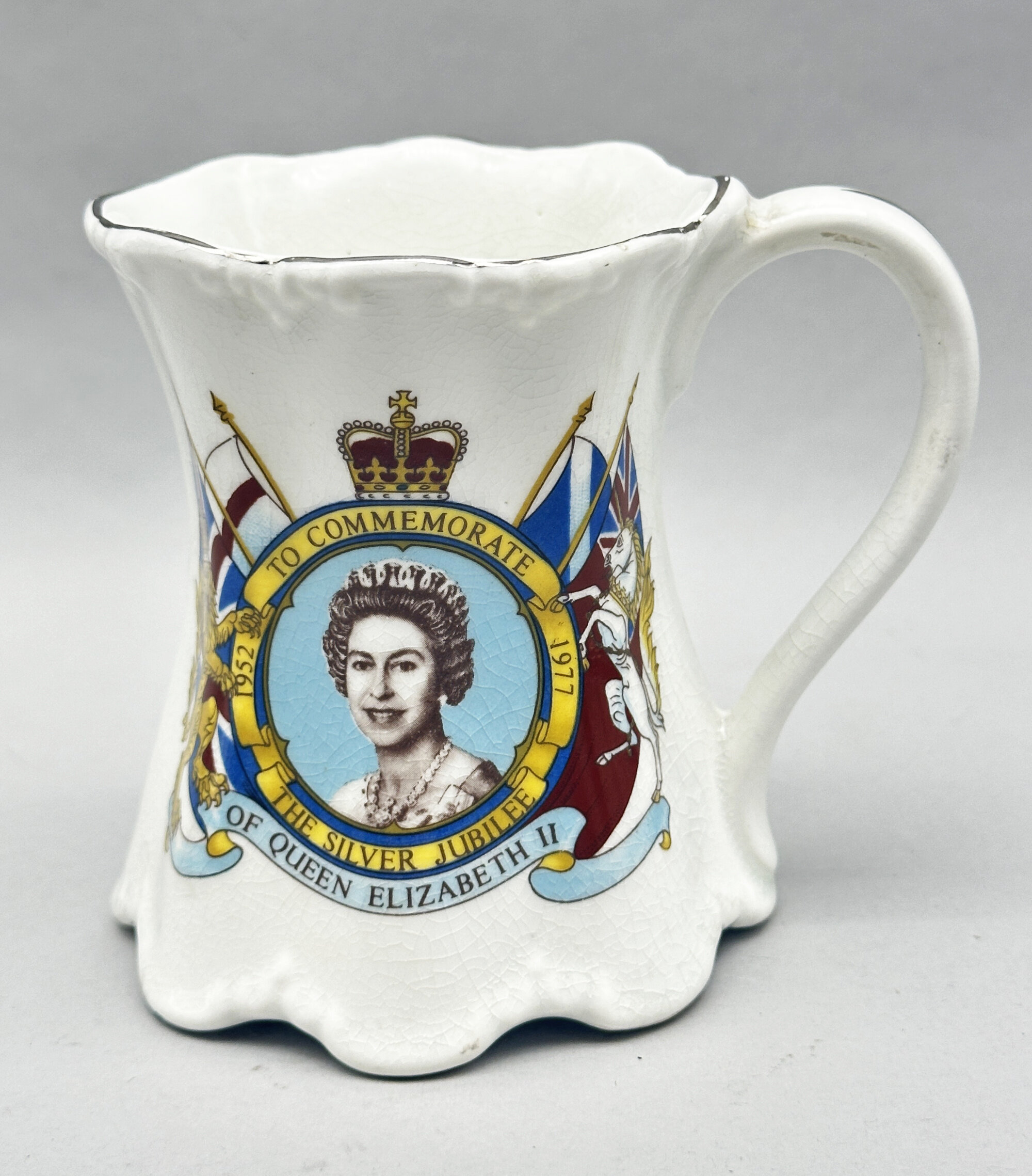
Queen Elizabeth II Silver Jubilee China Mug, 1977
Price: £10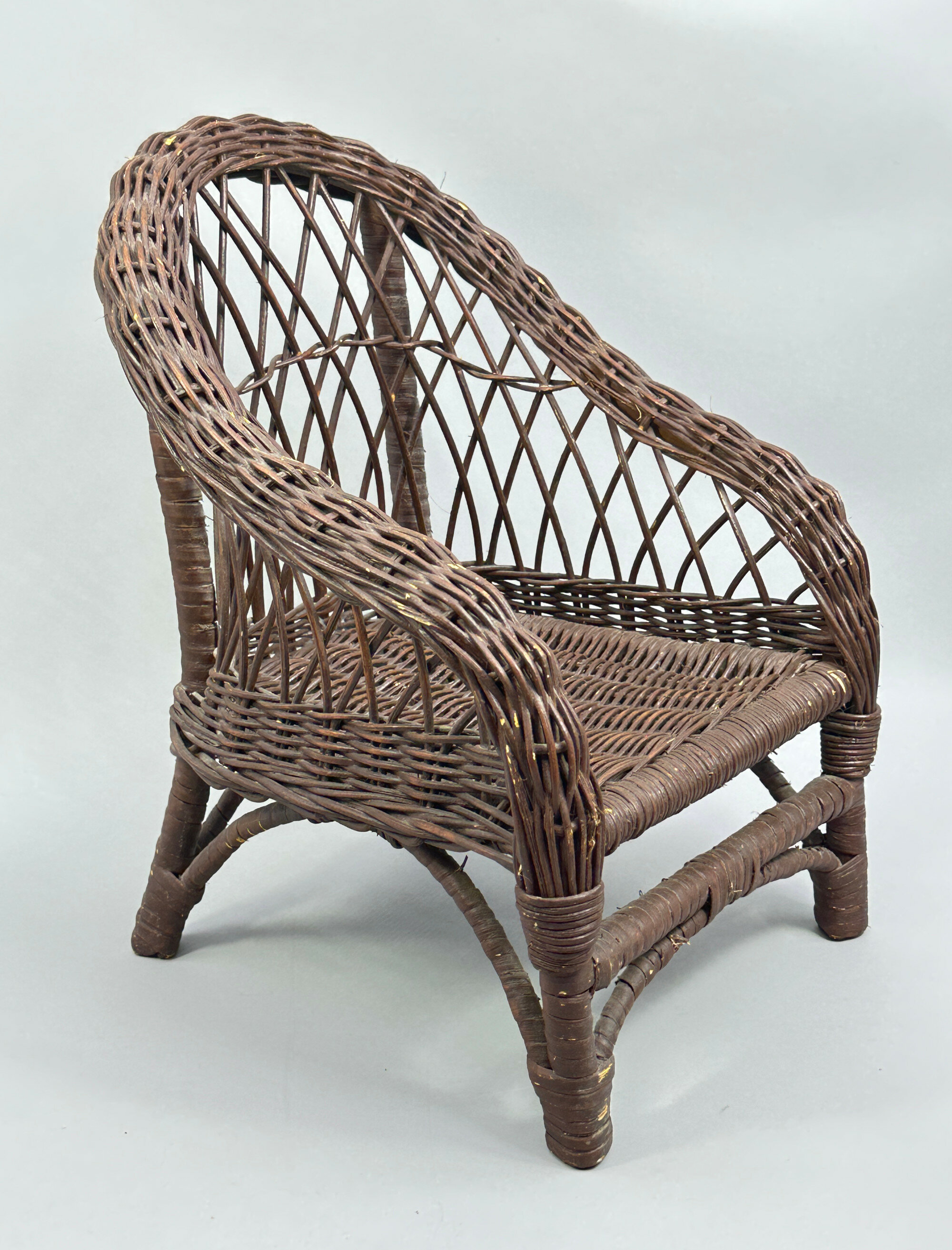
Toy Wicker Chair, mid C20th
Price: £35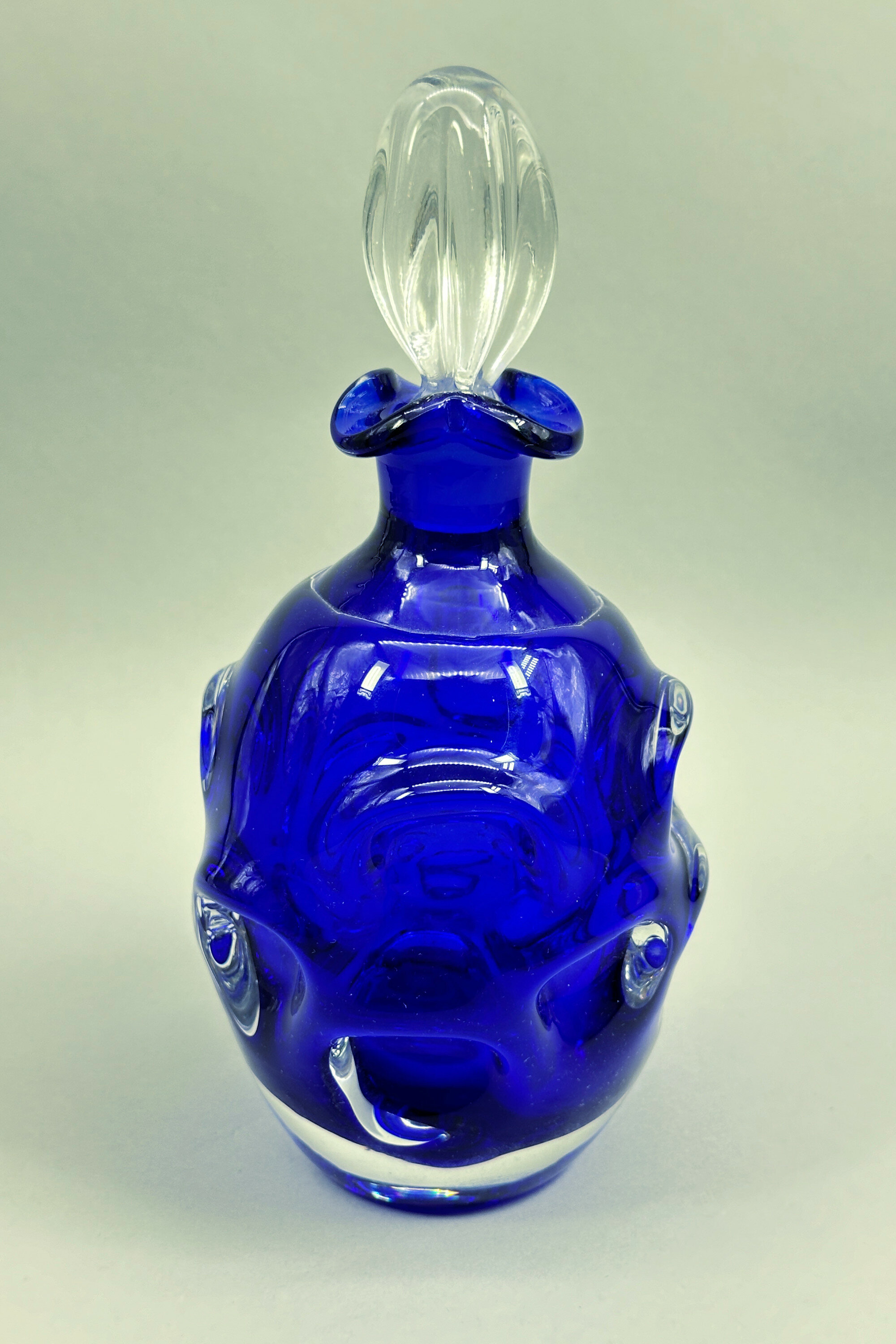
Aseda Glasbruk Blue Glass Bottle and Stopper by Bo Borgstrom, 1960s
Price: £55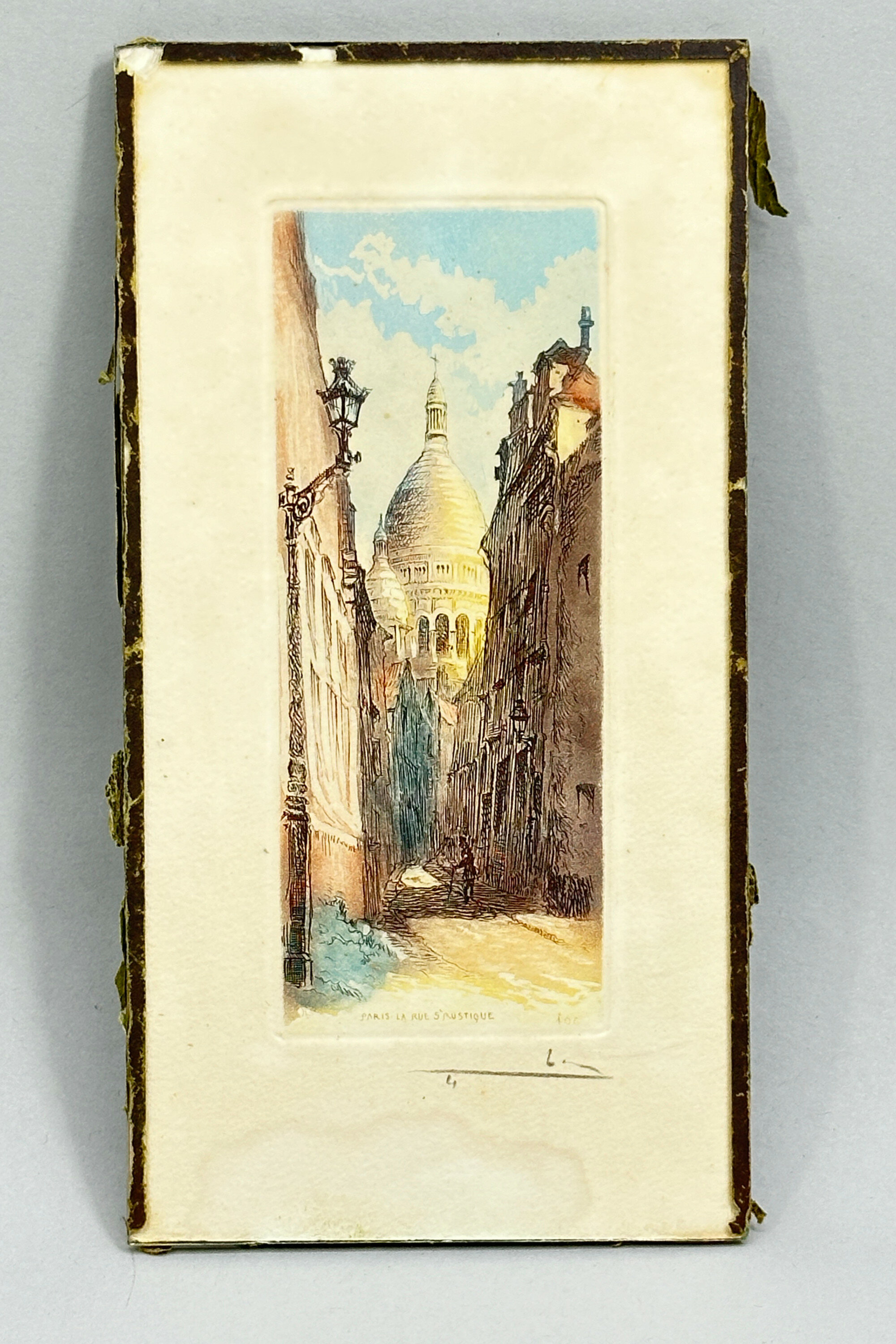
French Orientalist etching aquatint - Paris La Rue Saint Rustique
Price: £35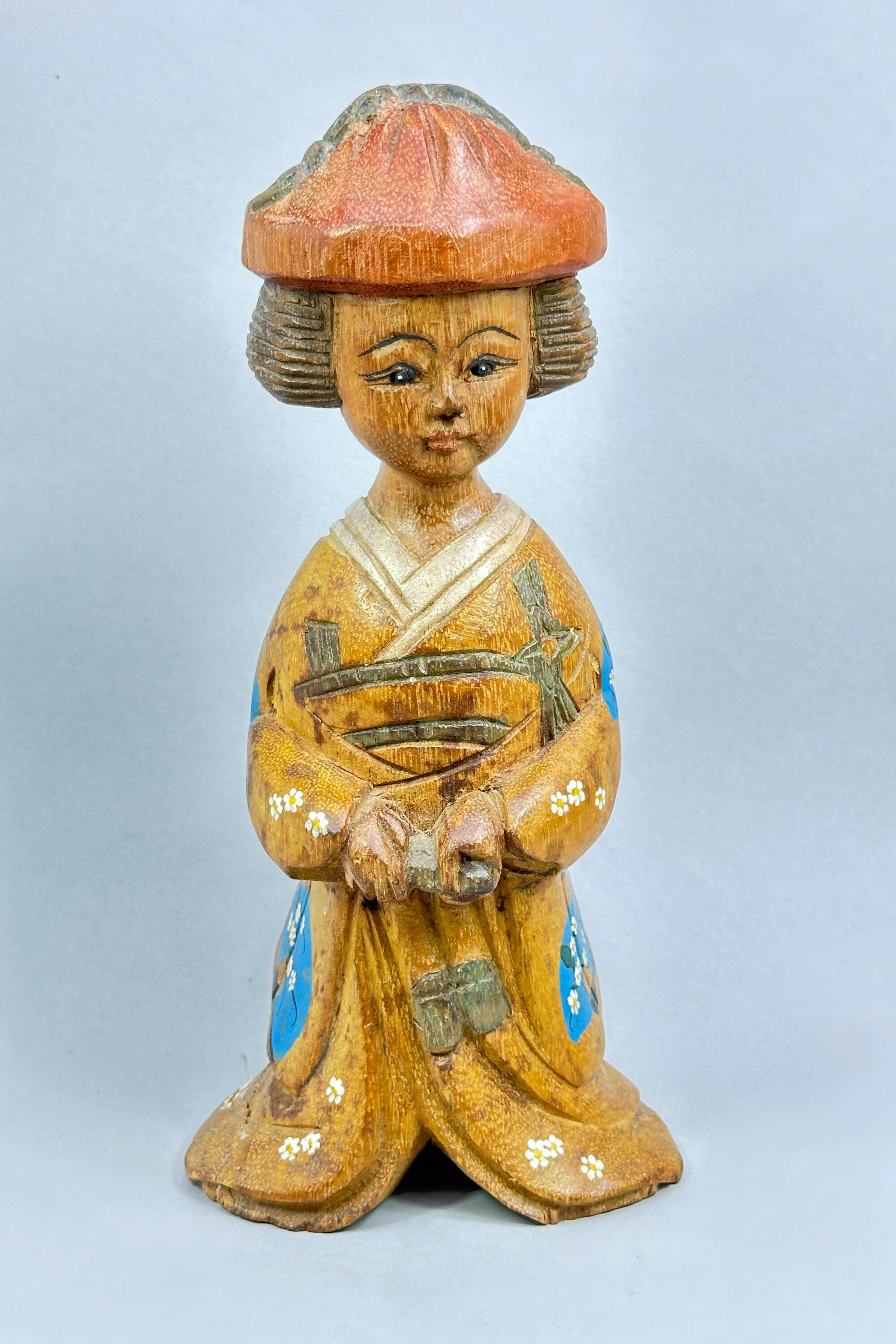
Japanese Carved Wood Figure of a Young girl, Kokeshi doll style, C20th
Price: £45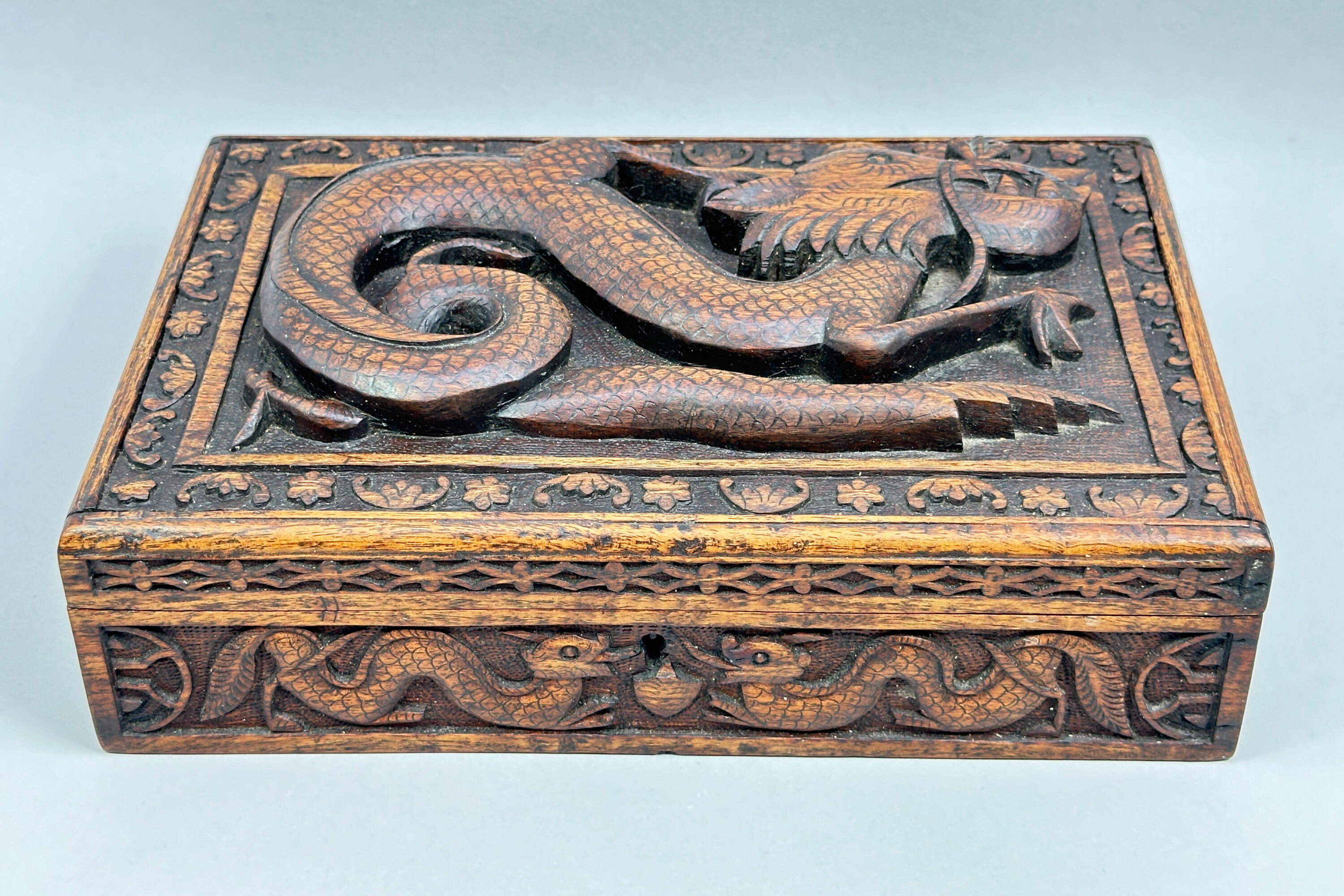
Chinese carved wood Box decorated Dragons, early C20th
Price: £150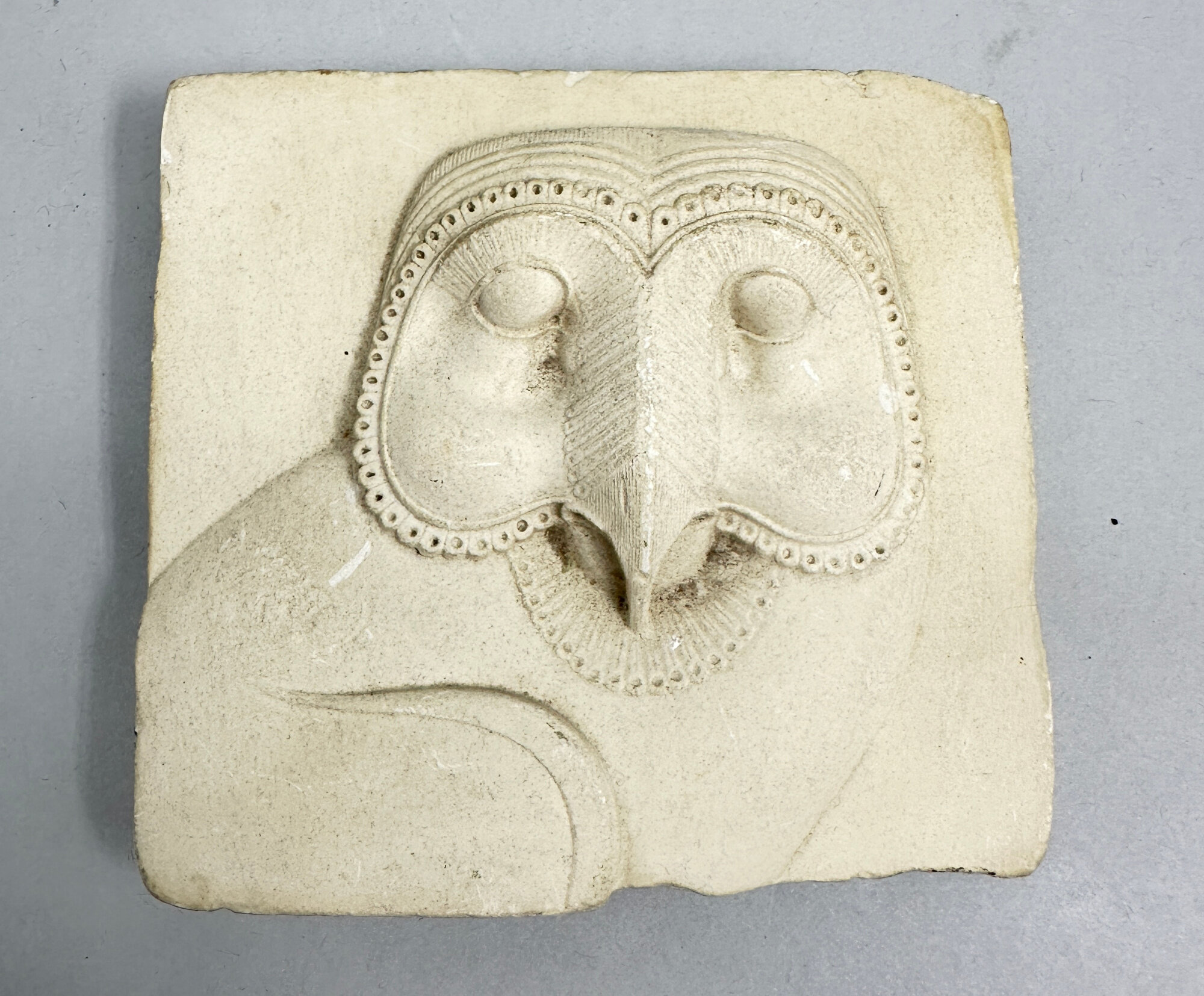
Metropolitan Museum of Art Egyptian Hieroglyphic wall plaque c2000
Price: £20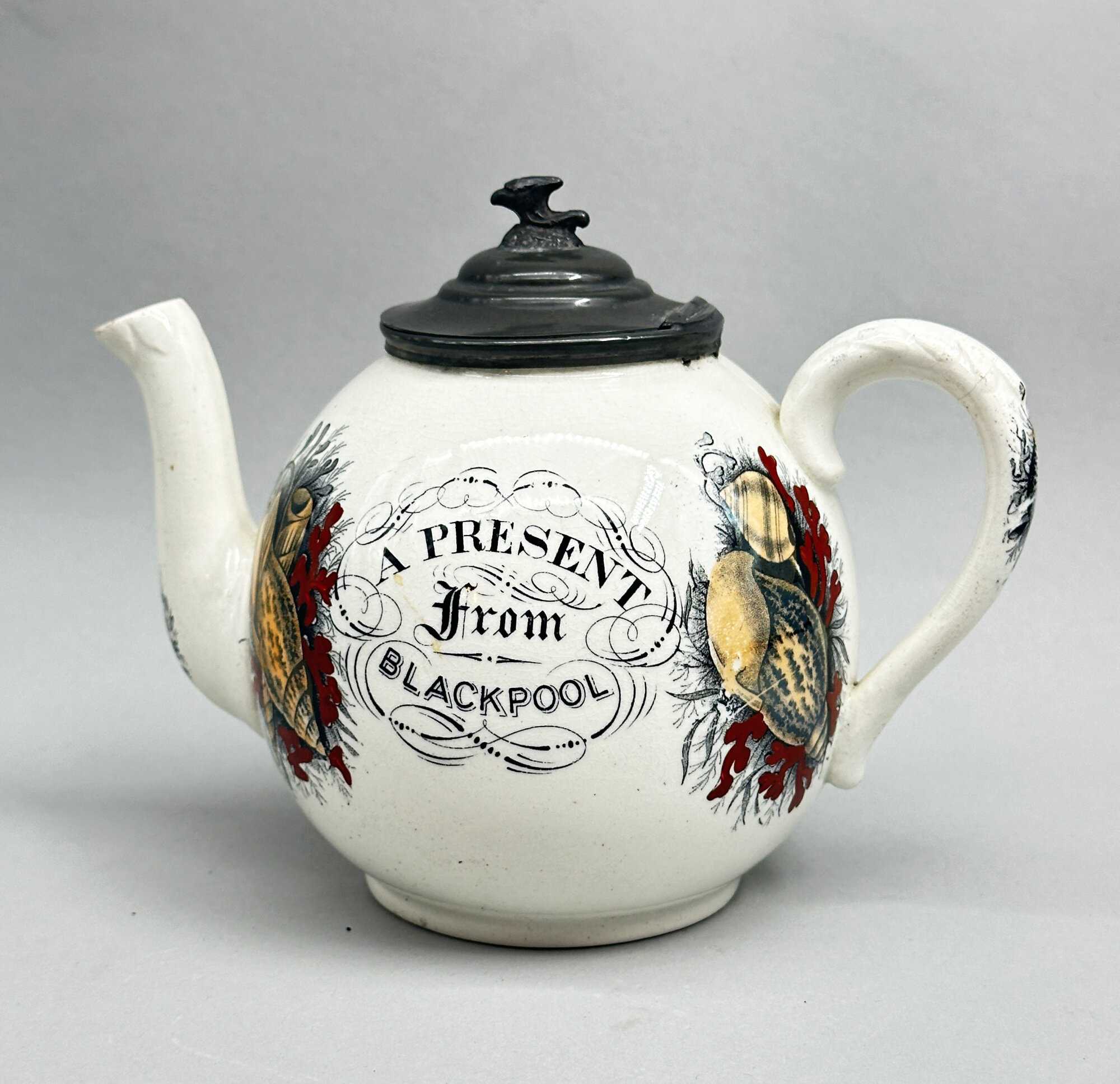
Blackpool souvenir teapot c1920
Price: £35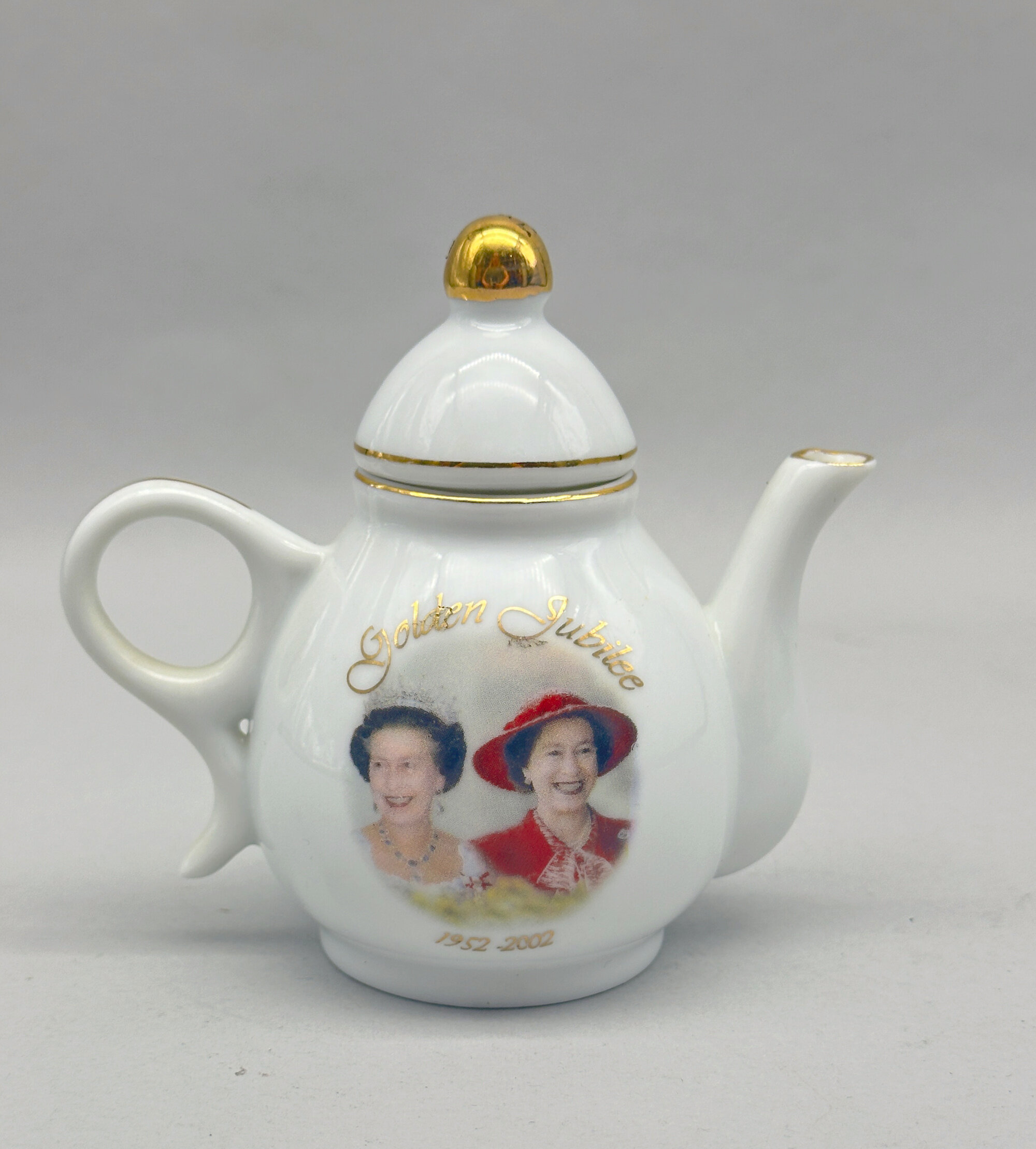
Teapot and Cover : Golden Jubilee Queen Elizabeth II, 2002
Price: £10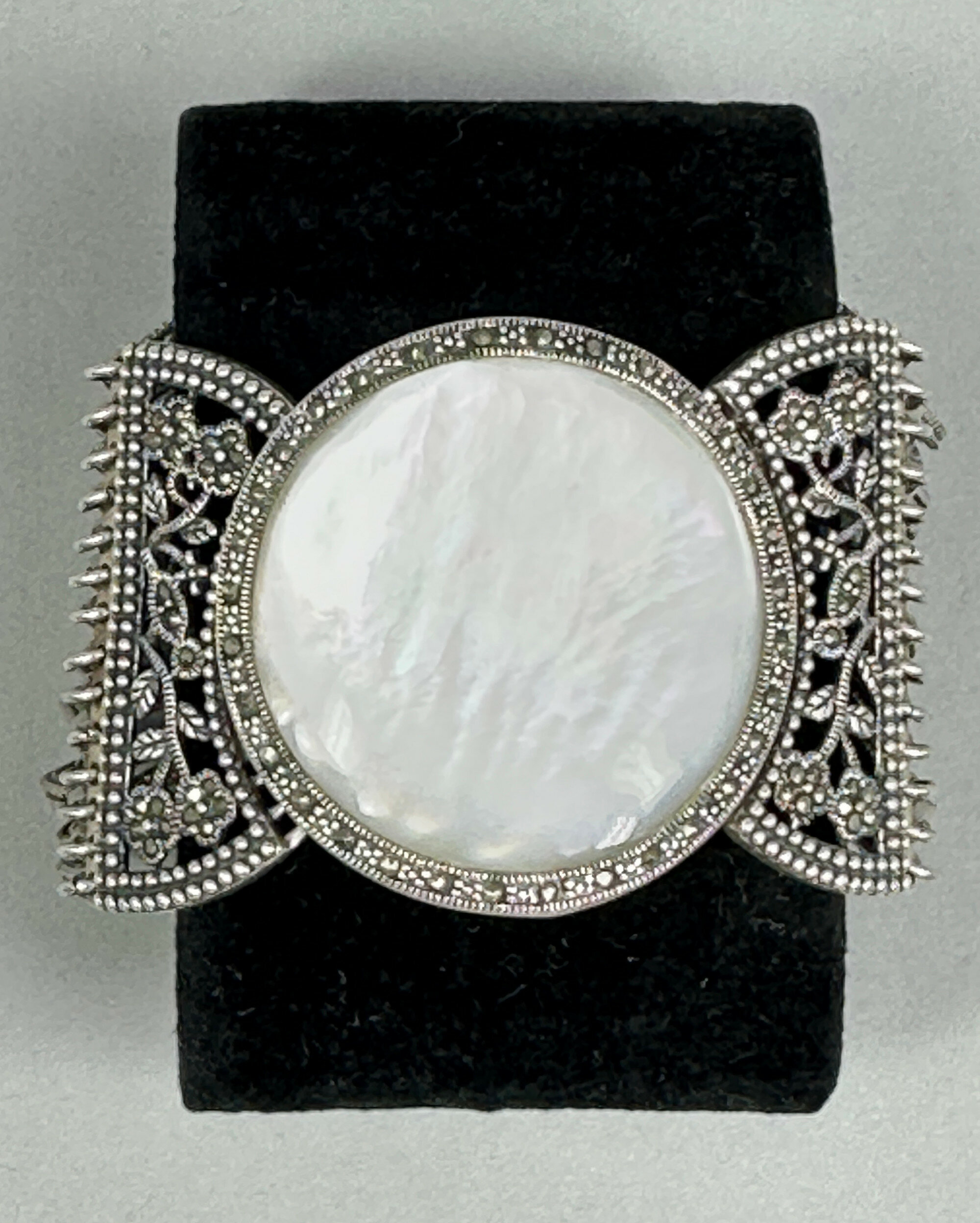
Victorian style Bracelet in Mother of Pearl and Silver, modern
Price: £95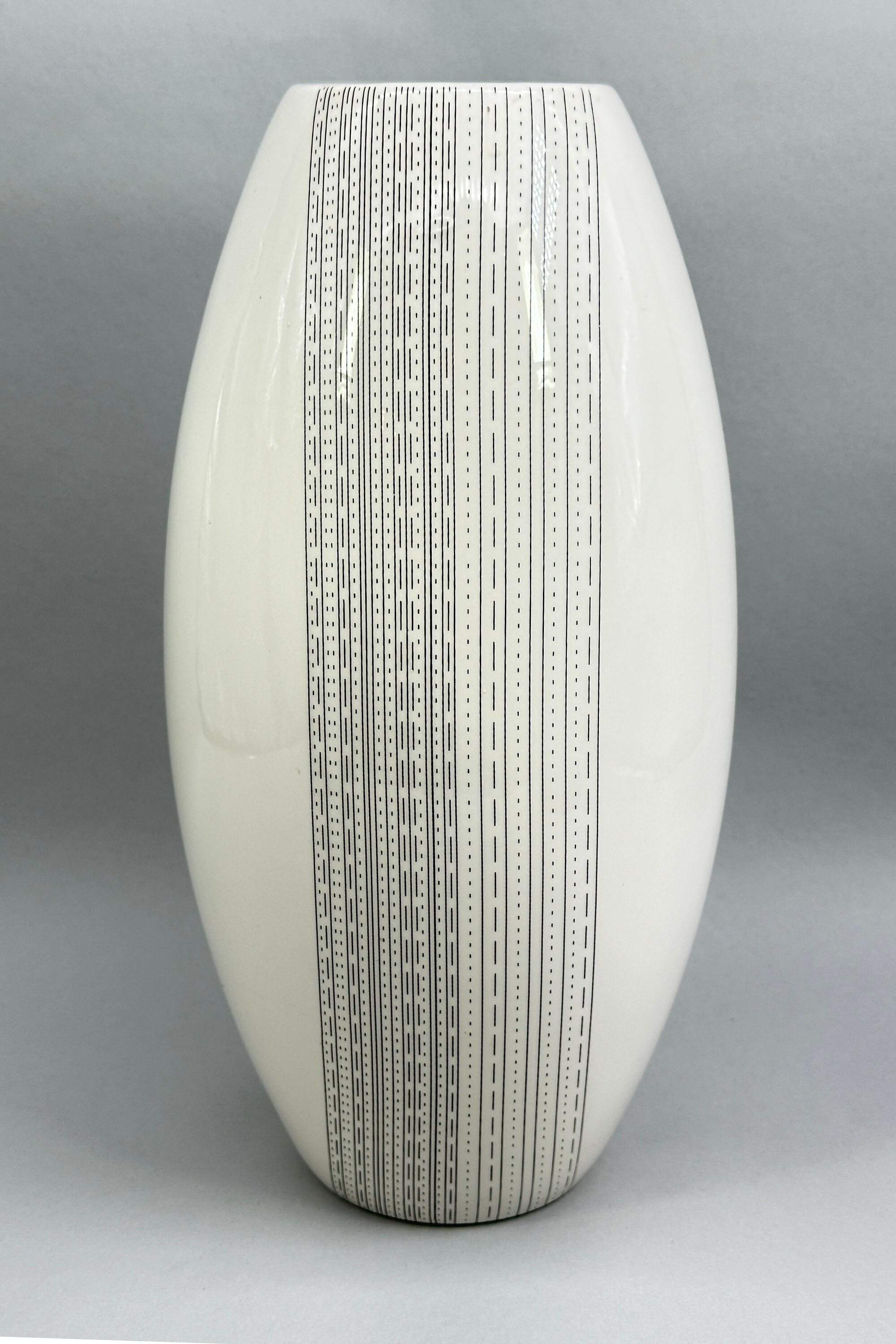
Abstract Design White Glaze Vase, probably British mid C20th
Price: £35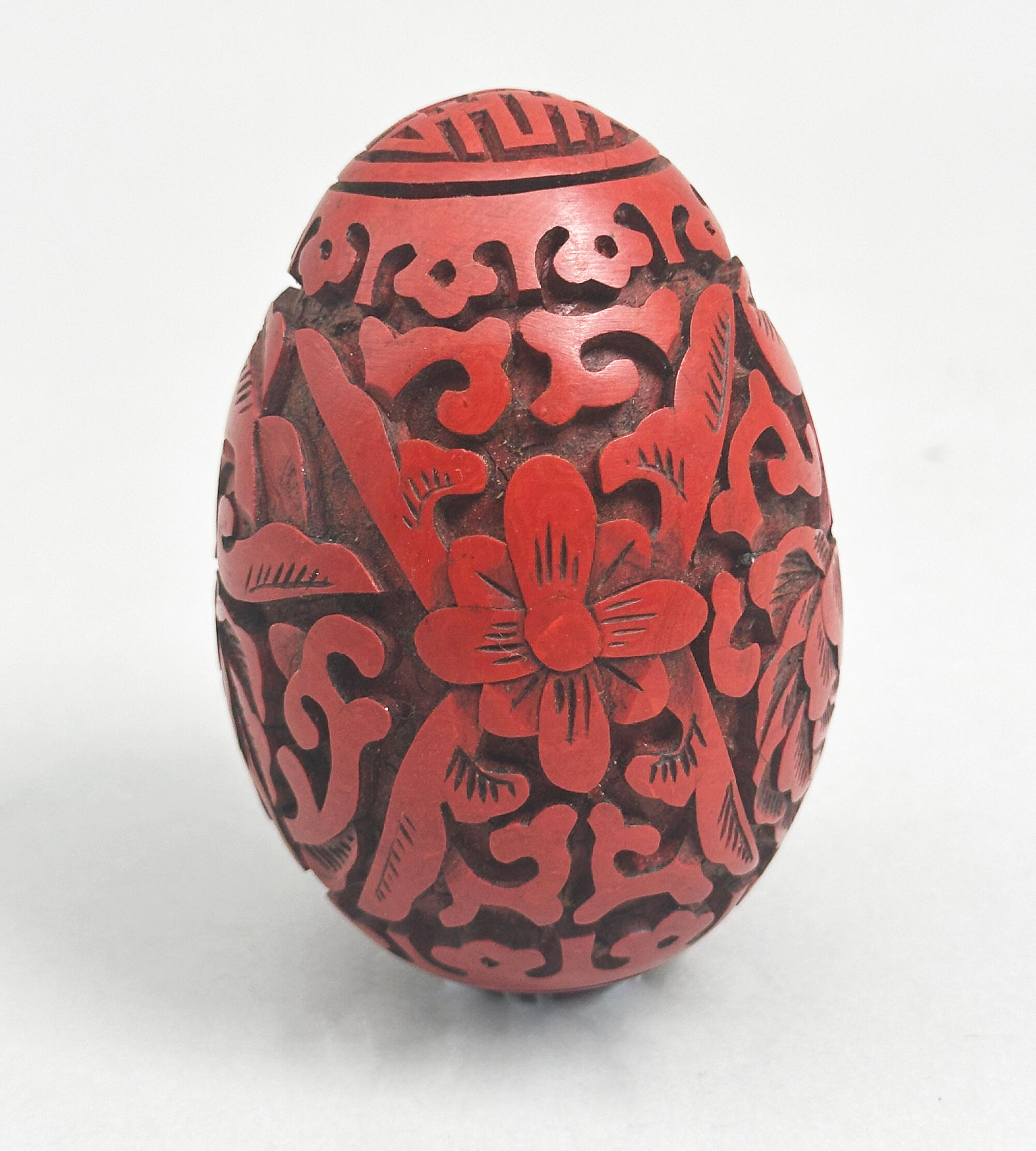
Chinese Cinnabar Lacquer Egg, C20th
Price: £55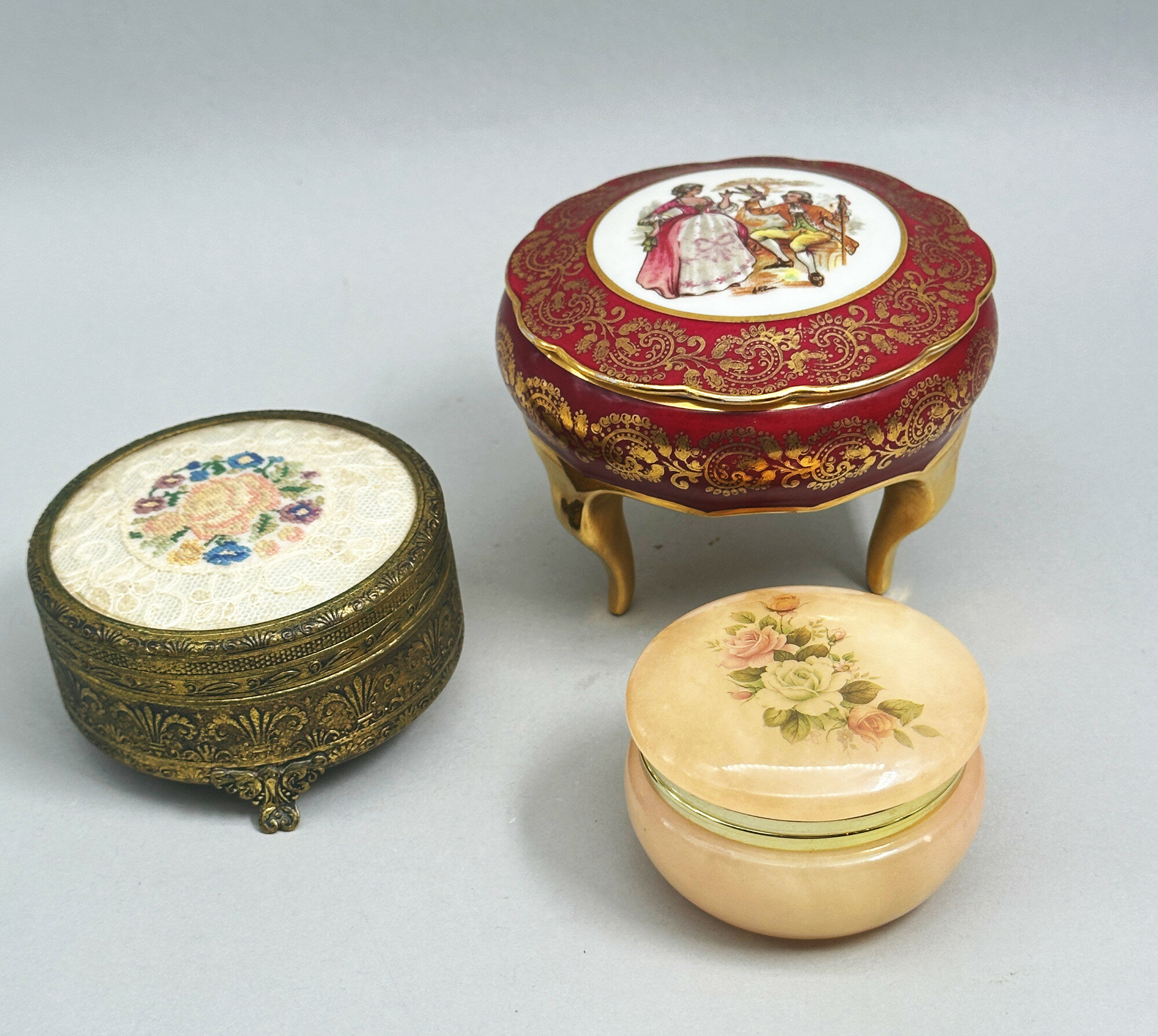
Three Powder Boxes, gilt metal, alabaster and porcelain, mid C20th
Price: £45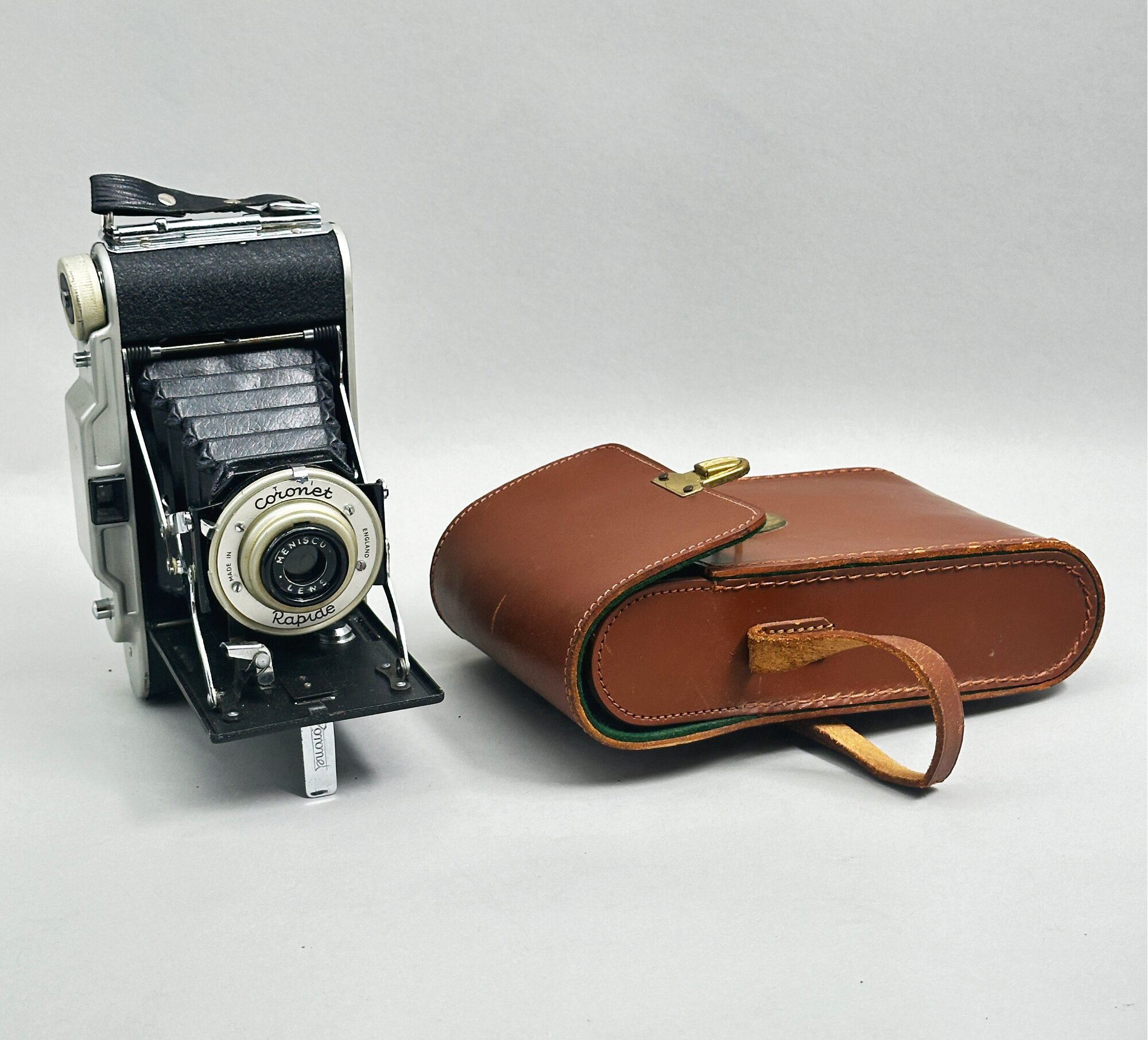
Mint Coronet Rapid camera with case 1950s
Price: £45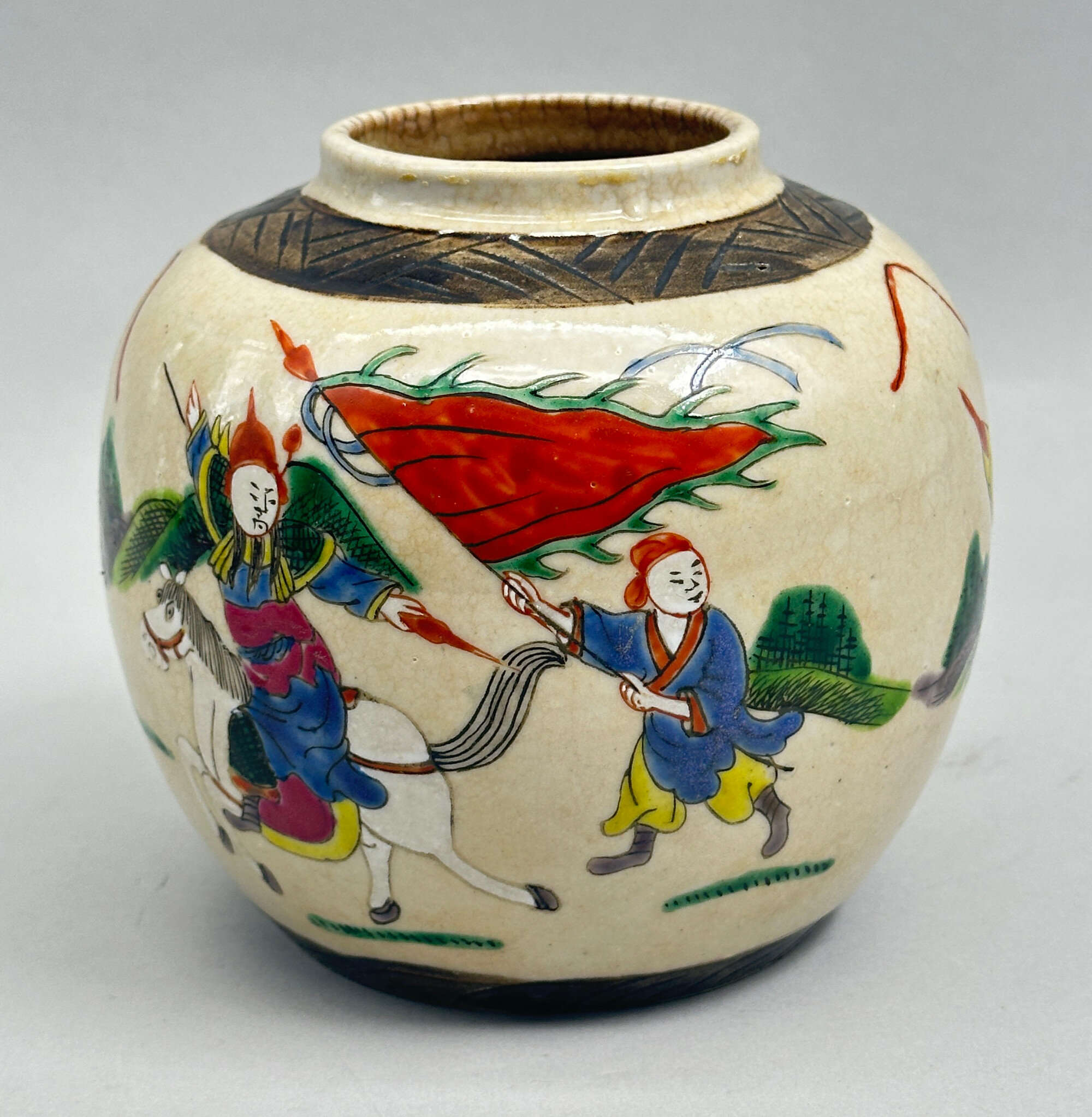
Chinese Crackleware Ginger Jar decorated with Warriors circa 1900
Price: £25'Crackleware' glazed pieces, usually with 'bronzed’ bands, were a staple output of the Chinese potteries from the mid nineteenth century onwards and were produced in a wide variety of mainly vase shape forms, both in polychrome and blue and white and intended as decorative pieces for the Victorian rooms of the West. As with other ceramic types, the quality deteriorated and this piece is typical of the late productions with a more modest level of craftsmanship but still retaining a naif charm. As with many ginger jars, this one lacks its original domed cover which would have been decorated to match.
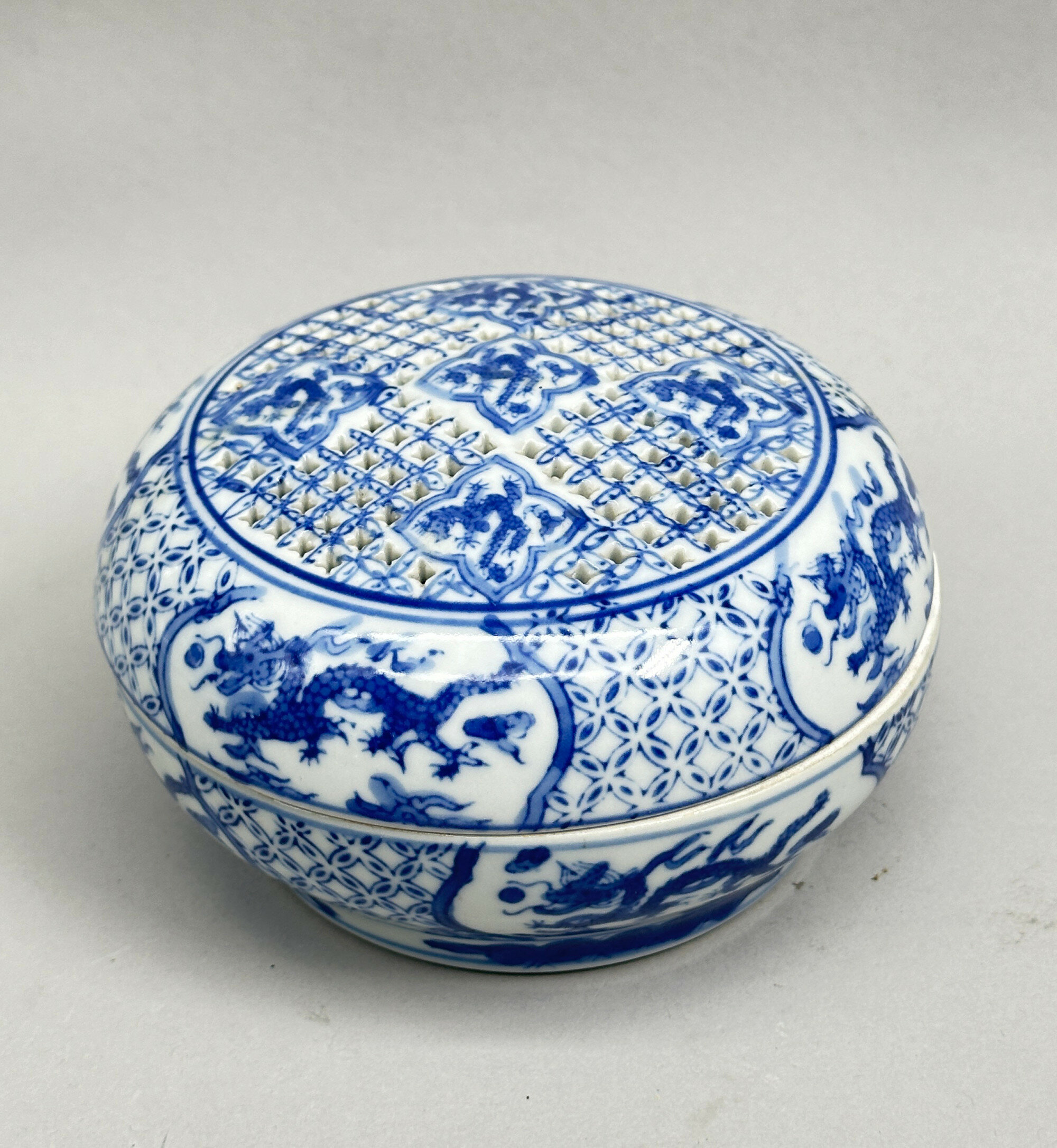
Chinese Blue and White Box and Cover with pierced lid, late C20th
Price: £25The Charles Sadek Import Company was founded in 1936 by the father and son Charles and Norman Sadek and began by importing decorative items from Japan later broadening their range to a wider variety of suppliers including China. These pieces were sold under the ‘Andrea by Sadek’ brand, named after Norman's daughter Andrea. The business continued to a third generation until it was taken over by Fitz & Floyd in 2015.
This box, then, is a typical example of their range of wares, good quality decorative items marketed at an affordable price. The quality of these boxes can vary and this piece seems to be an above average example.
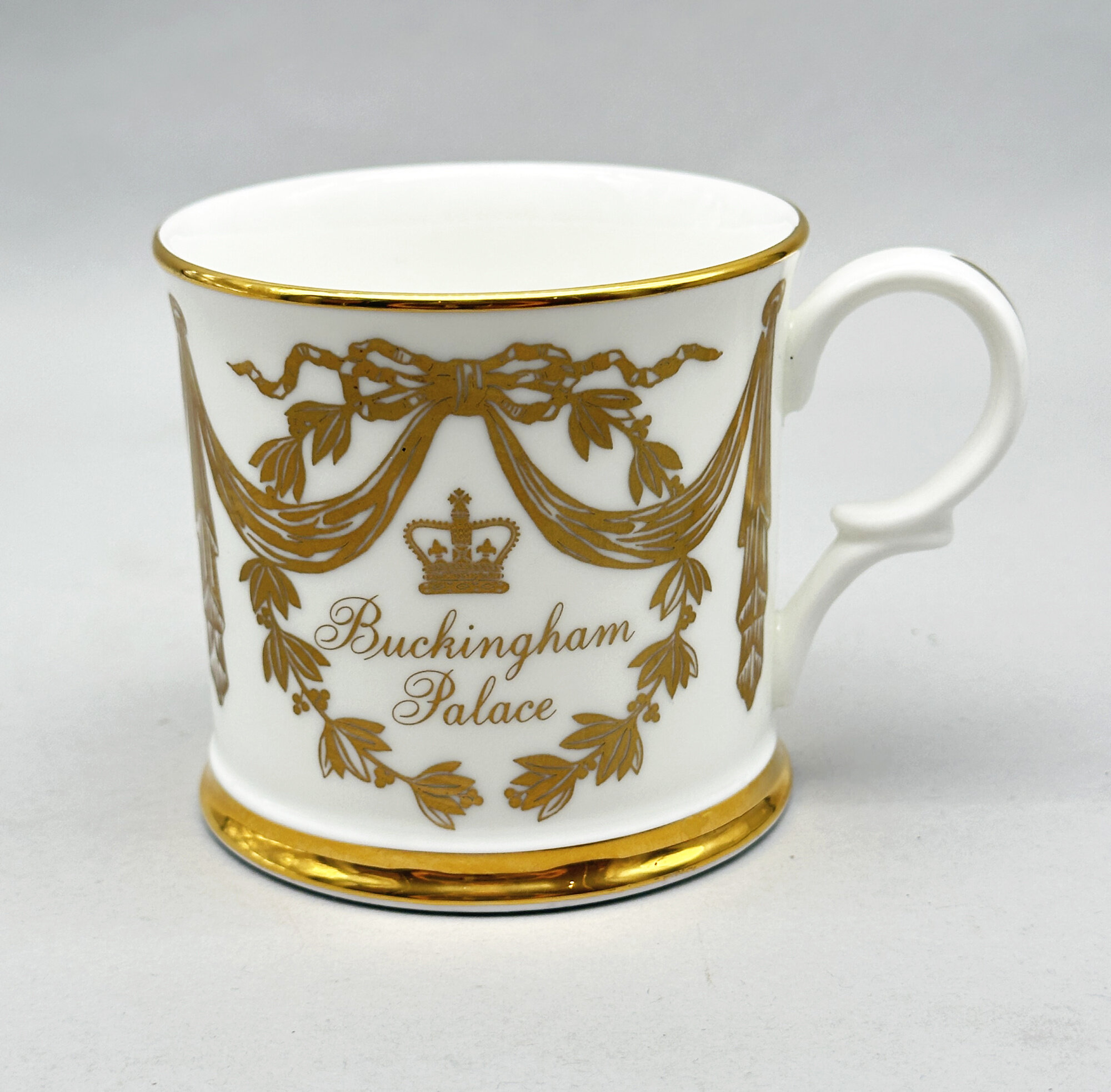
Porcelain Mug : Buckingham Palace 1997
Price: £10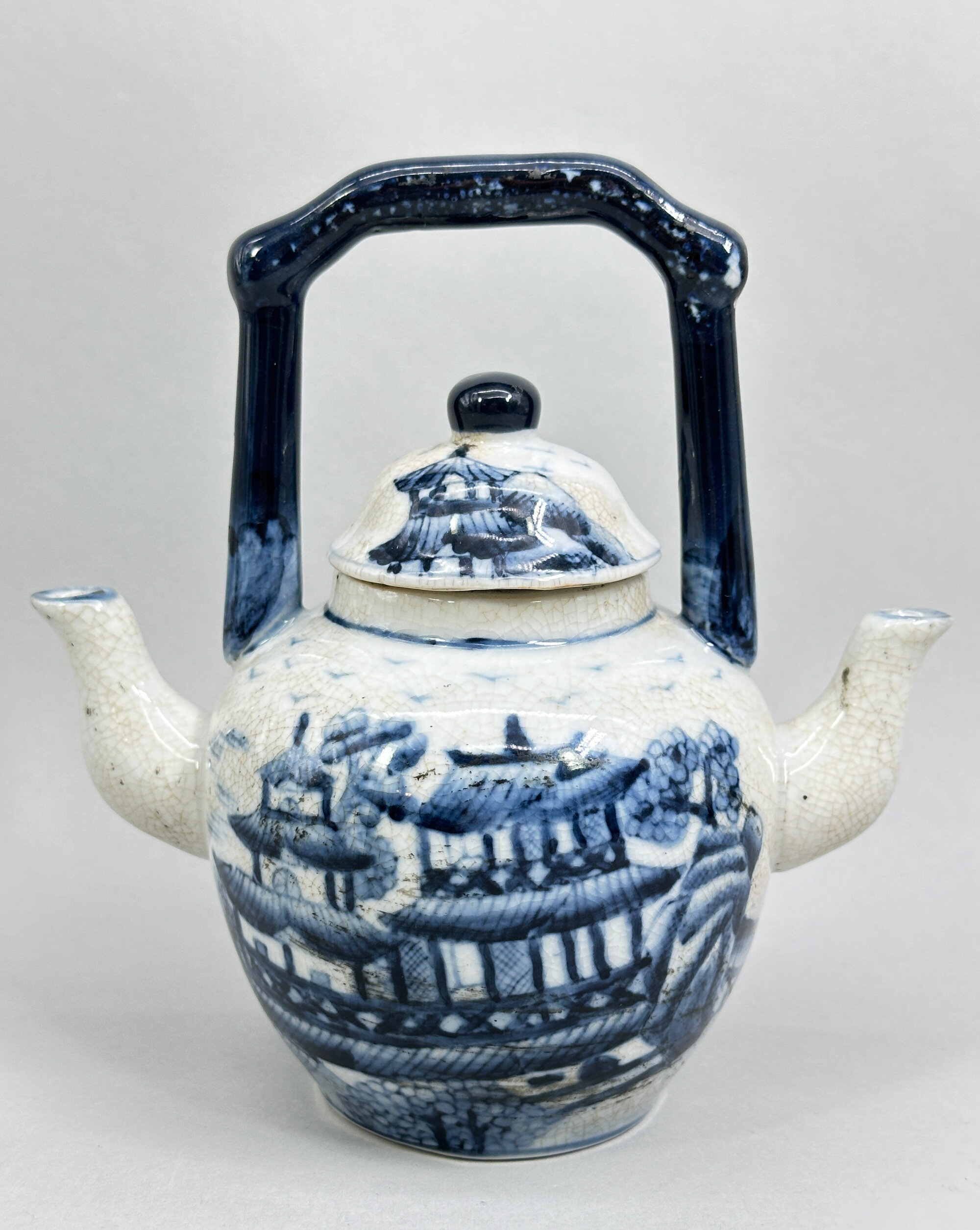
Chinese provincial double spout Teapot, early C20th
Price: £55
Pair of Art Deco style Wall Pocket Vases, Poole Pottery, mid C20th
Price: £55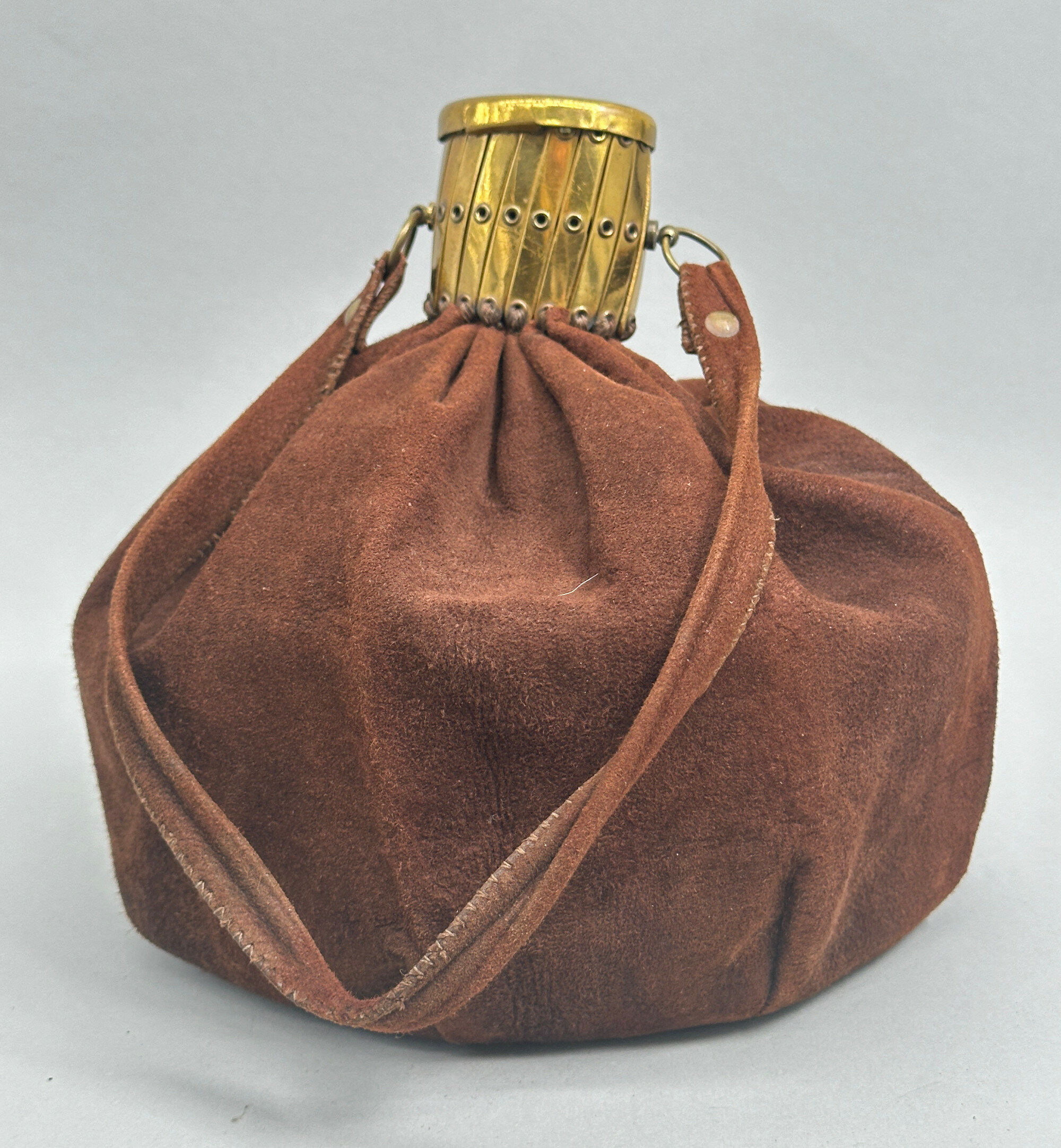
Large suede pouch bag with concertina opening c1930
Price: £65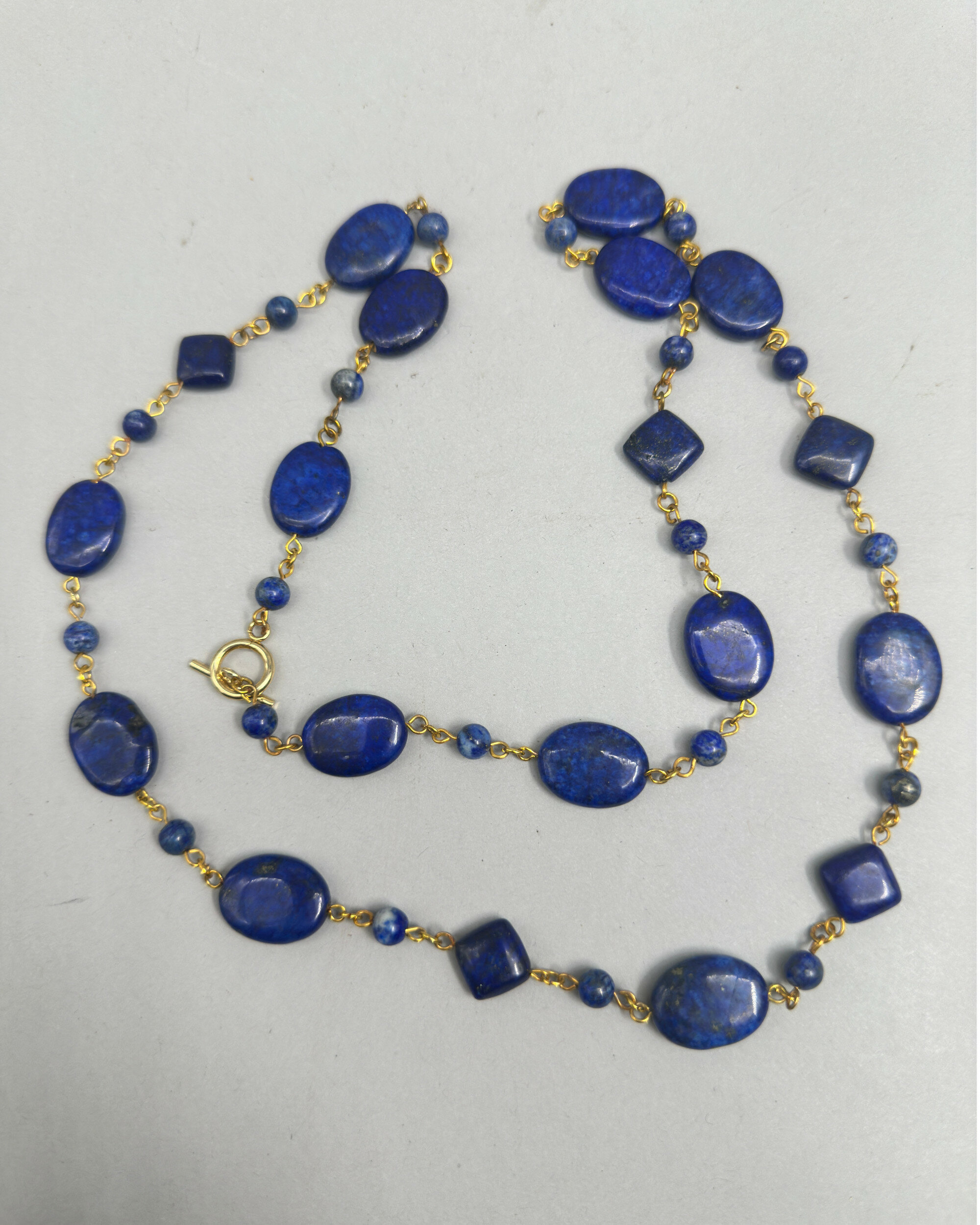
Long lapis lazuli bead necklace c1980
Price: £30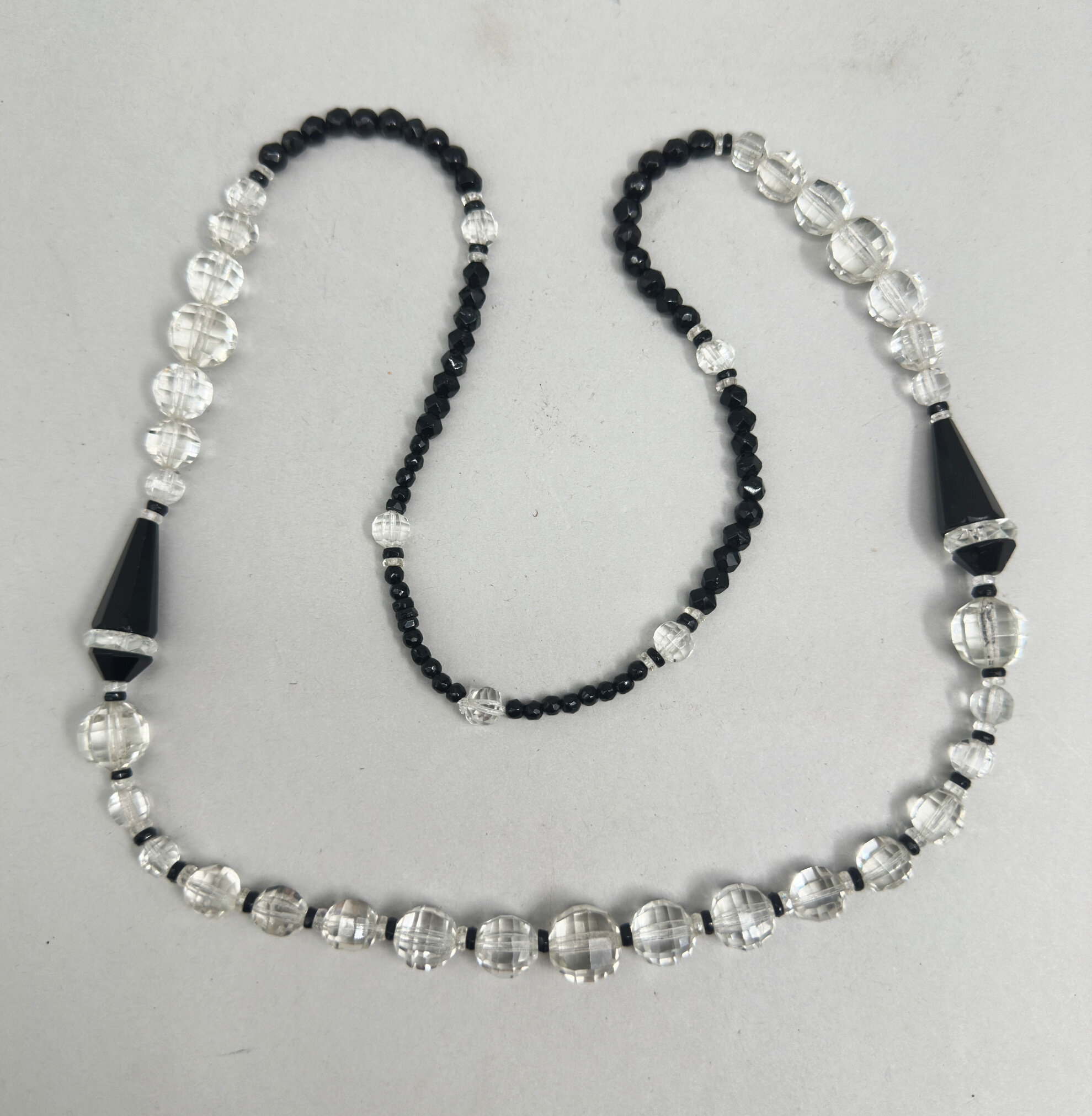
Outstanding Art Deco necklace with French jet and rock crystal beads c1920
Price: £175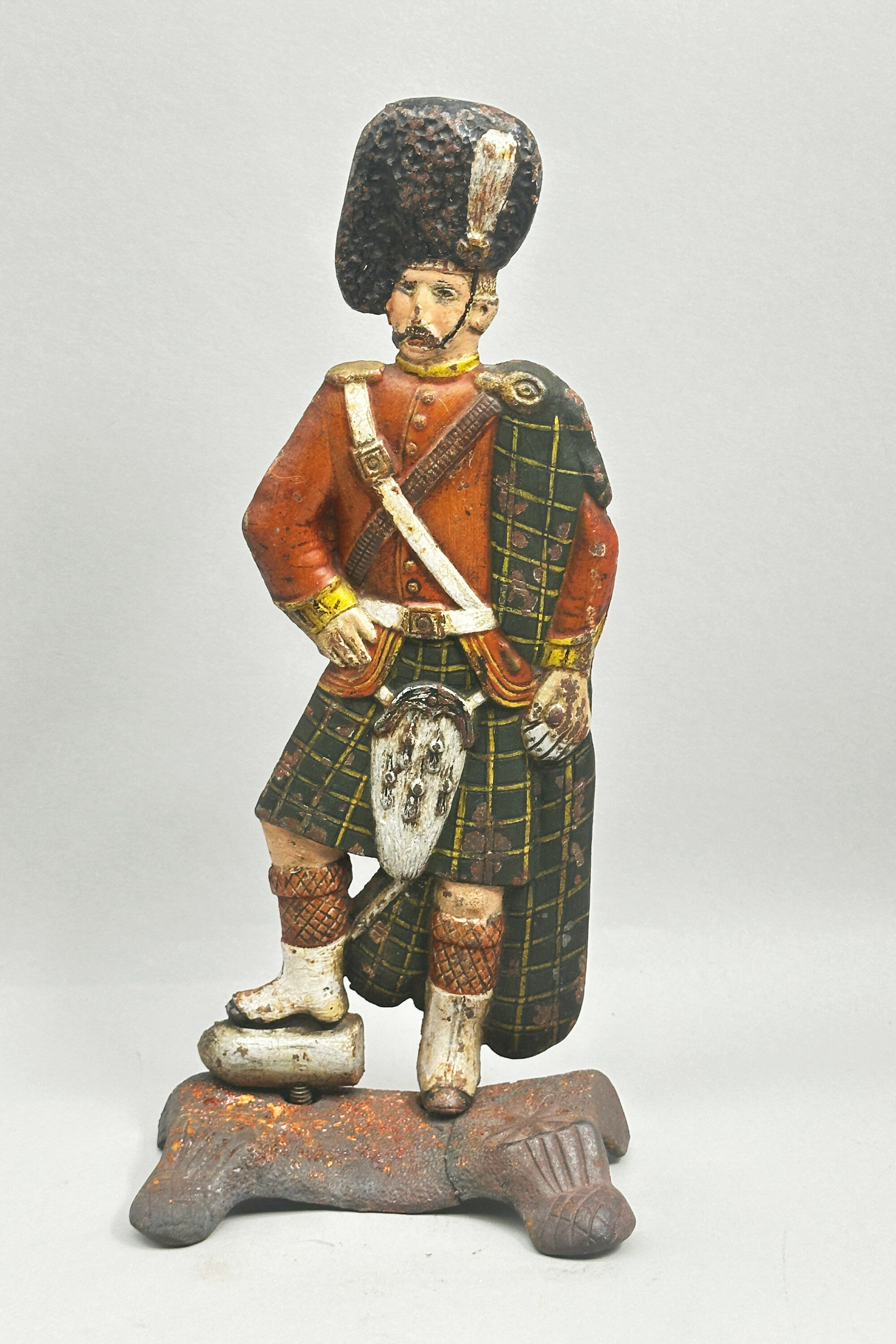
Victorian Black Watch iron doorstop c1890
Price: £25
Pair of Beige Opaline Glass Vases, enamelled decoration, probably French late C19th
Price: £75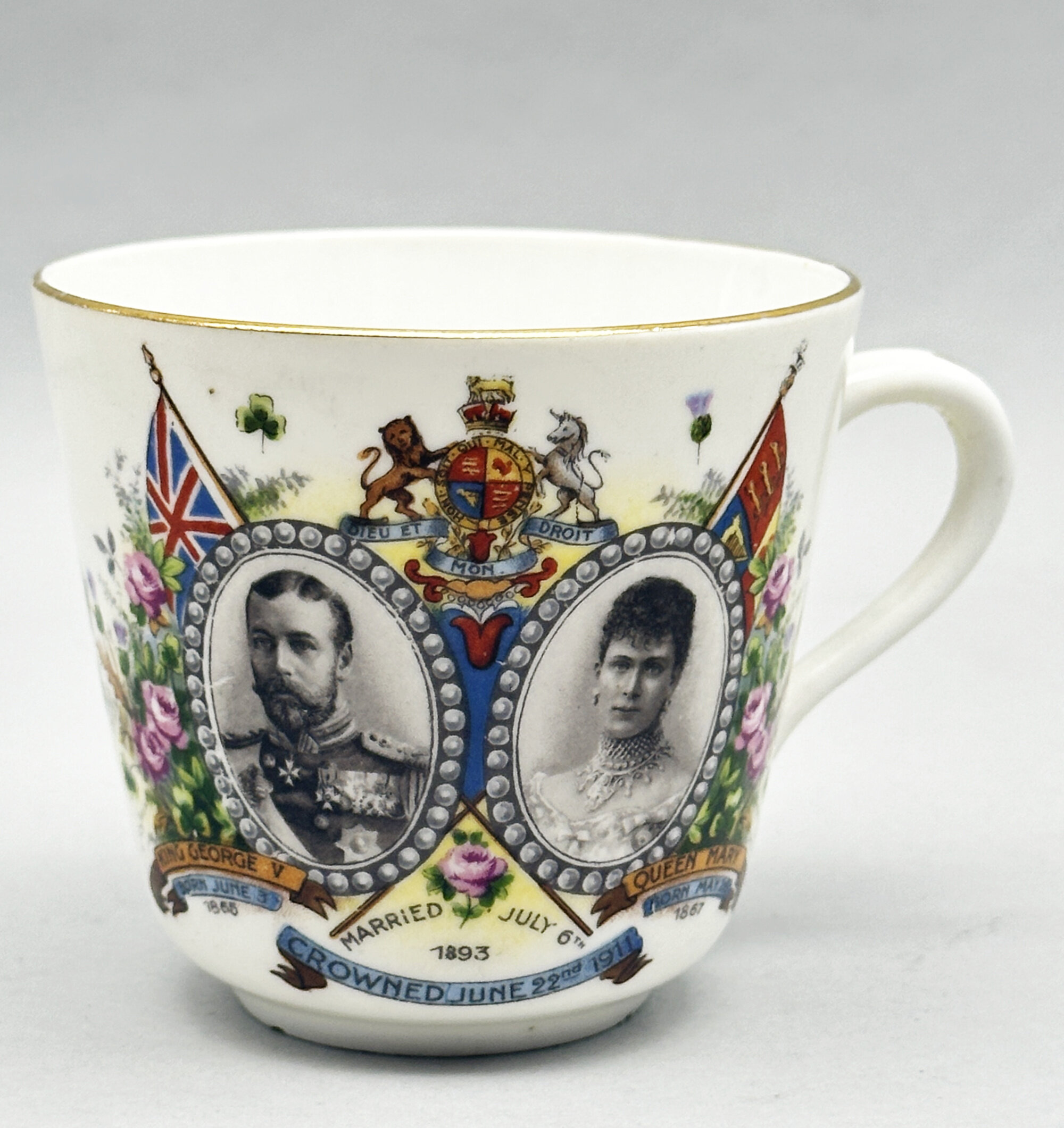
Cup : Marriage and Coronation of King George V and Queen Mary, 1911
Price: £10Production of this piece was presumably contemporary with the coronation in 1911 and many similar pieces were made by other factories at the time, more often in a straight sided mug shape. The form here suggests that there might have been an original saucer but none seem to have survived.
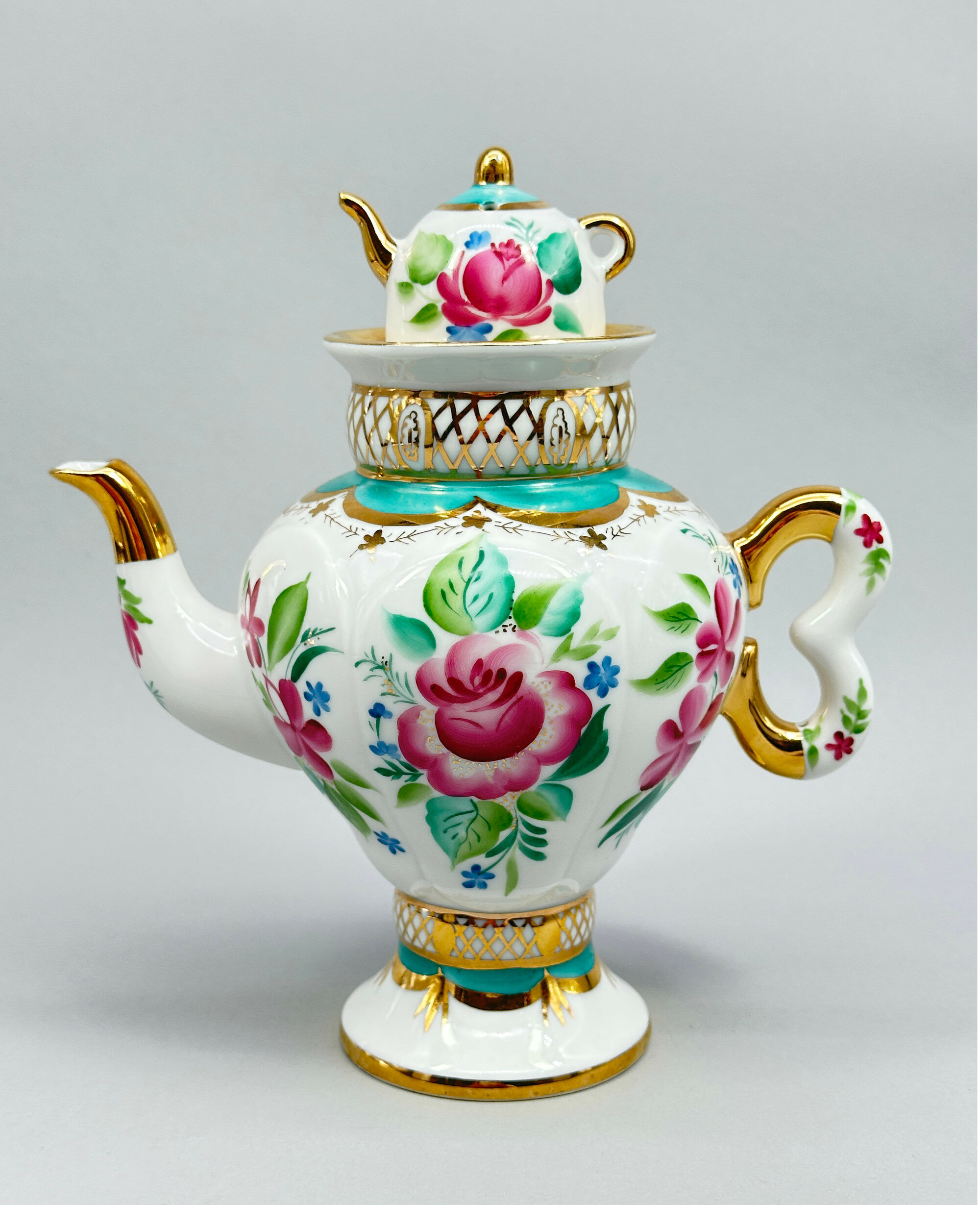
Lomonosov Teapot in the form of a Samovar, late C20th
Price: £75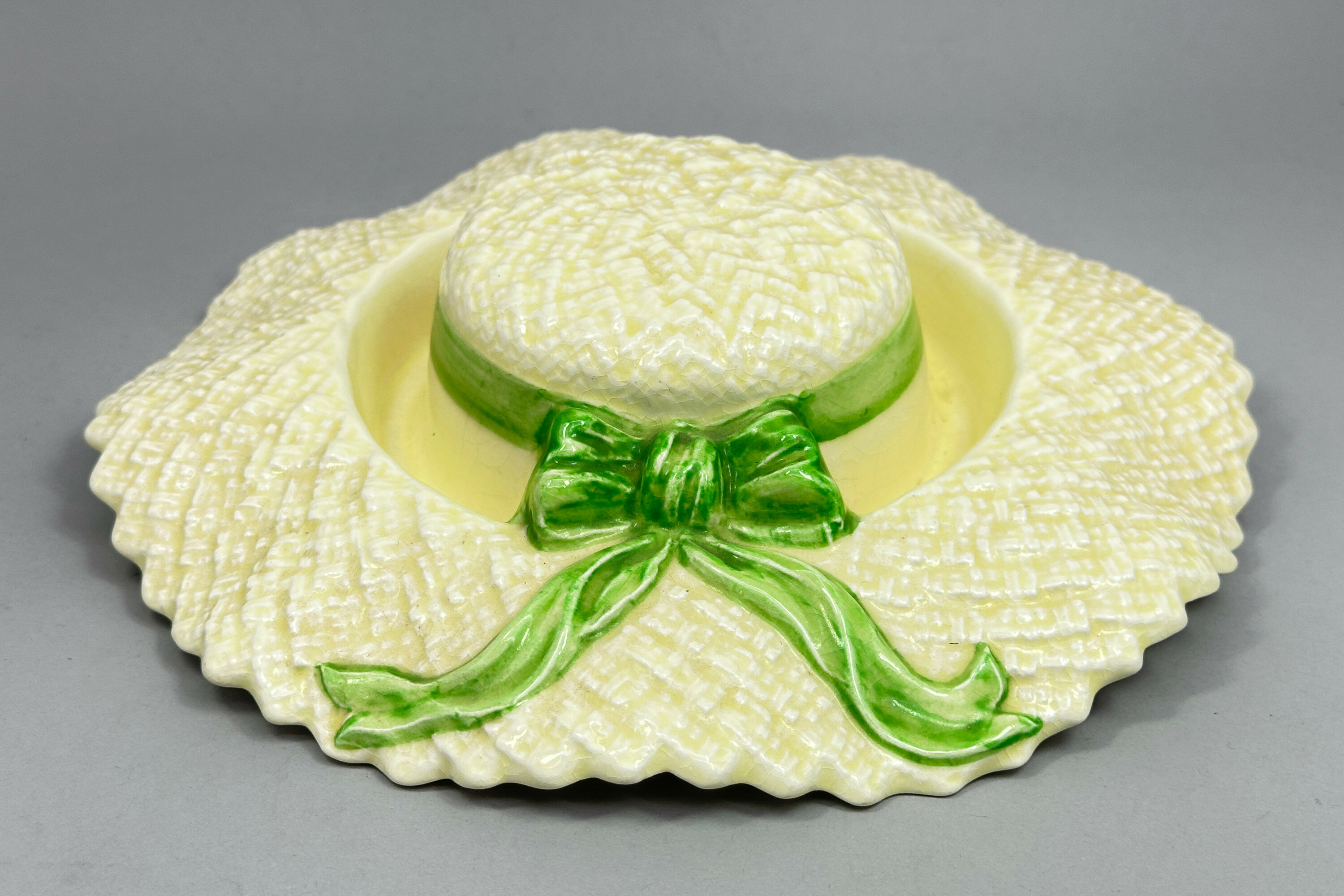
Novelty Bonnet Posy Vase, 1940s/1950s
Price: £25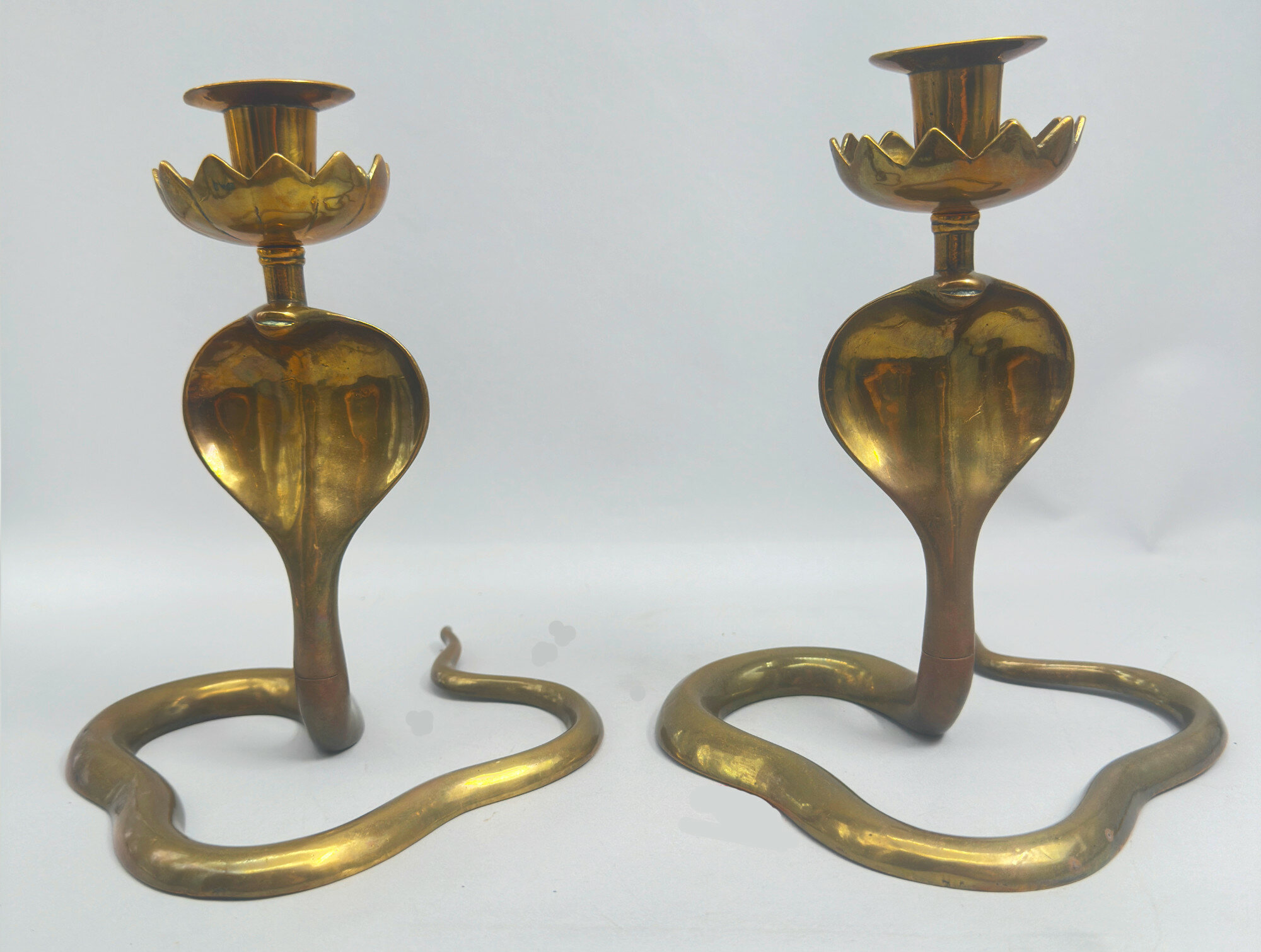
Fine quality pair of Brass Cobra Candlesticks, Indian first half C20th
Price: £95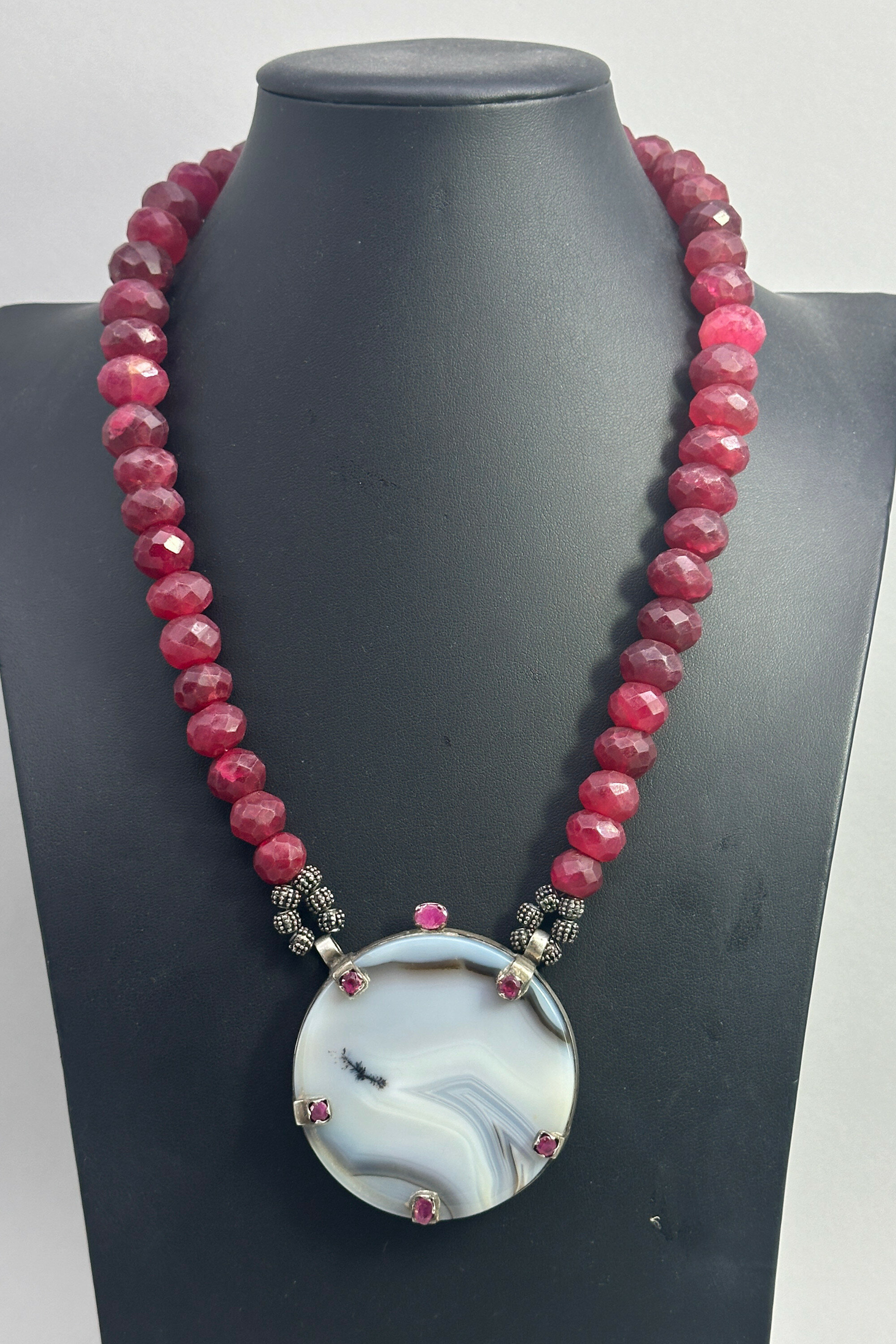
Necklace with massive Agate Disc strung set with facetted ruby beads, India, c1940
Price: £325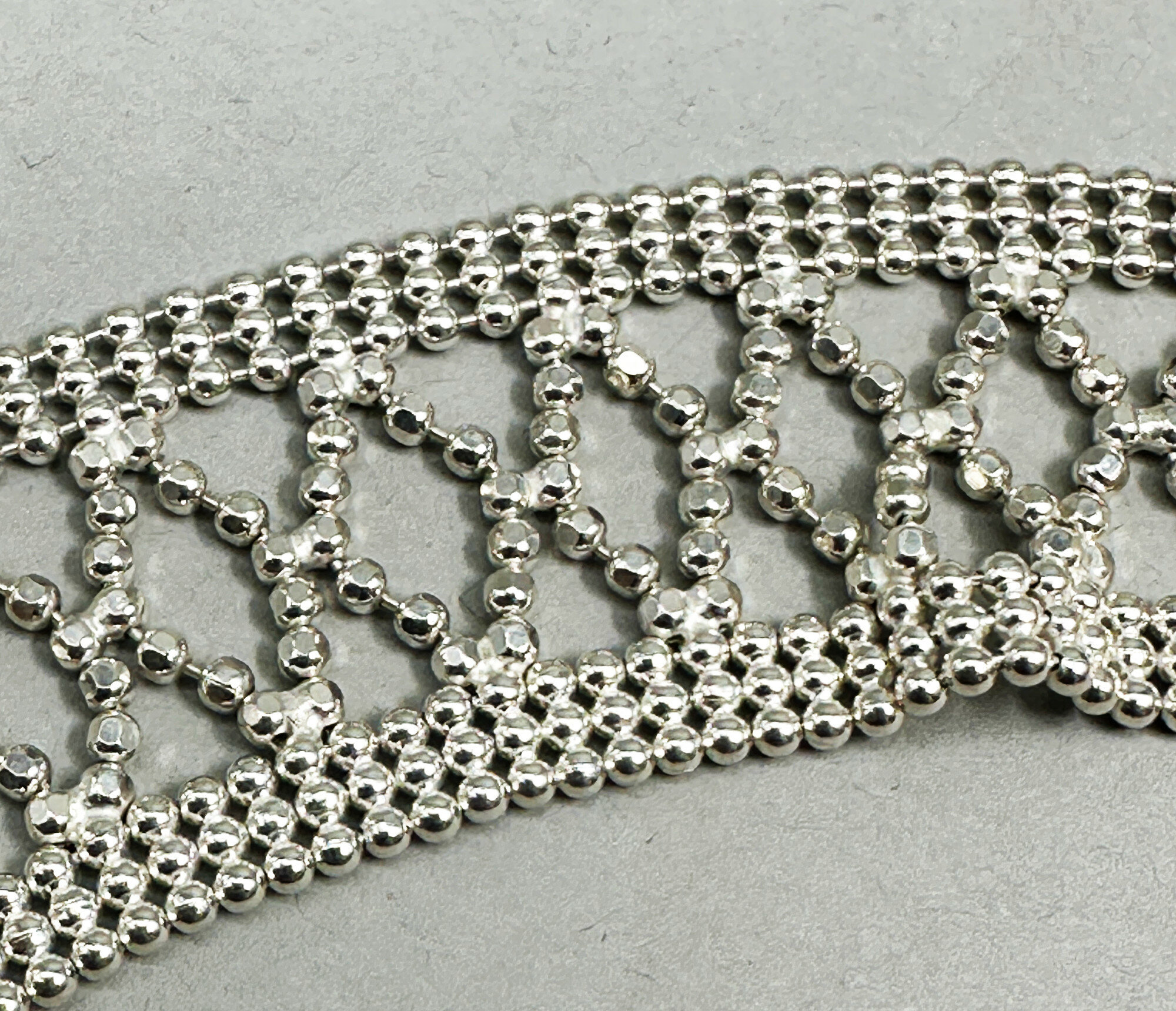
Diamond cut millegrain silver bracelet, 20th century
Price: £45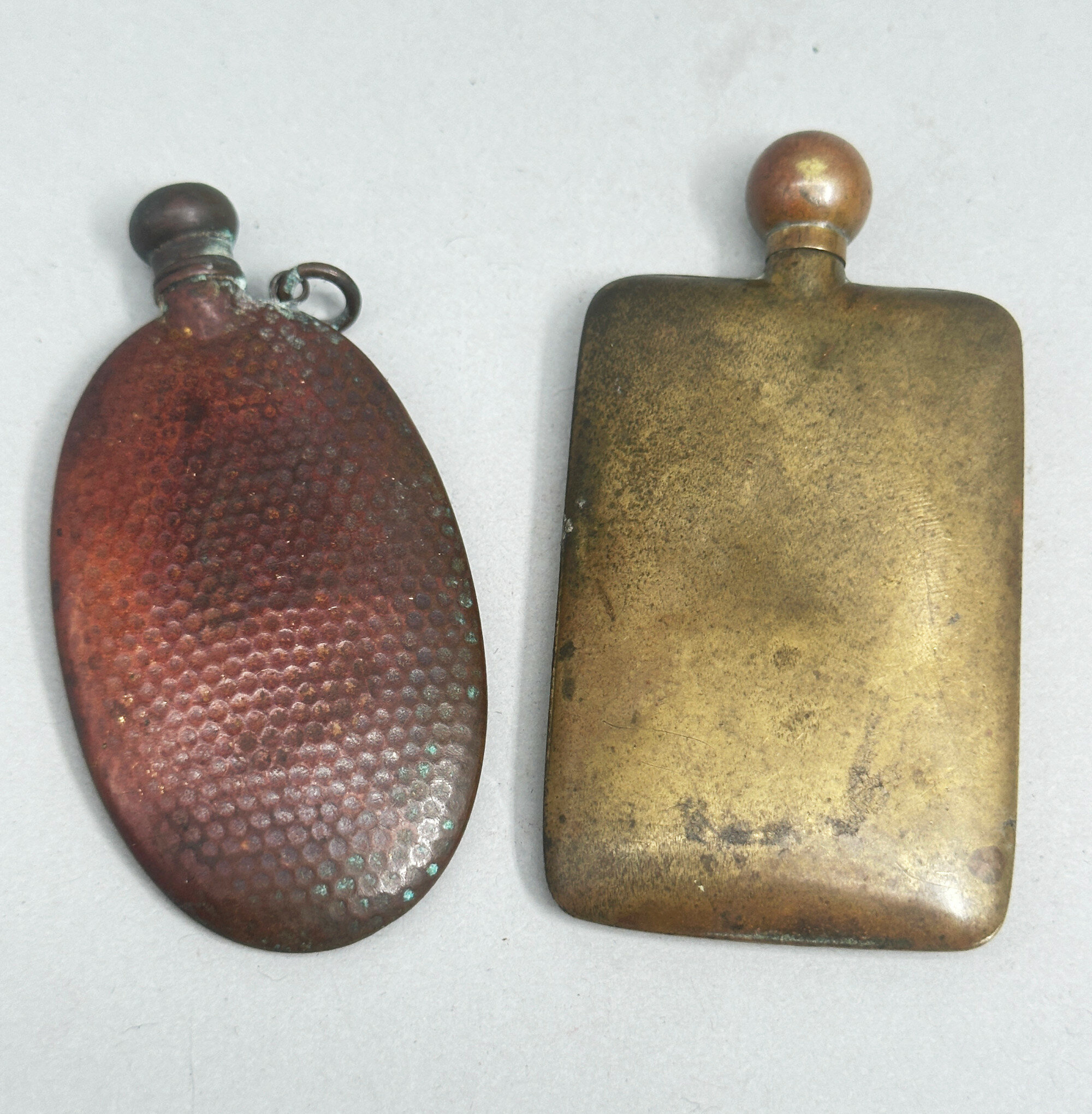
Two small metal perfume Flasks and Stoppers, 1920s
Price: £35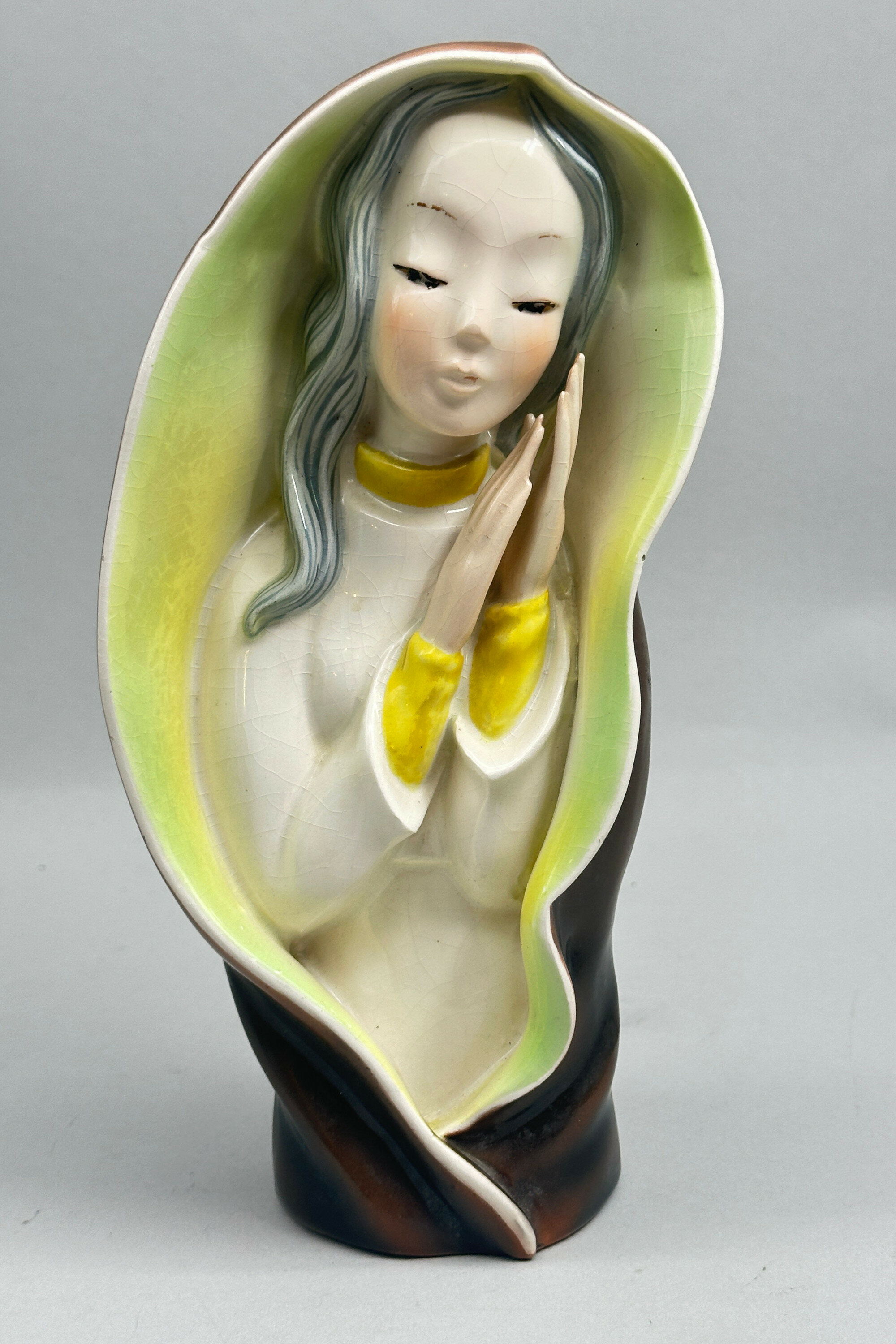
Figure of a Young Girl Praying, Continental, probably mid C20th
Price: £45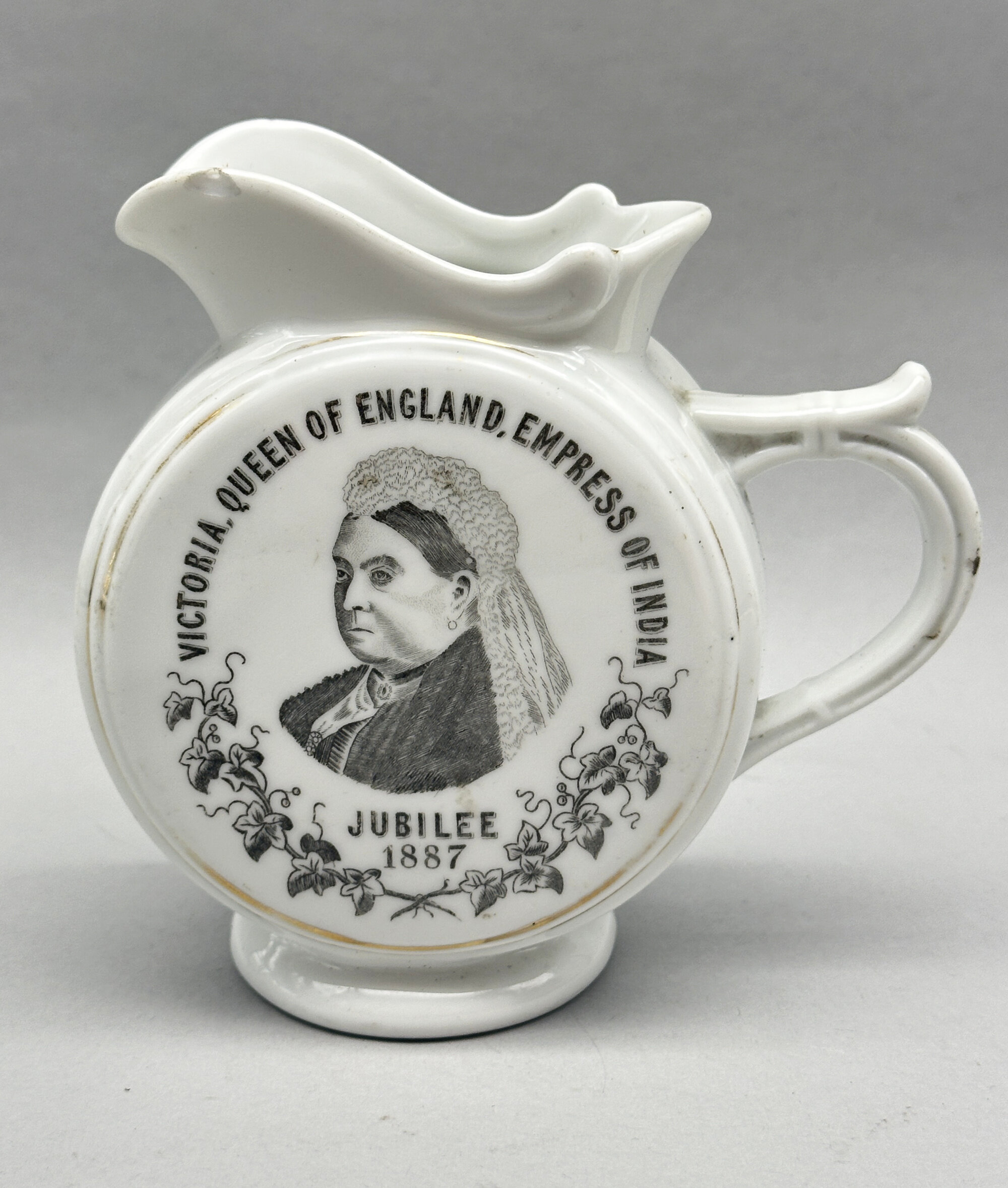
Queen Victoria Golden Jubilee Jug, 1887
Price: £10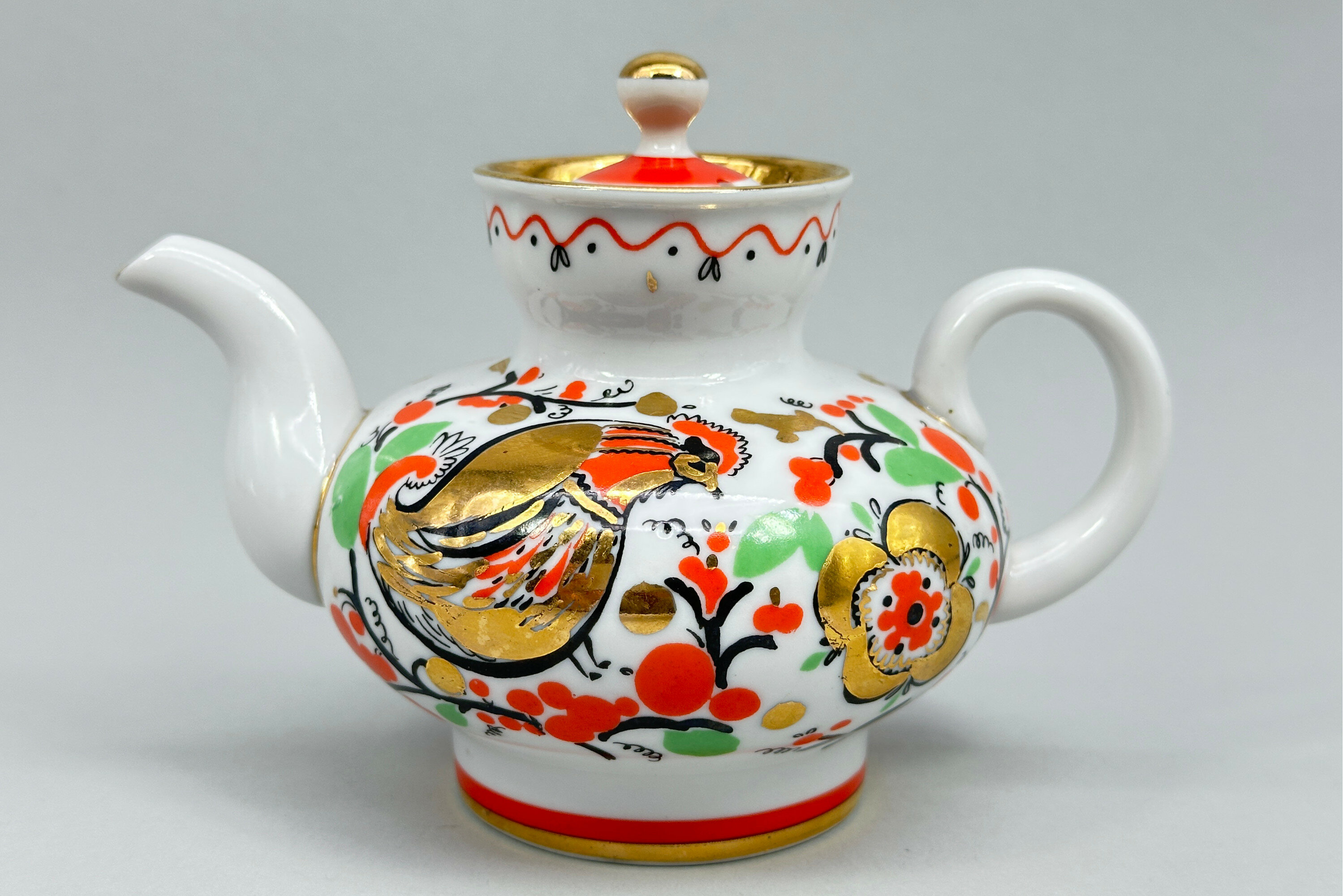
Lomonosov Teapot decorated Cockerels, late C20th
Price: £45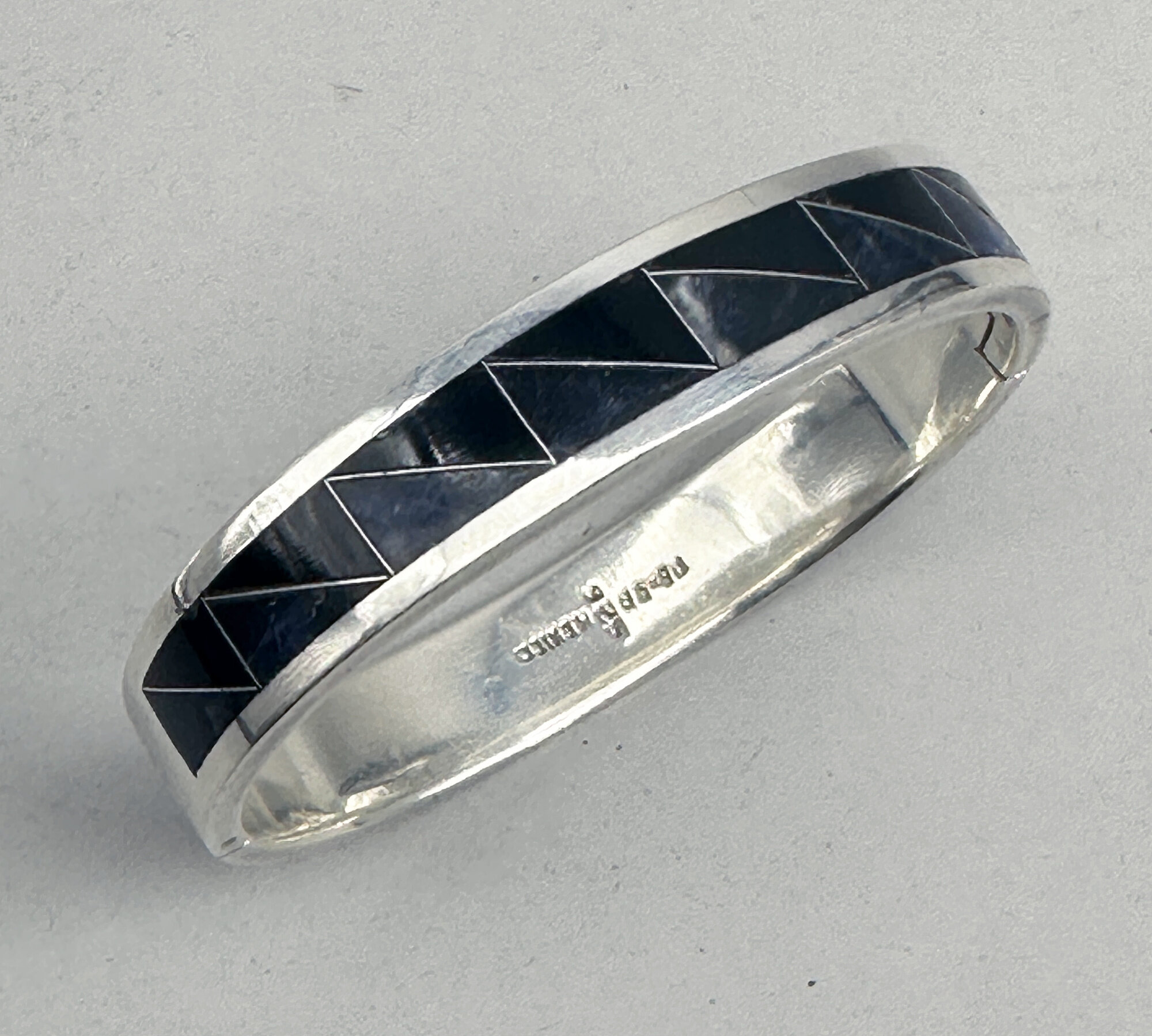
Taxco silver bangle with onyx and sodalite mosaic decoration, 1990s
Price: £75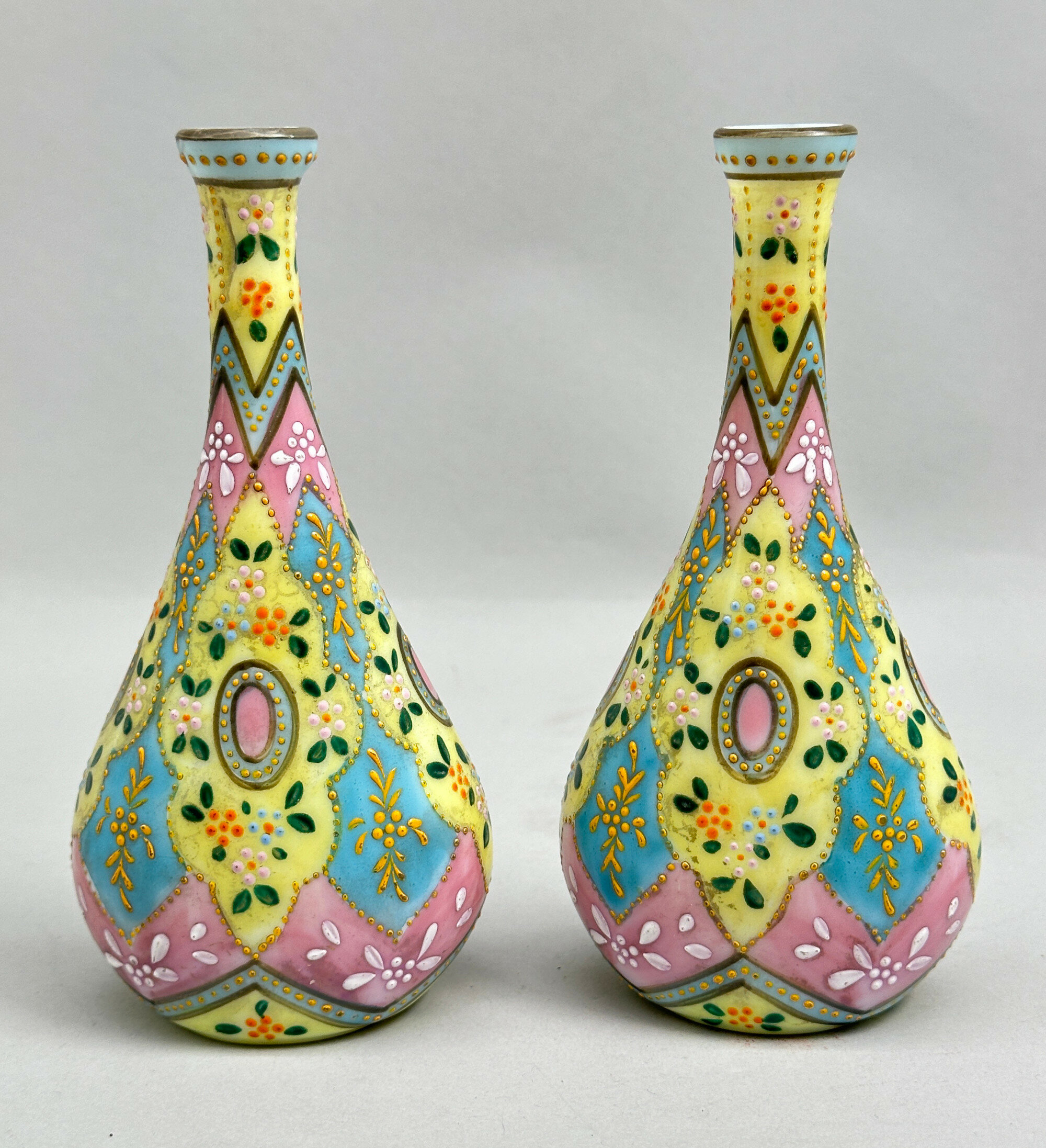
Pair of Bohemian Harrach Glass Vases, Morocco pattern, second half C19th
Price: £95The Harrach glassworks is named after Alois Raimund von Harrach (Count Harrach), on whose estate it was founded in Bohemia, in the early eighteenth century. Managed at first by one Elias Muller, the firm traded under a variety of names becoming known as Harrach in the nineteenth century and Harrachov, the name eventually given to the town where the factory was situated, in the twentieth. These opulent vases were a popular part of its range in the nineteenth century, the pattern being produced in a variety of similar shapes and always as shelf ornament pieces. The decoration here is particularly lavish with an attractive use of colour and has survived in excellent condition making these a desirable addition for collectors of Bohemian glass or admirers of nineteenth century glass style generally.
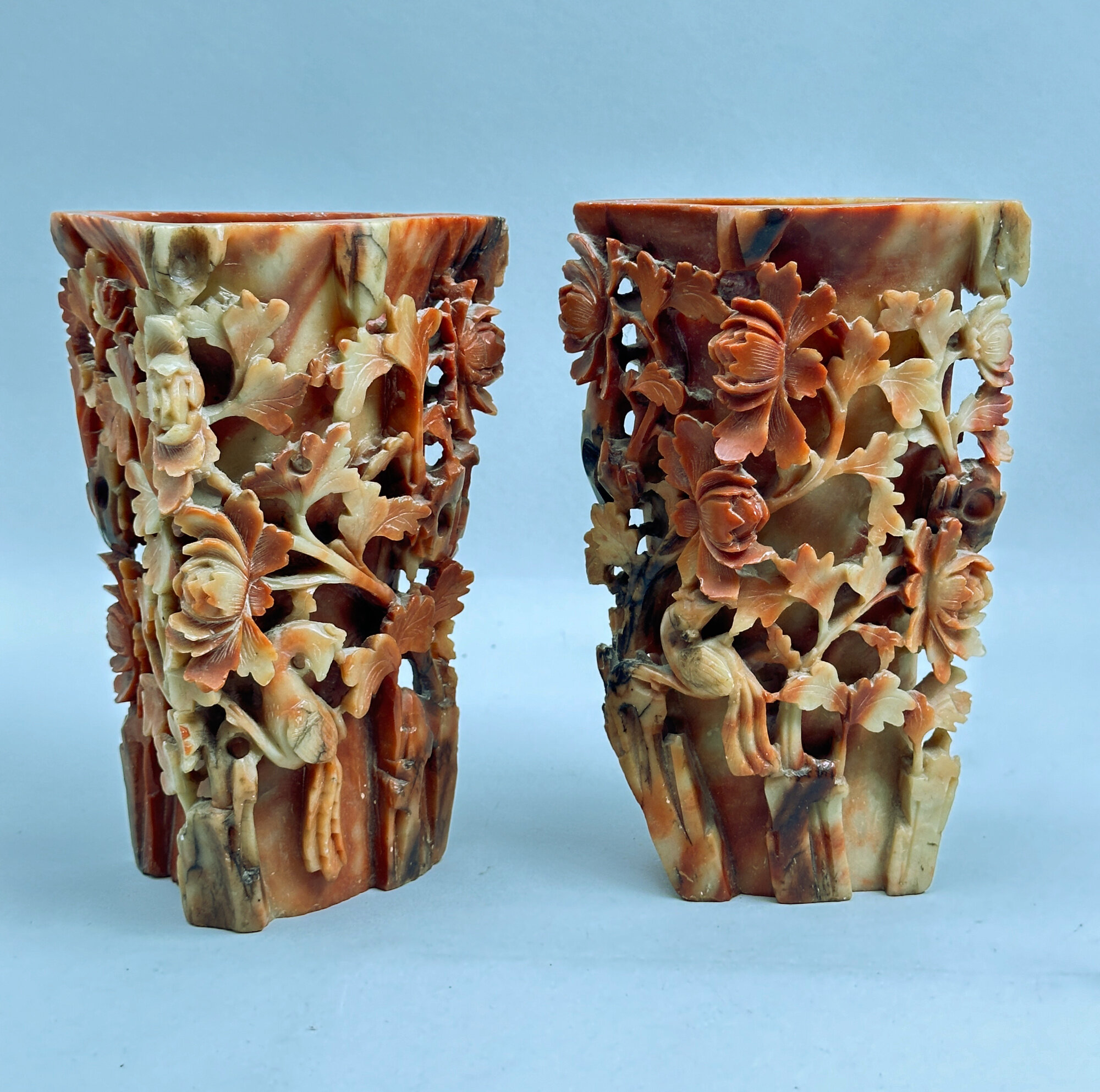
An unusual Pair of Chinese carved Soapstone Vases, circa 1900
Price: £110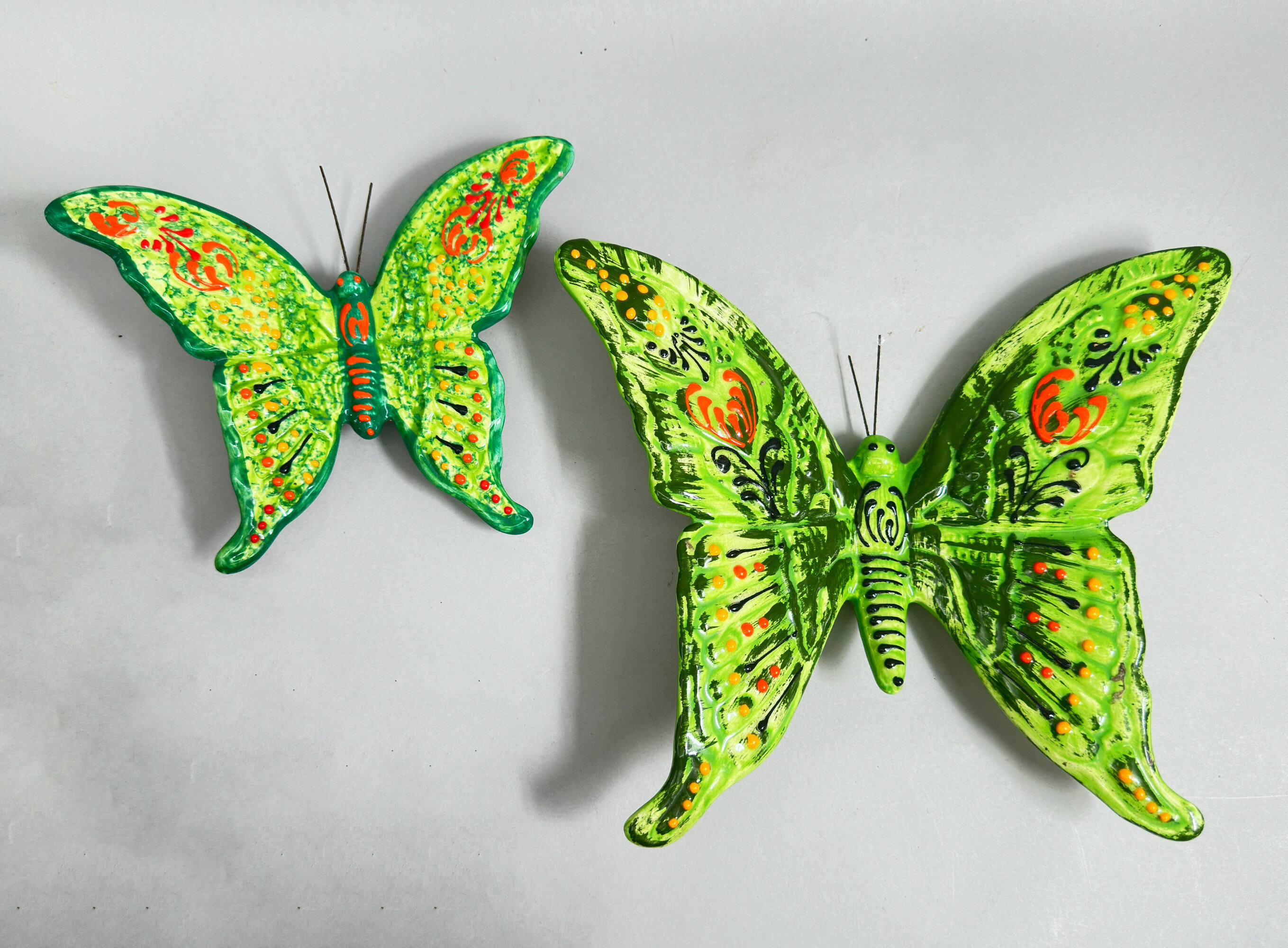
Pair of Ceramic Wall Hanging Plaques, Butterflies, probably continental 1960s
Price: £40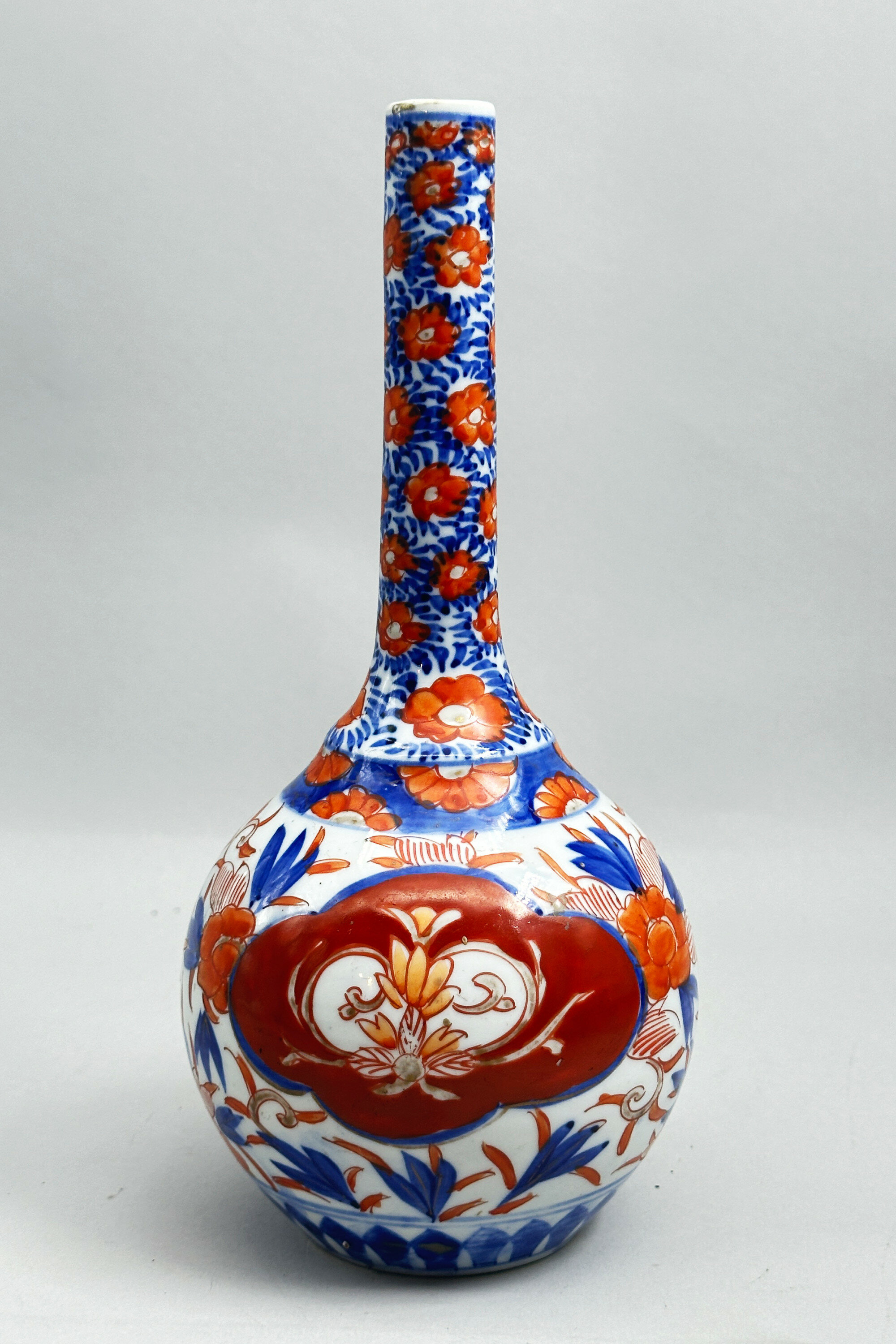
Japanese Imari Bottle Vase, circa 1900
Price: £30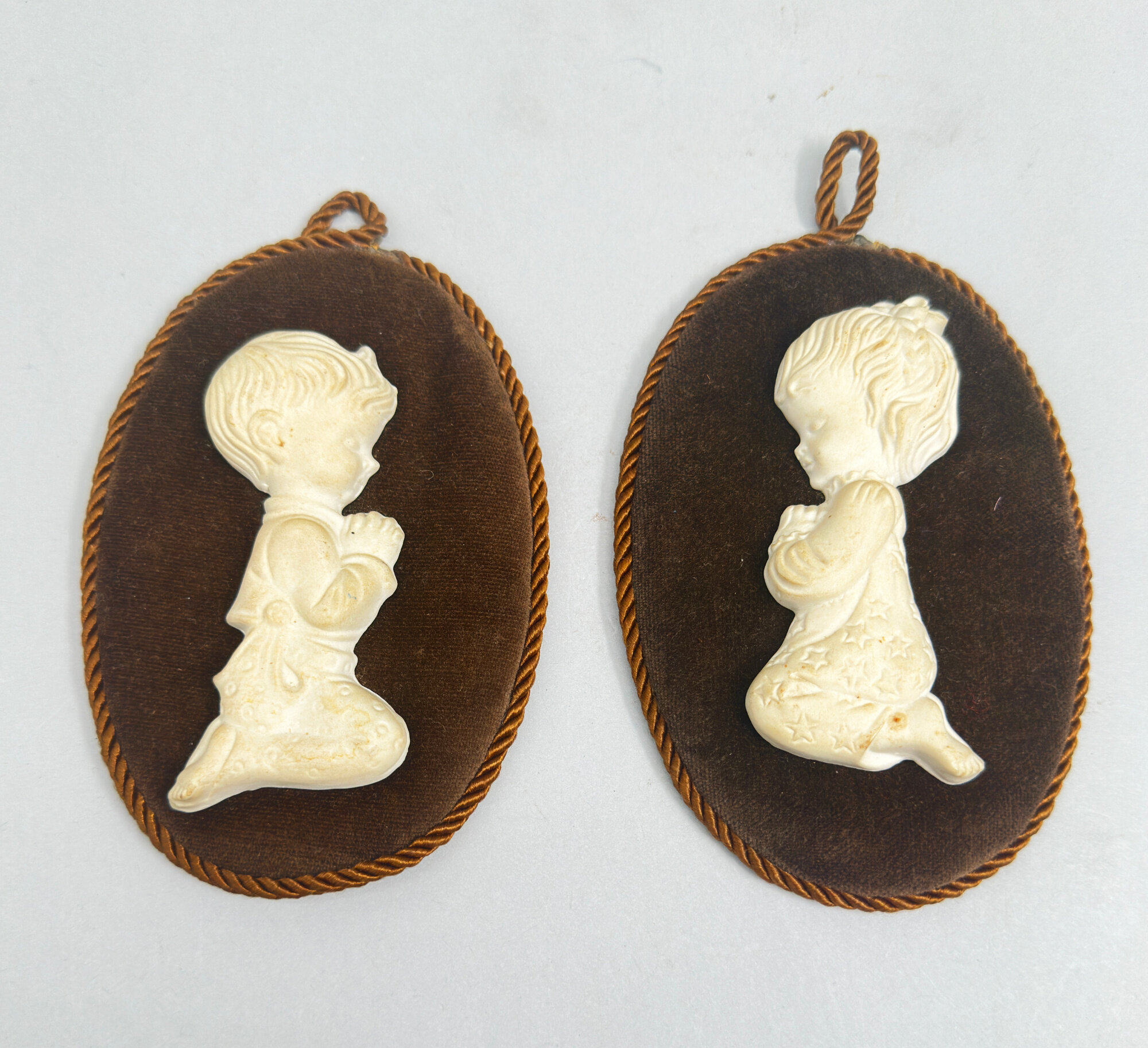
Pair of Capodimonte ceramic Wall Hanging Plaques, boy and girl praying, Italian 1960s
Price: £25
Wedgwood Calendar Plate, 80th Birthday of Queen Elizabeth II, 2006
Price: £10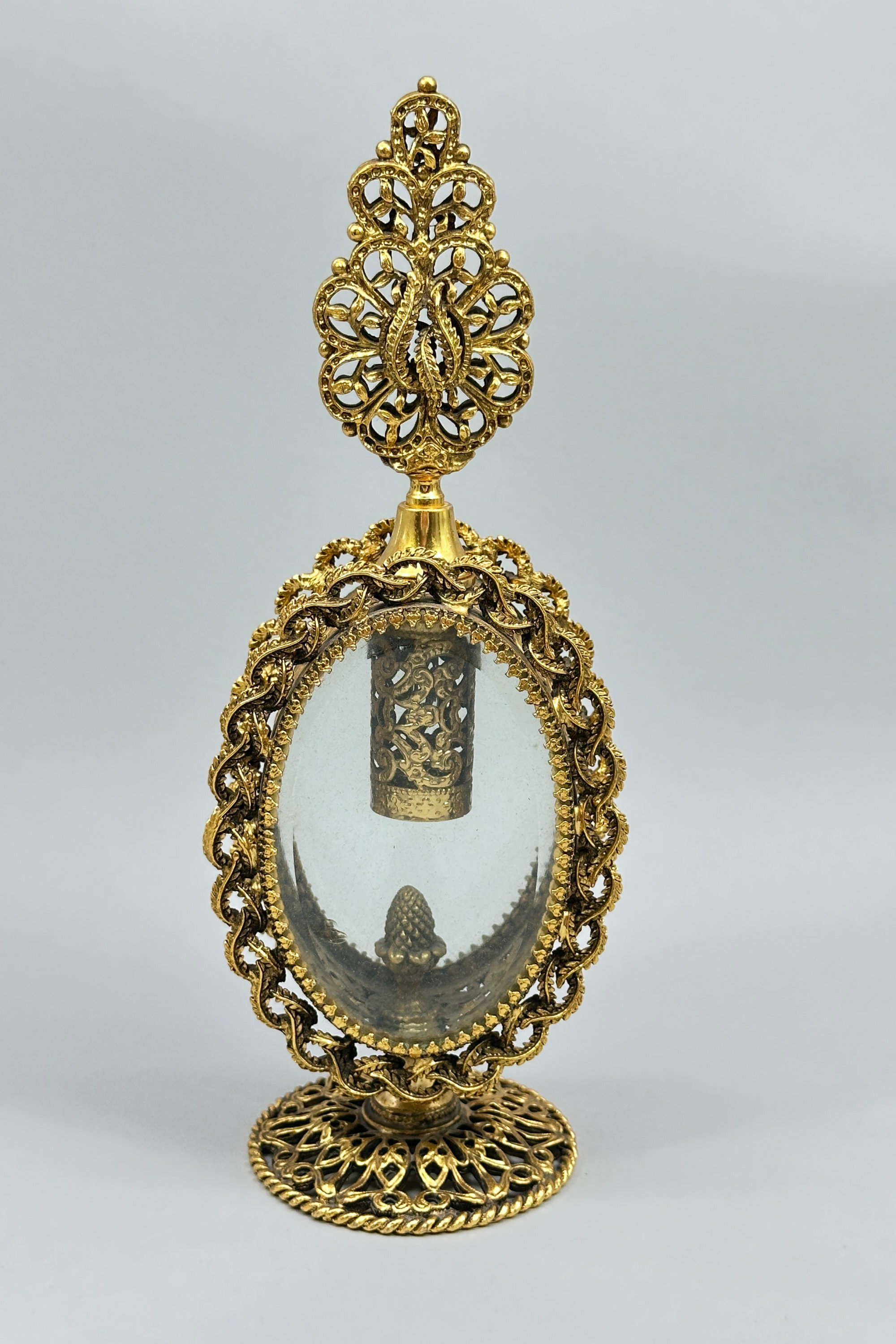
Hollywood Regency Ormolu and Glass Scent Bottle, second half C20th
Price: £95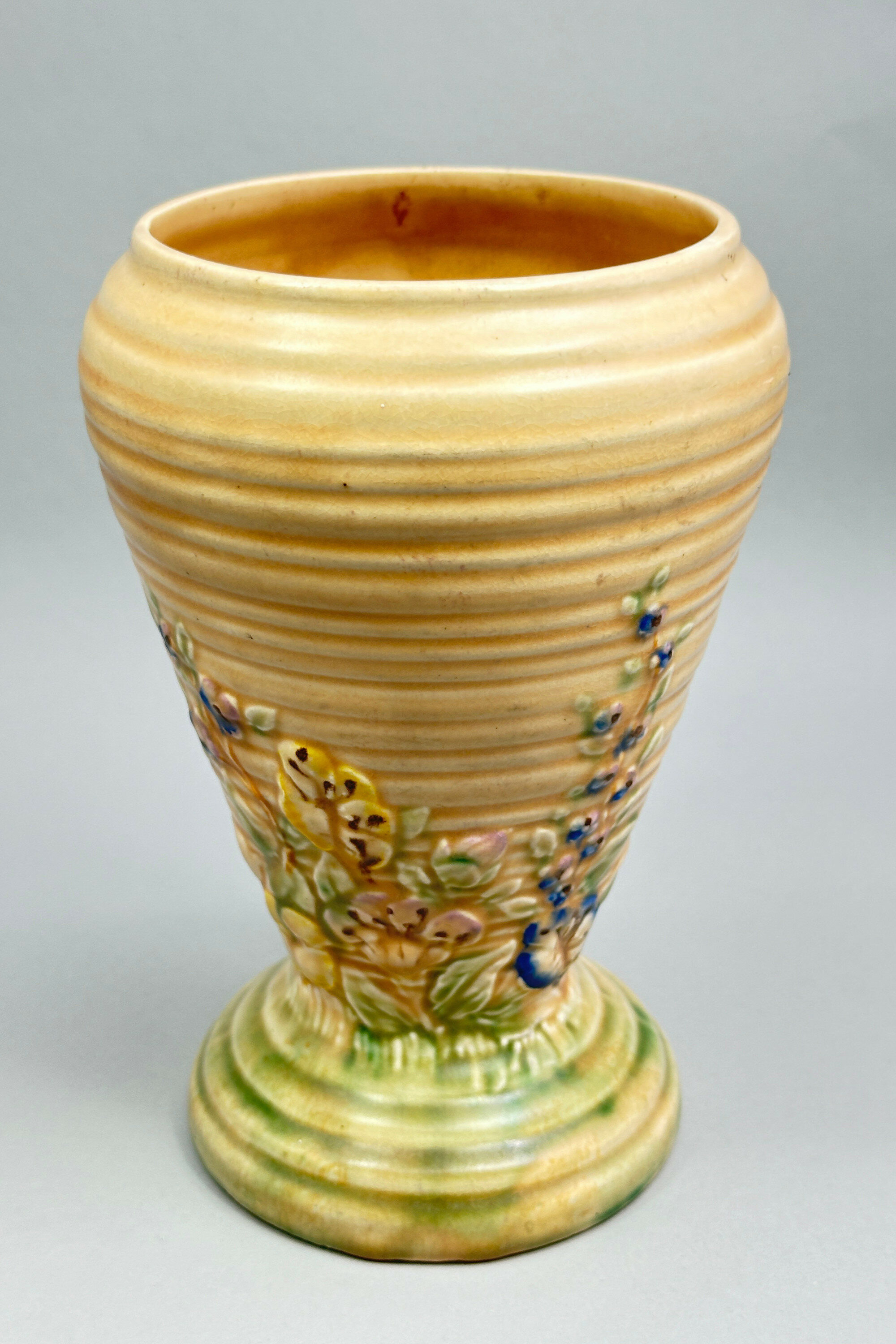
Art Deco Vase, Springtime, Price Brothers, Staffordshire, 1930s
Price: £35Price Bros was an earthenware manufacturer established at the Crown Works, Burslem, Staffordshire, England, in 1896 by the Price brothers. They specialised in tabletop accessories and teapots and success was rapid such that in 1934 they moved to larger premises at the Top Bridge Works in Longport, where they became known as Price Bros Ltd. A close association with another firm, Kensington Potteries, was finally cemented when the two firms merged in 1962 taking on the name ‘Price and Kensington’ and continuing to manufacture their popular wares to the present day. This vase is typical of the decorative pieces which Price Bros produced during the 1930s and, as with so much of the pottery produced at that time, it reflects the Art Deco styles, particularly in the semi abstract shape. This vase was mould made as can be seen from the joins at each side (see image 7) but there is nothing mechanical about the finished result with its pleasing combination of colour and decoration.
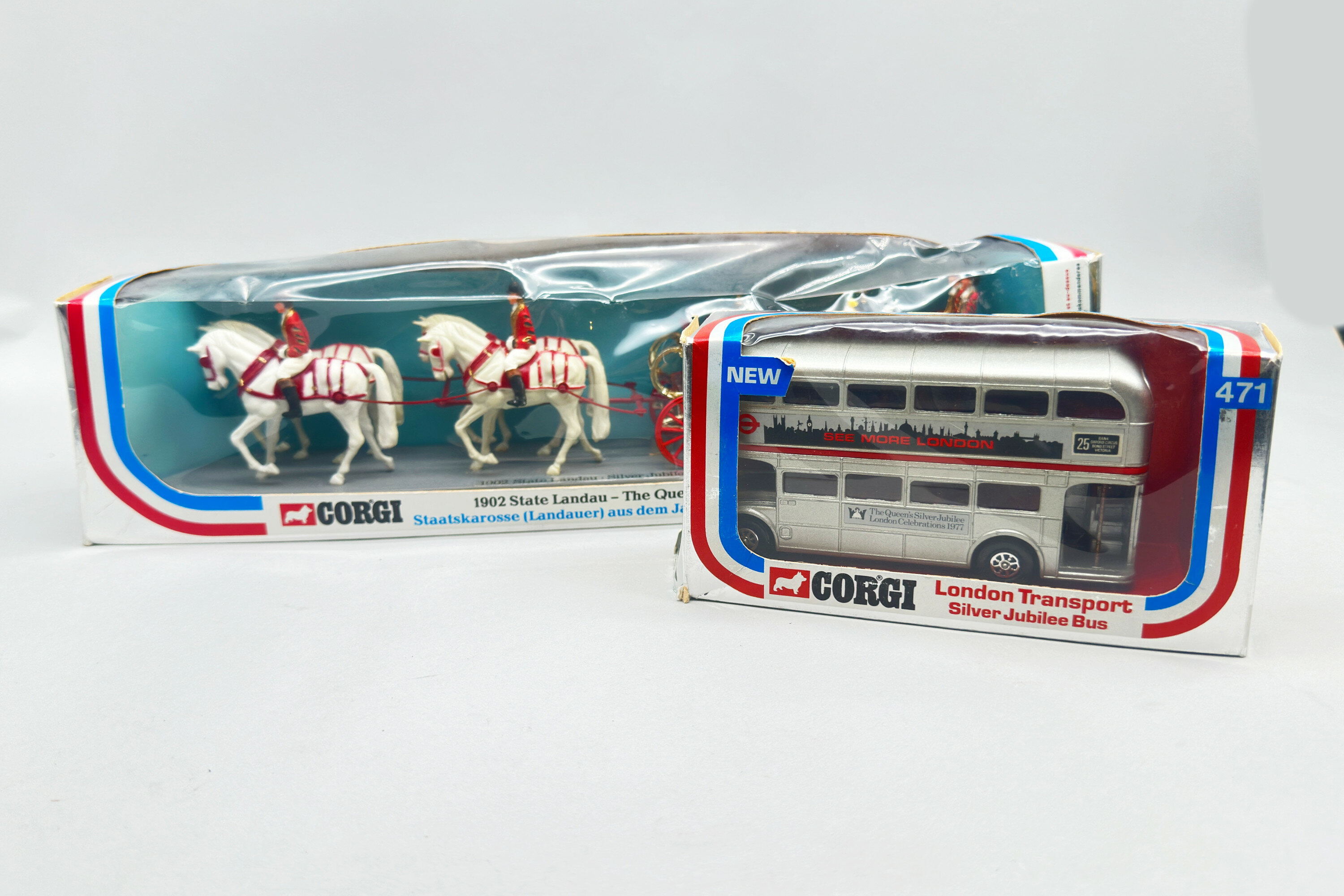
Two Corgi Silver Jubilee Toys Boxed, (41) State Landau, (417) London Bus, 1977
Price: £45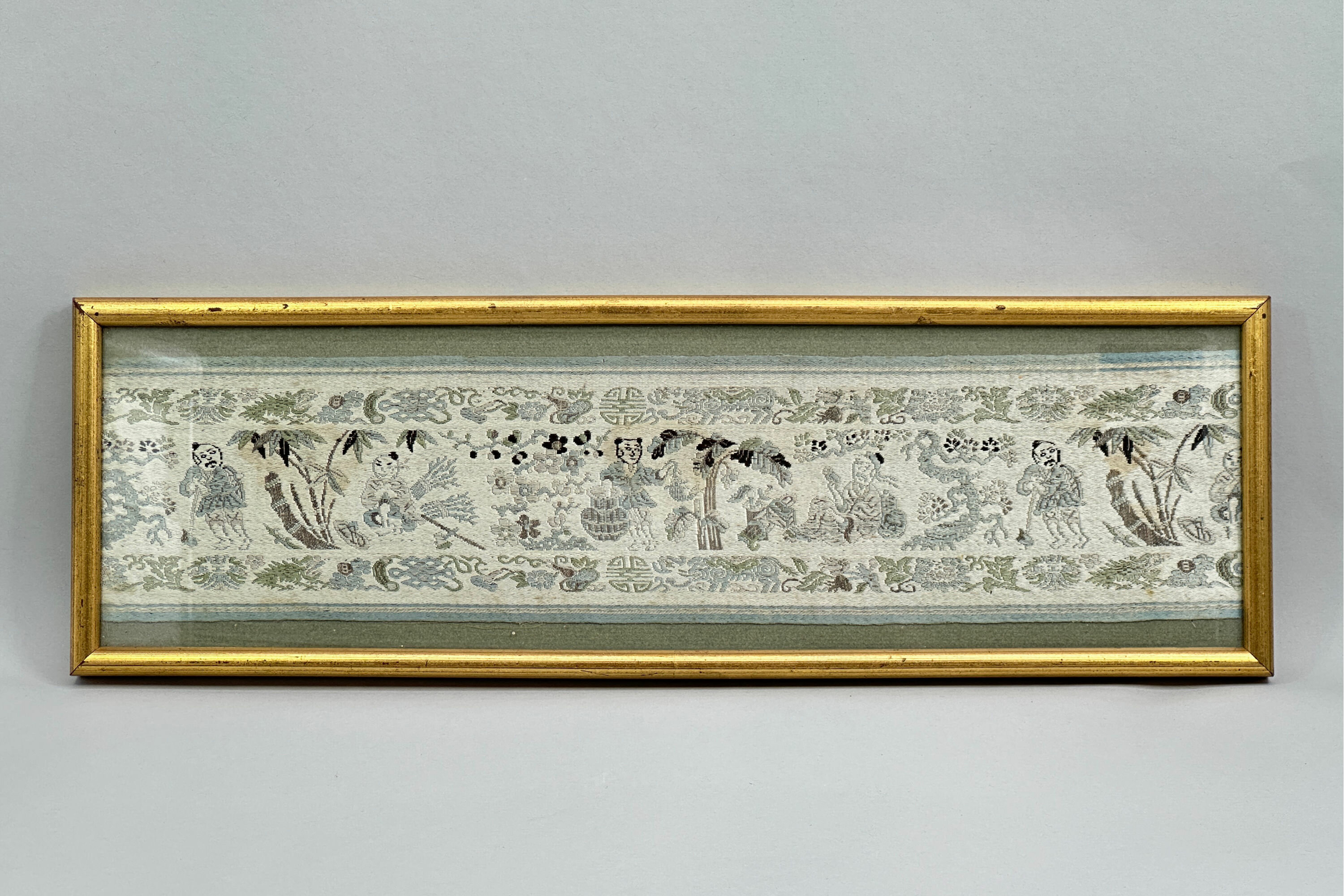
Framed Chinese Silk Embroidered Runner Panel, garden scenes, C20th
Price: £15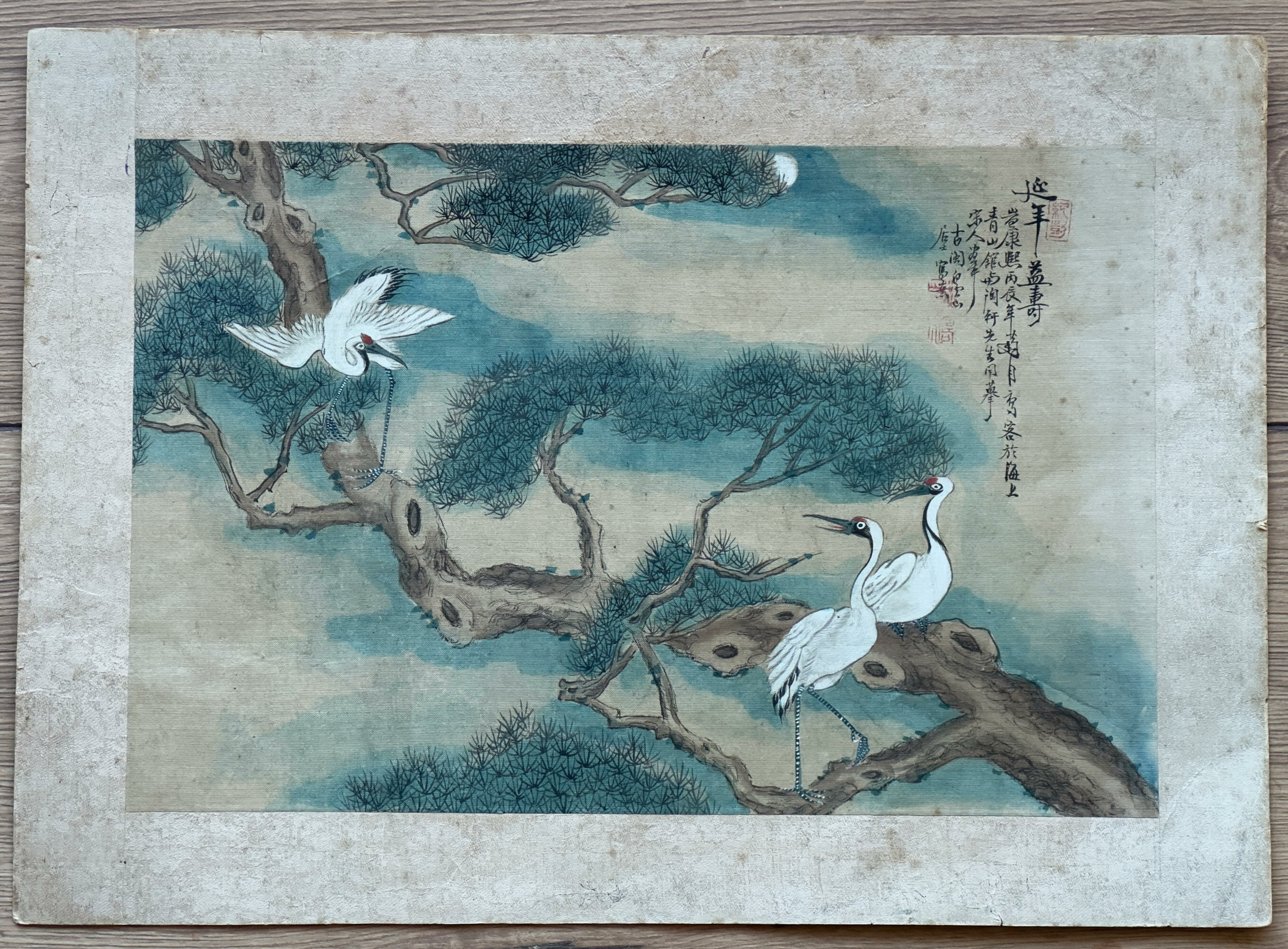
Chinese painting on Silk, Storks and Pine, circa 1900
Price: £25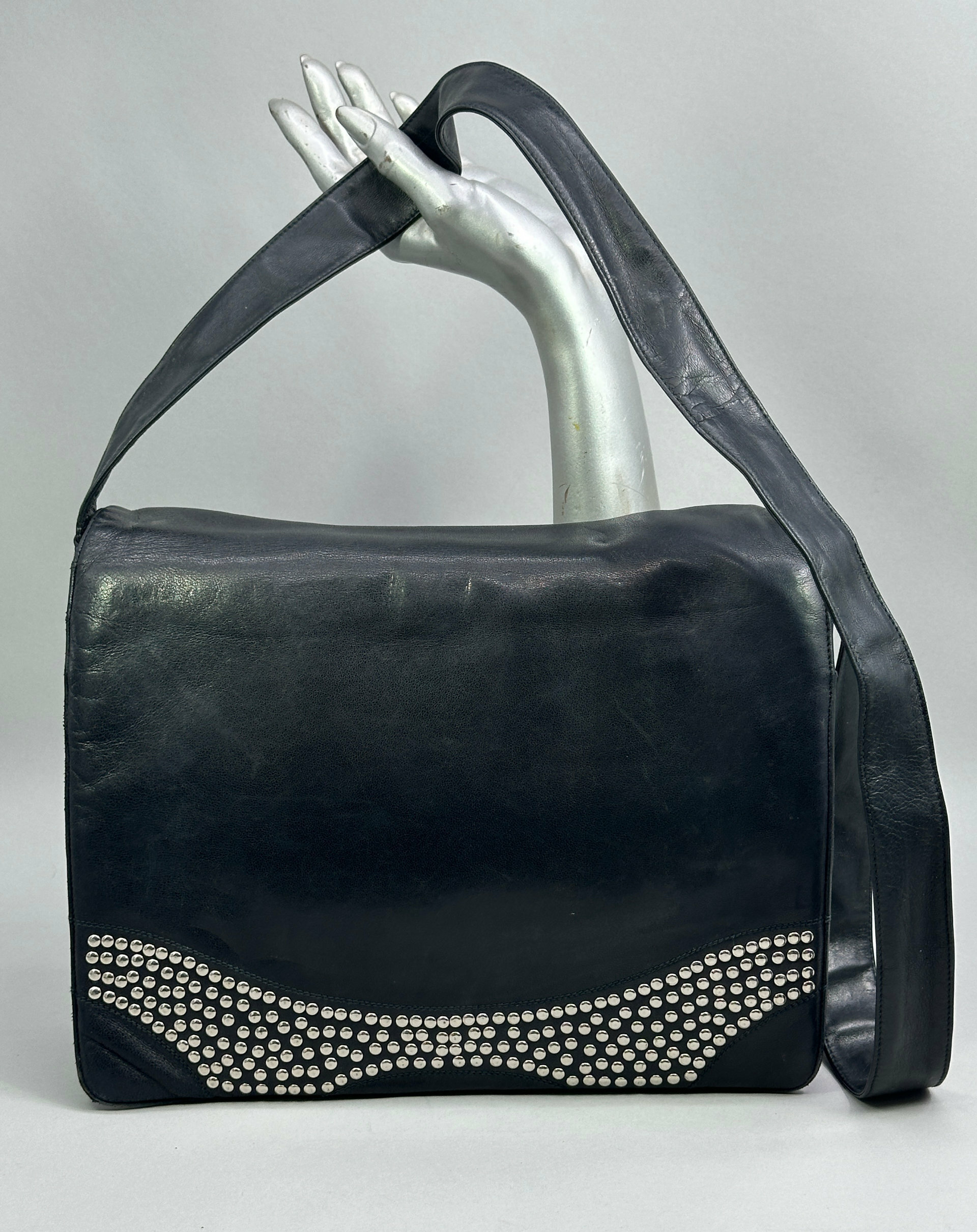
Maud Frizon Handbag c2000
Price: £150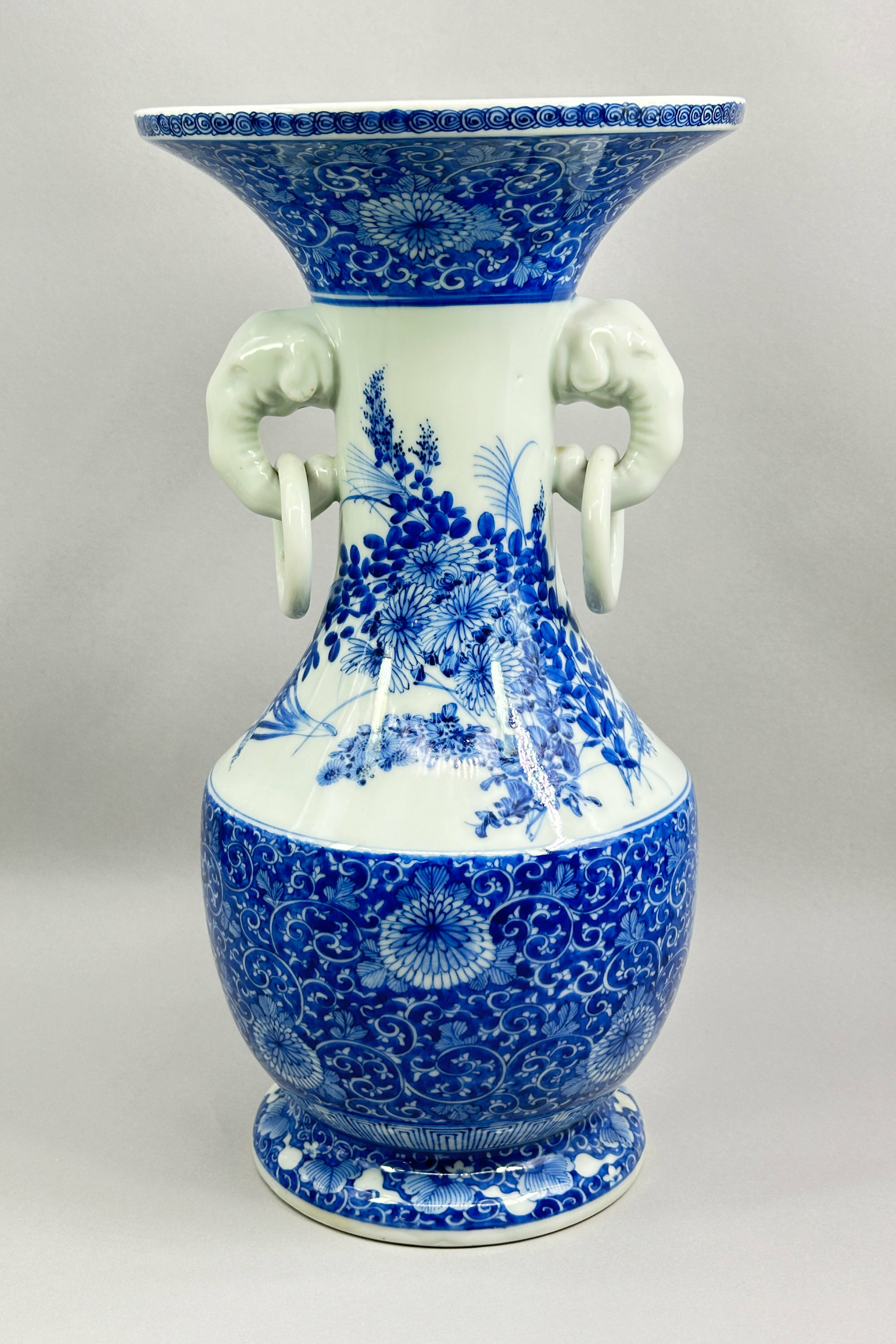
Japanese Seto Ware Blue and White Vase, late C19th
Price: £450A fine quality Japanese porcelain vase, the ovoid body with a curved flaring foot and rising to a tall concave neck with a well defined shoulder, applied elephant and ring handles to the sides and a galleried rim, decorated in bright underglaze blue with two bands of stylised flowering chrysanthemum at the top and bottom between a continuous scene of flowering peony and chrysanthemum, the top rim with repeating whorl design on the exterior and stylised leaf design inside, the stepped base glazed white.
The kilns at Seto in the Aichi prefecture of Japan and situated close to Nagoya form one of the traditional ‘Nihon Rokkoyo’, the six old kilns of medieval Japan. The location of Seto was ideal for the production of ceramics with an abundance nearby of both porcelain clay and forests to provide firewood for the kilns. Production began as early as the Heian period (794-1185) and continued without a break thereafter, the earlier pieces being more pottery forms copying Chinese wares. It was in the early nineteenth century that the kilns turned to producing porcelains decorated in underglaze blue and white, a development initiated by the potter Tamikichi Kato who went to Arita to learn the techniques of its production there, returning to Seto in 1807. Production grew and developed and was directed towards the export market in the Meiji period (1868-1912) with Seto wares being displayed at the European and North American exhibitions and fairs. Their delicately painted designs of birds and flowers proved to be immensely popular and were, in their time, to influence Art Nouveau and Art Deco designs. Some of the forms produced were truly virtuoso creations including, besides vases, screens, jardinieres and even ceramic tables.
Signed pieces are known and besides Tamikichi Kato the distinguished potters included the Kichiemon brothers, Kato Chuji and Kawamoto Jihyoe, and Kawamoto Hansuke. But not all the best pieces carried an artist’s signature as this vase well demonstrates. Formed from fine quality clay, as can be seen from the foot rim (image 10), the complex shape with its spreading base, angled shoulder and galleried rim would have been difficult to create. The handles show remarkable skill with the rings somehow formed so as to hang loose (presumably some form of kiln waster technique was used). The detail and artistry of the painting speaks for itself. Note in particular the shading effects on the peony flowers. While not perhaps an exhibition piece, this vase is definitely of exhibition quality and would be a worthy addition to a collection of nineteenth century Japanese ceramic art.
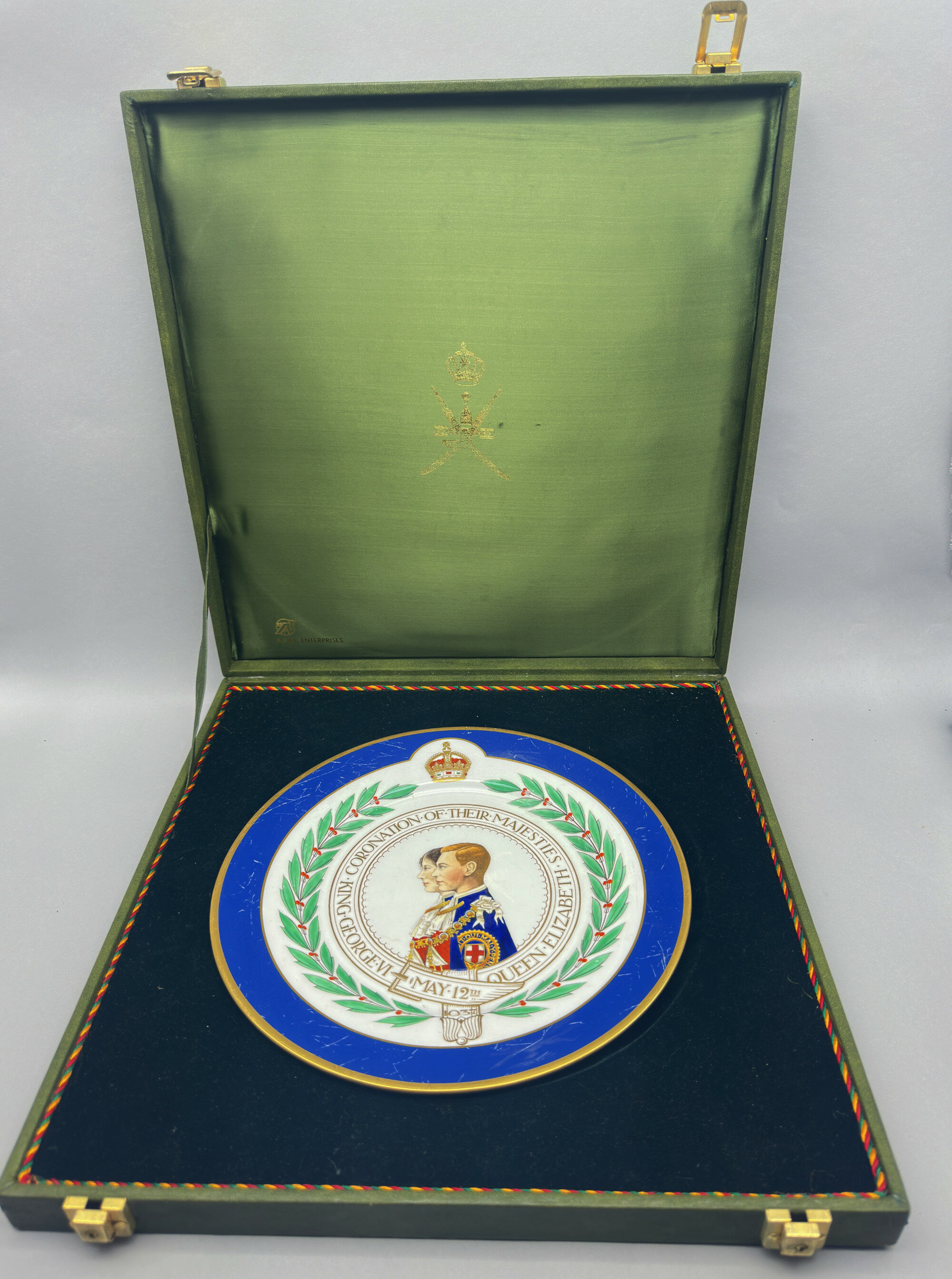
Mintons Coronation Plate, King George VI and Queen Elizabeth 1937, boxed
Price: £25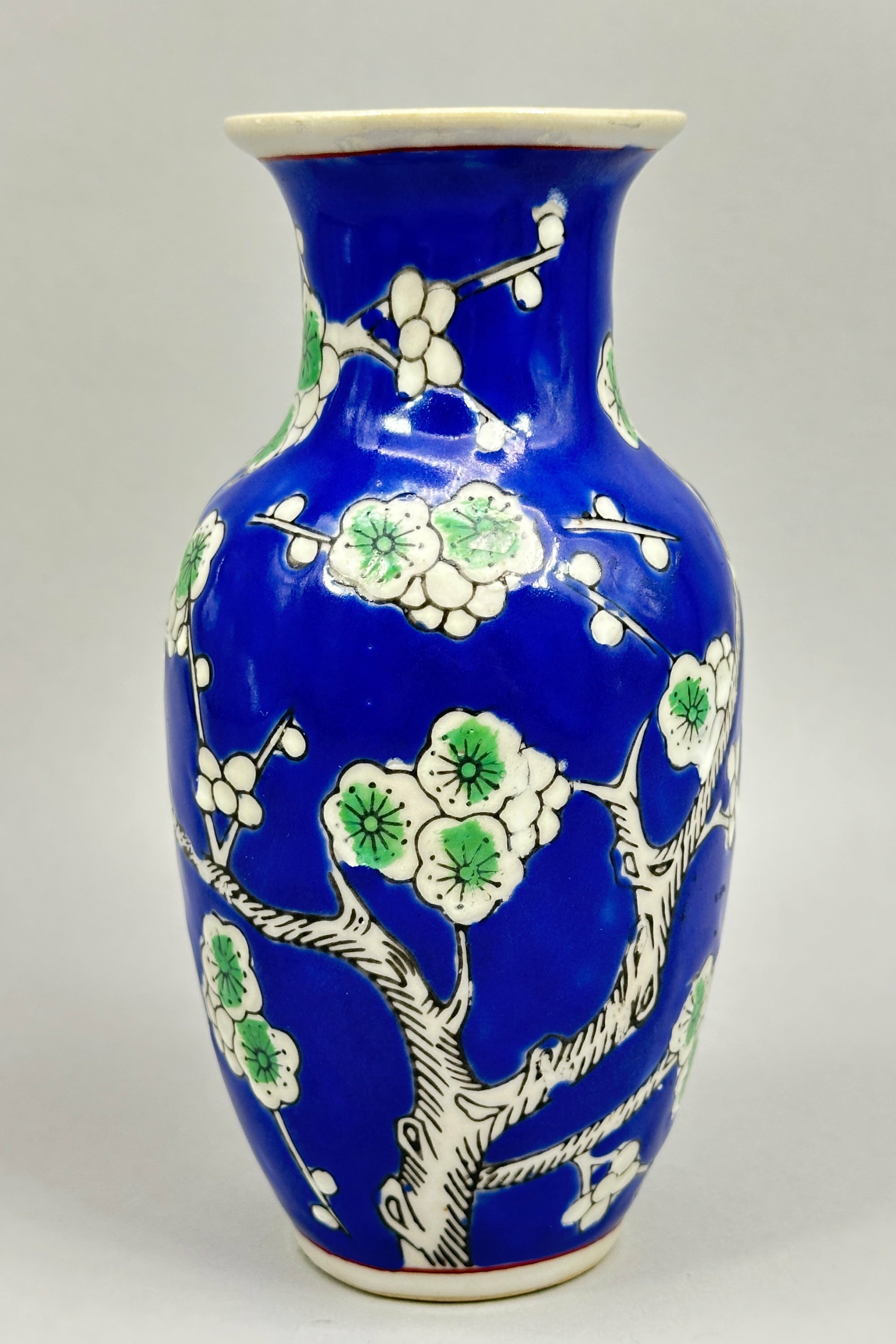
Chinese blue ground Vase decorated Prunus, late C20th
Price: £25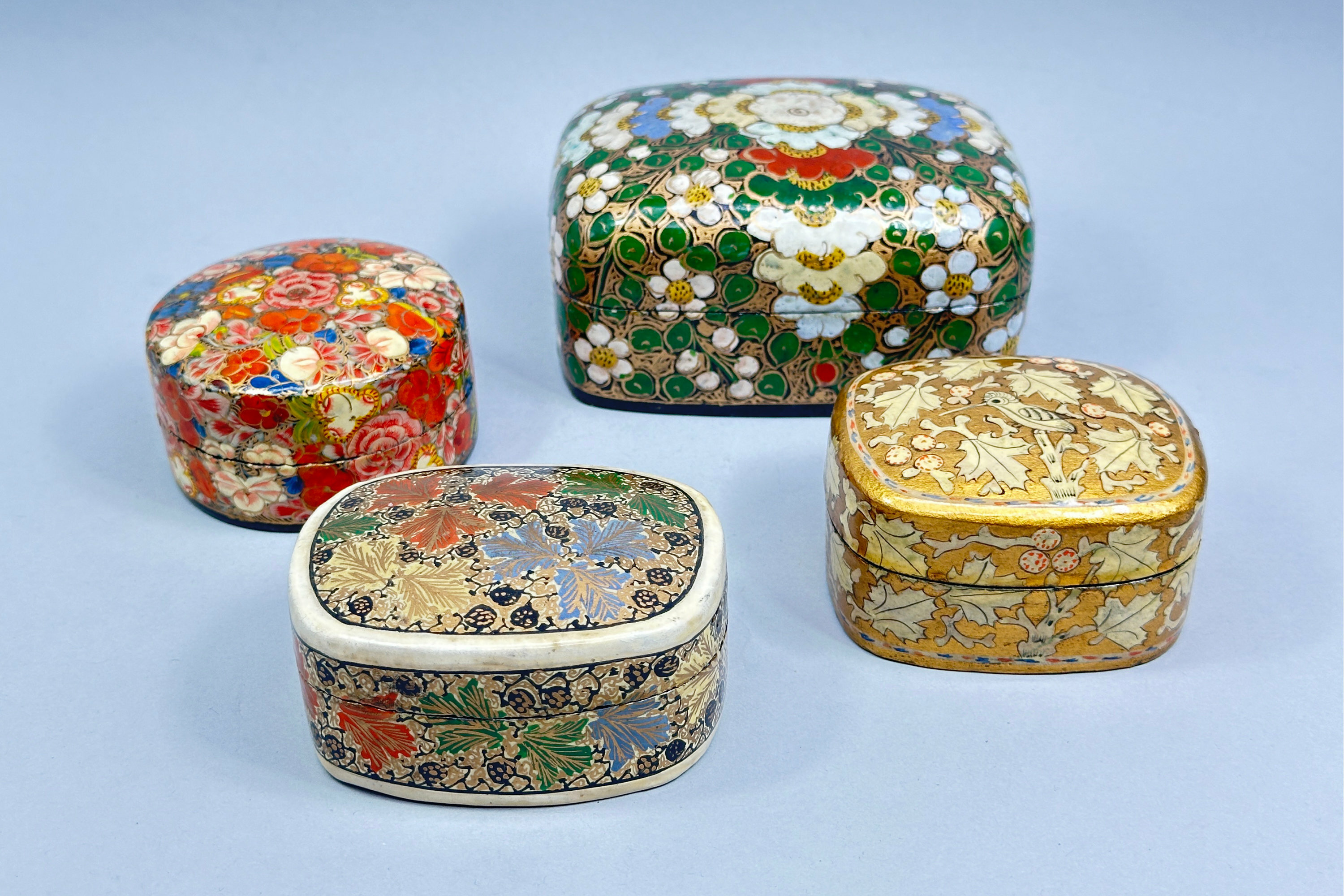
Four Papier-mâché Trinket Boxes, Kashmir, mid C20th
Price: £35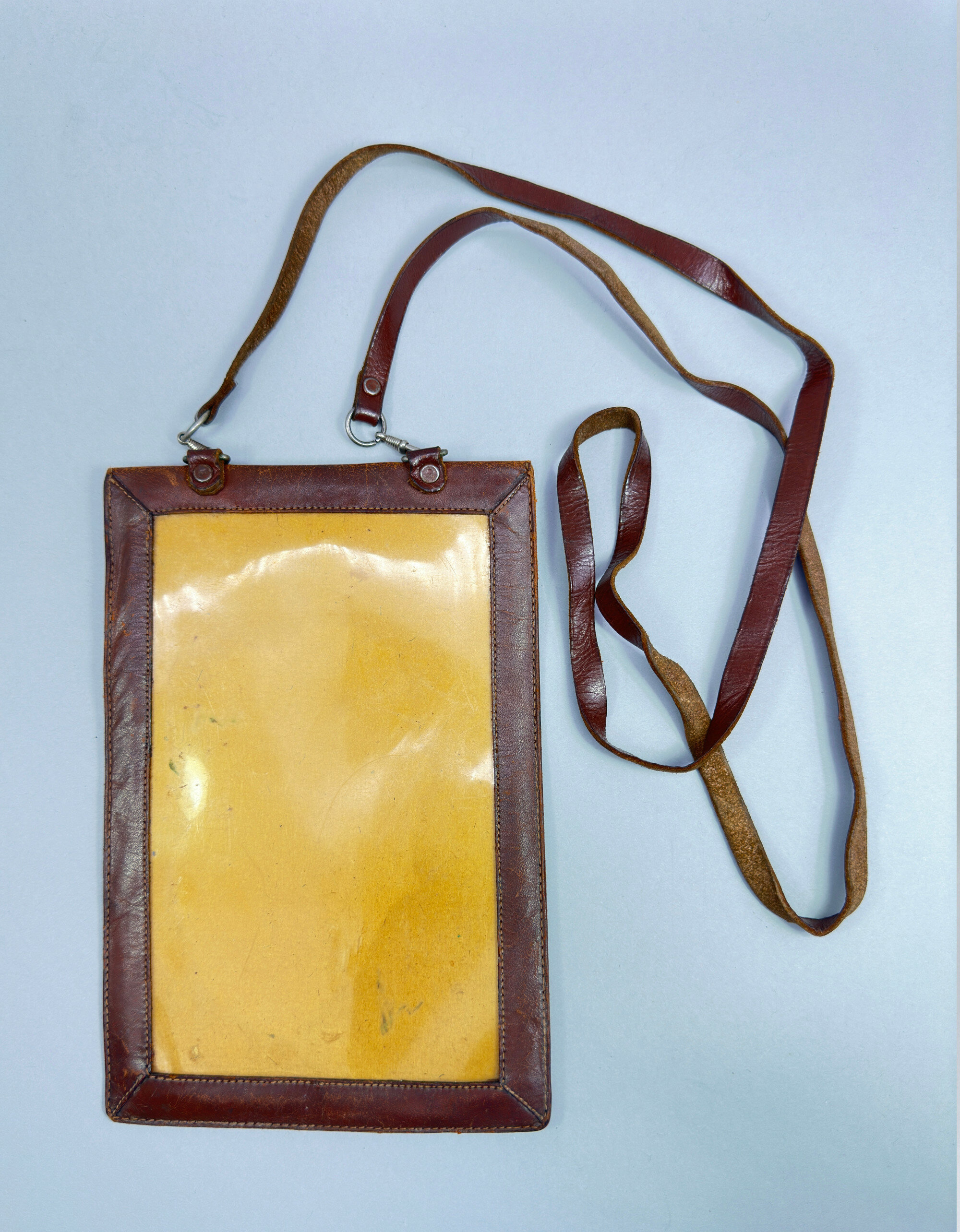
Vintage Leather Map Case, probably 1940s
Price: £45
Japanese Studio Pottery Vase, signed, C20th
Price: £75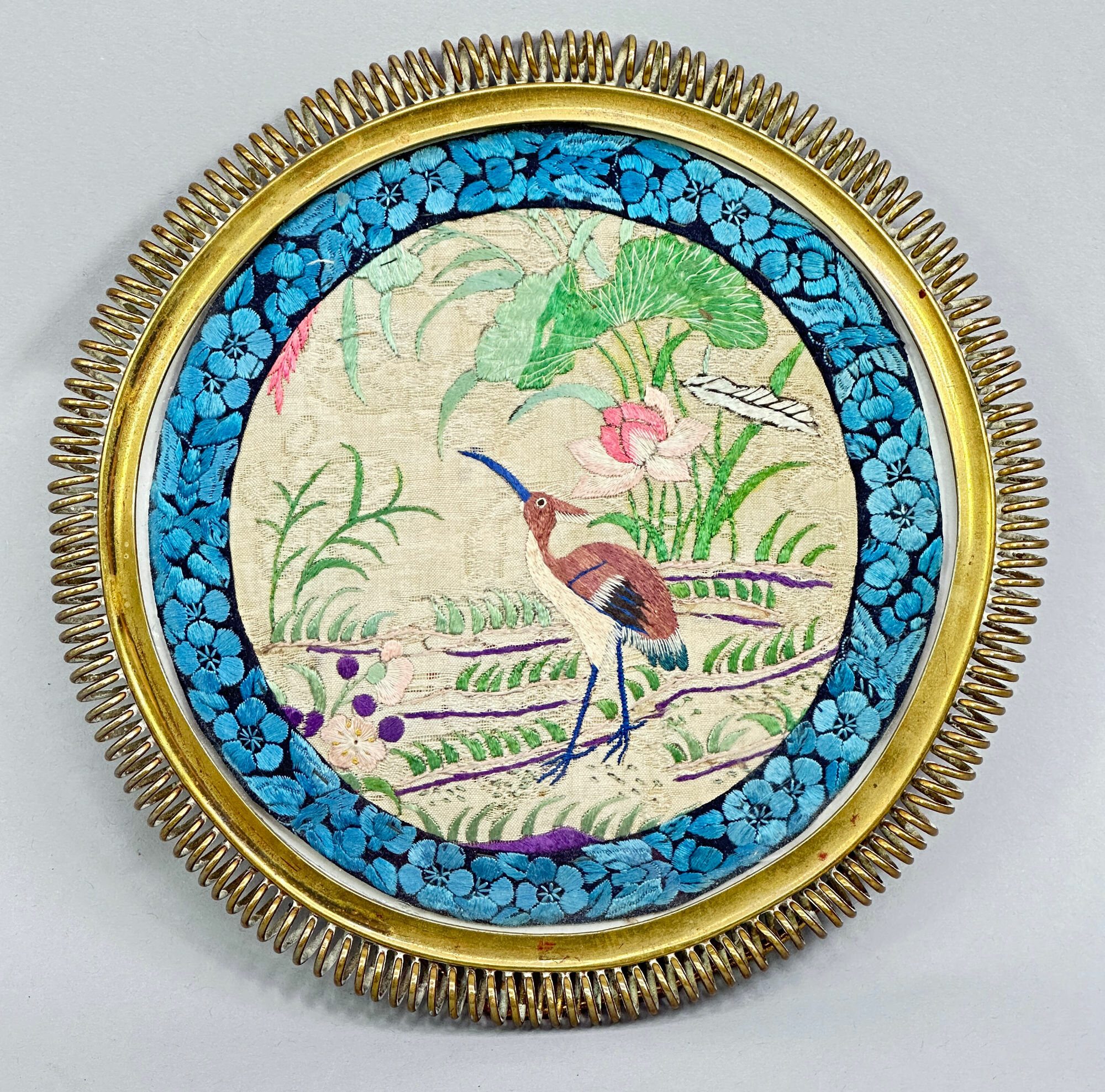
Chinese circular silk textile Panel in later European brass metal Frame, C19th/C20th
Price: £55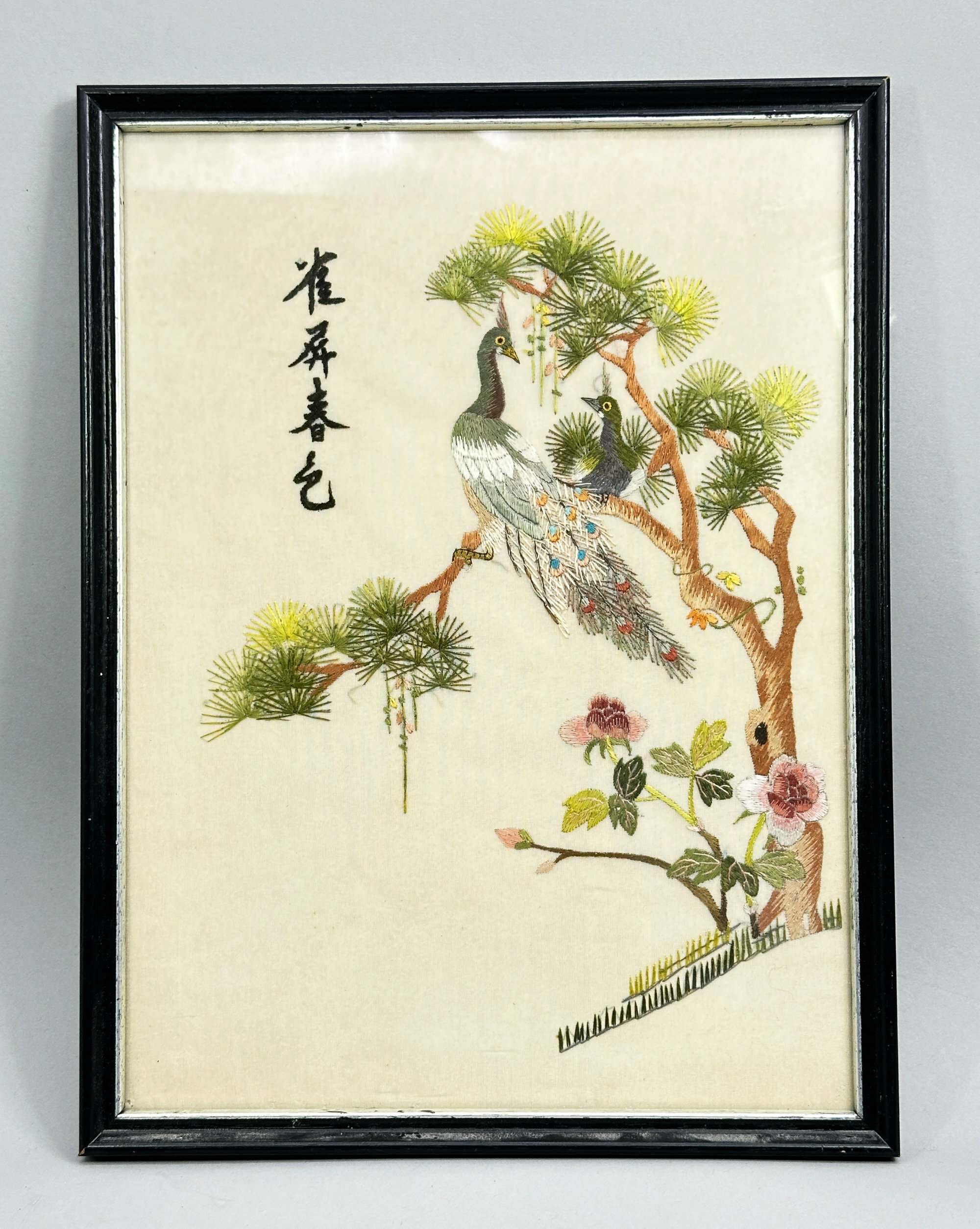
Framed Chinese Embroidery Silk Textile, signed, second half C20th
Price: £25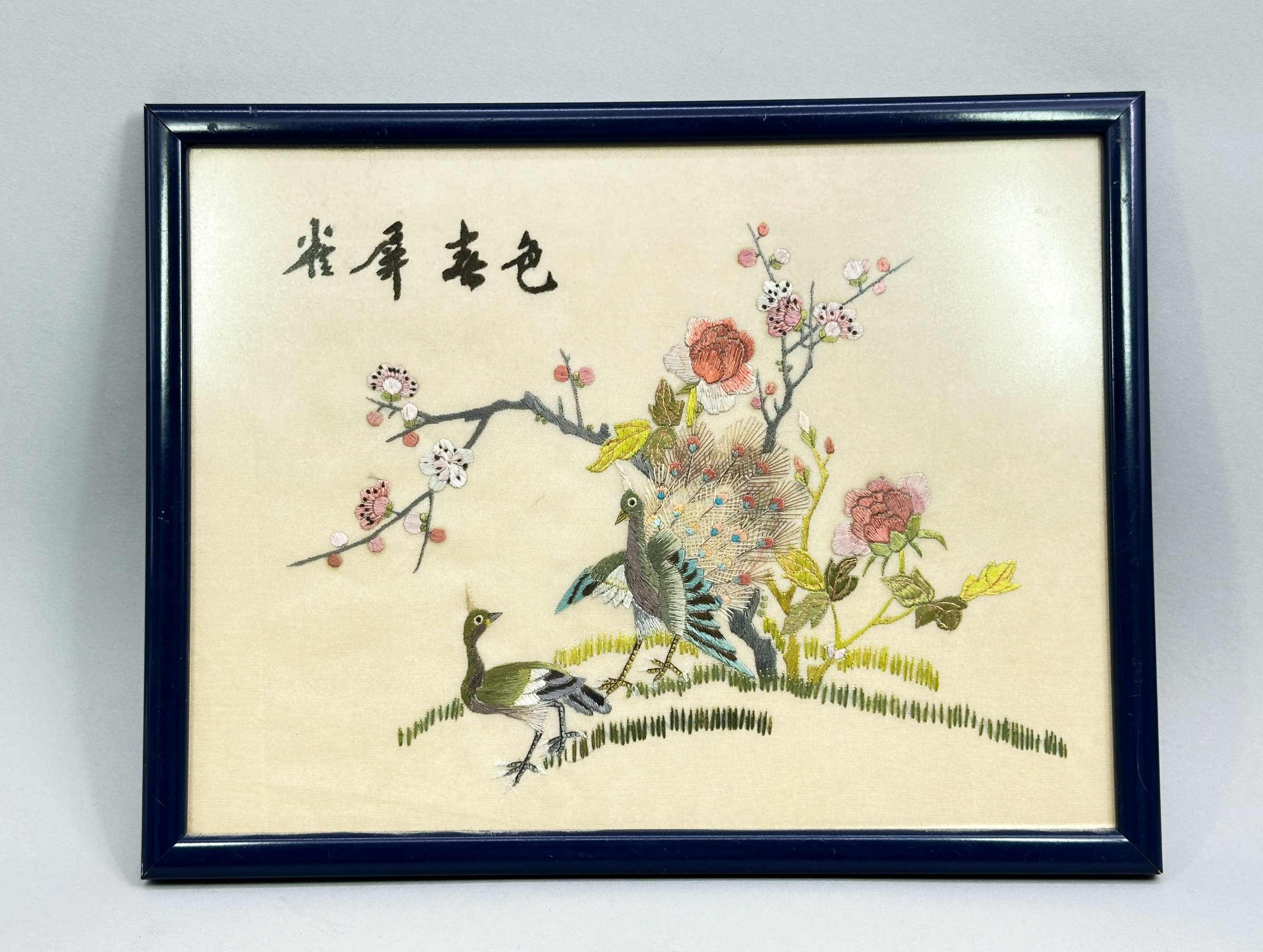
Framed Chinese Embroidery Silk Textile, signed, second half C20th
Price: £25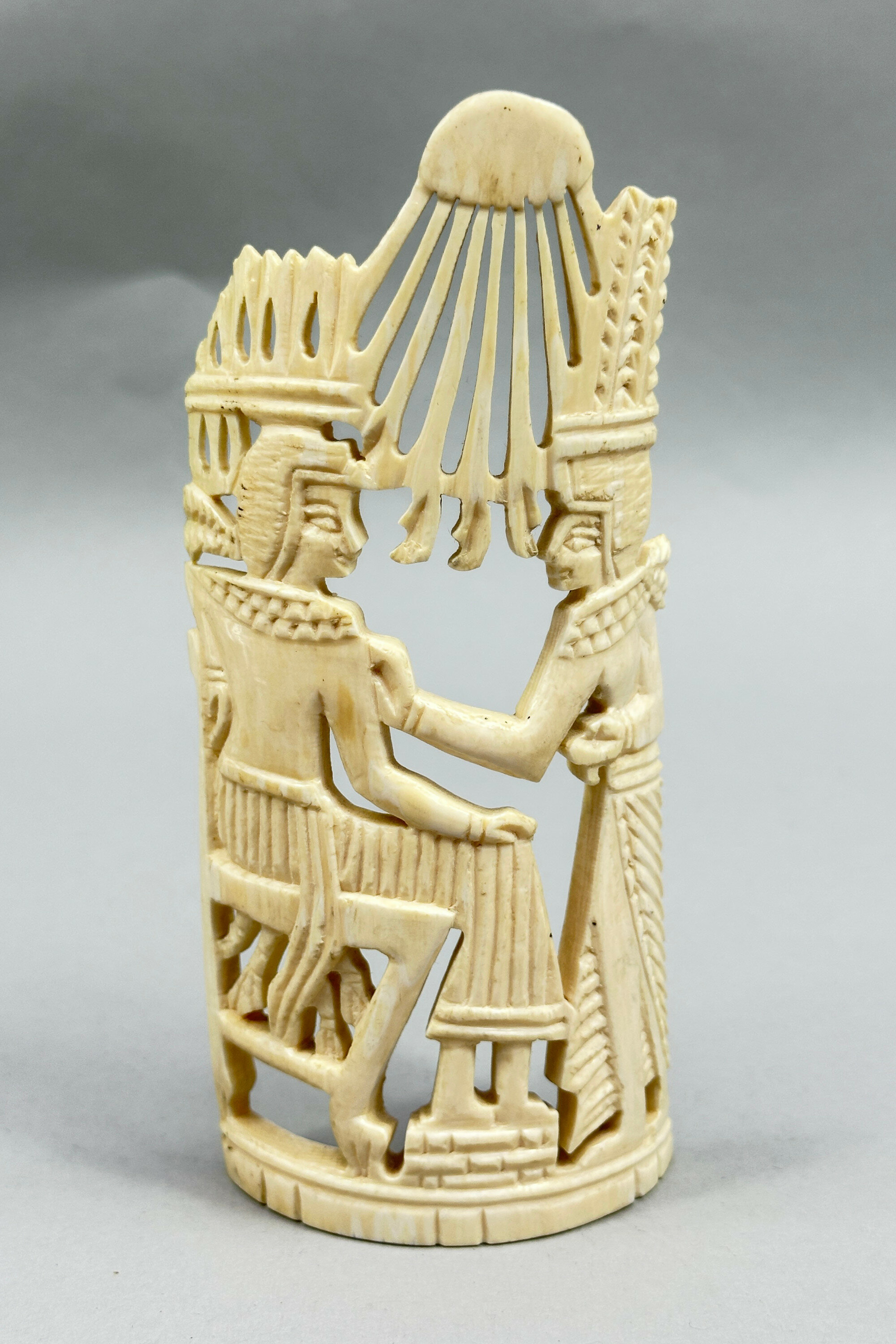
Egyptian table decoration depicting a Pharoah and Attendant, c1940
Price: £45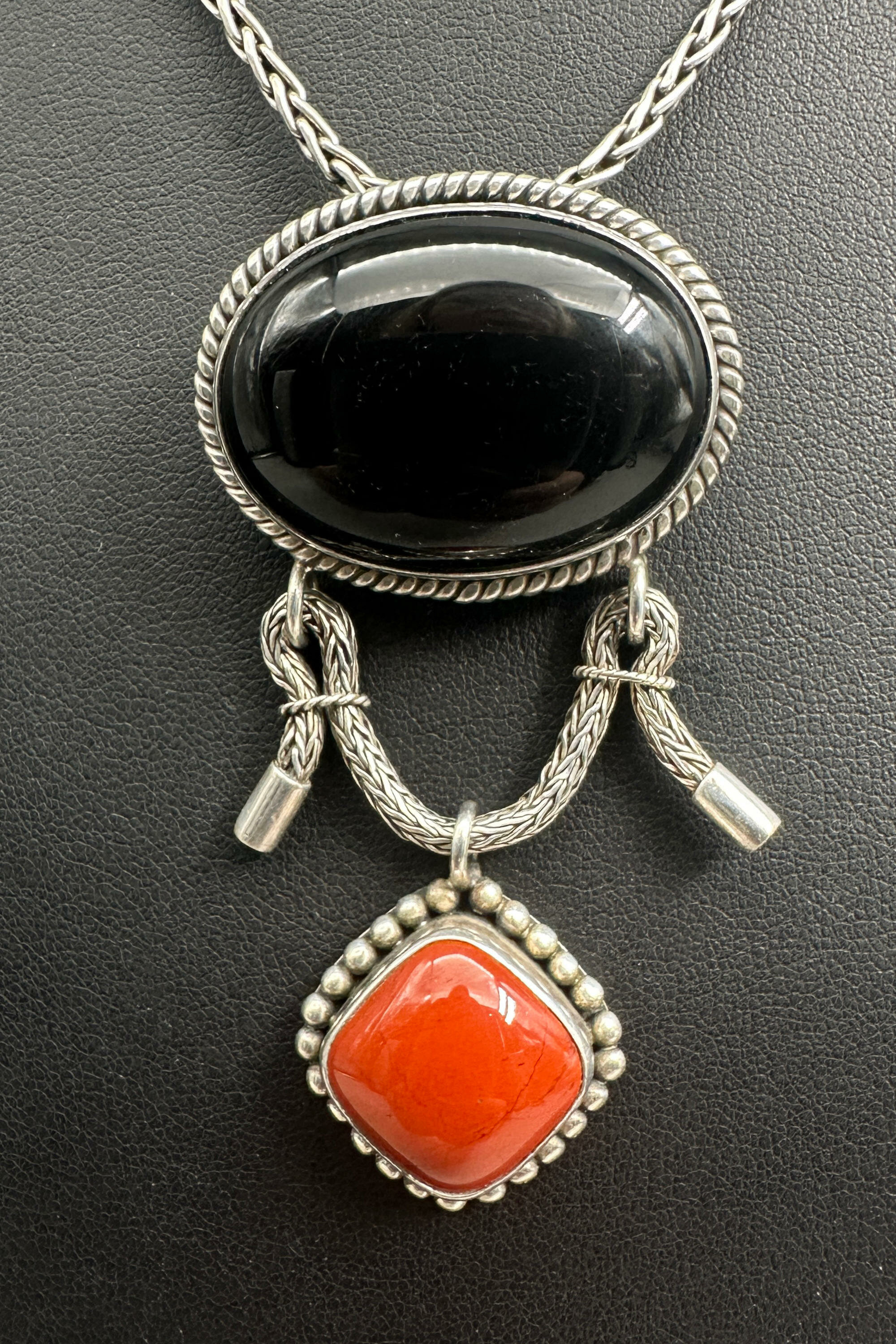
Indian silver onyx and carnelian pendant necklace/brooch, 2006
Price: £125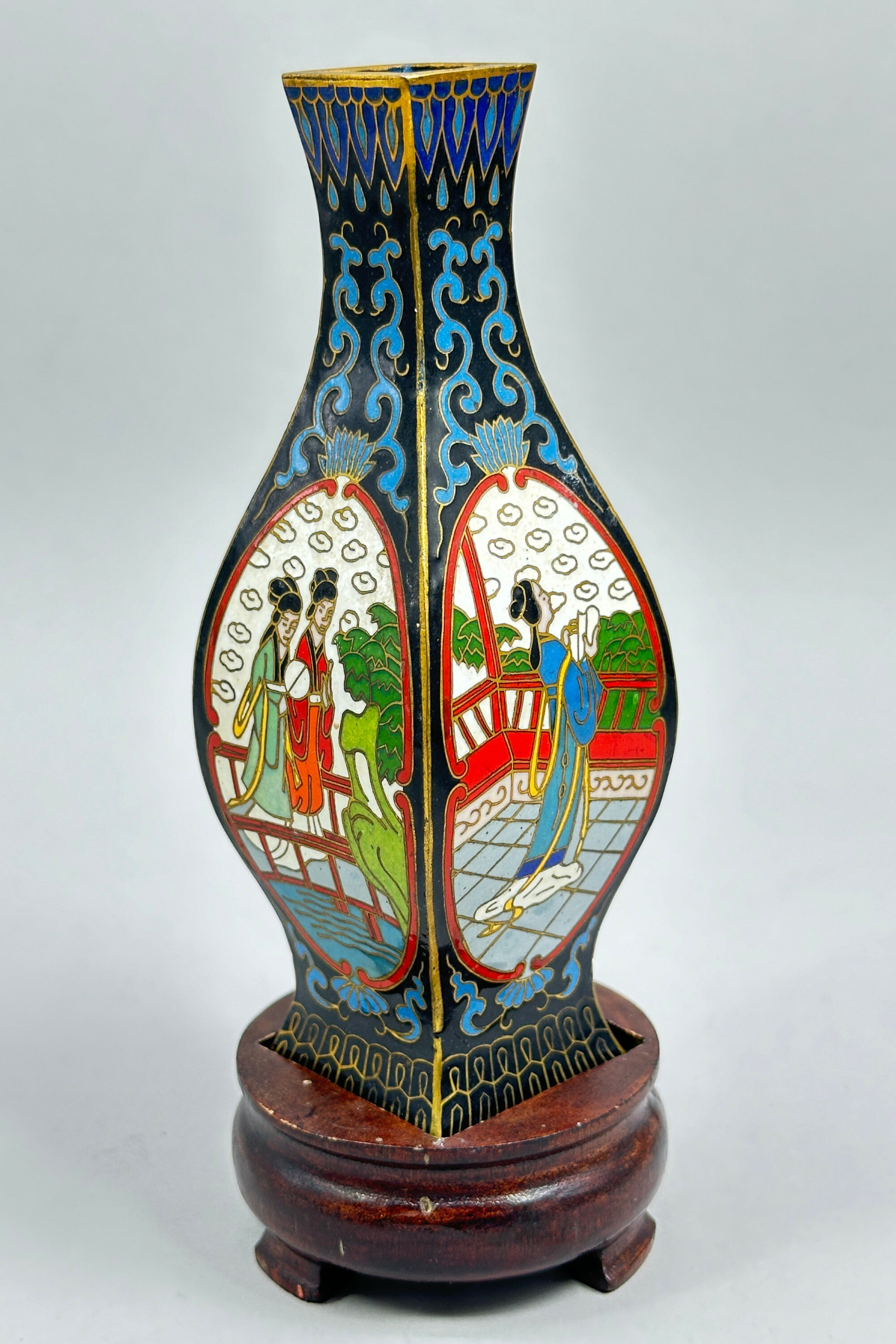
Chinese Cloisonné Square Vase on Stand, C20th
Price: £25The cloisonné technique, in which glass derived enamels were set in wire outlines (the so called ‘cloisons’ from the French word), was developed in China in the early Ming dynasty (1368-1644) and then used throughout, right up until the C20th, indeed pieces are still produced today. The style of enamelling here with fairly bold outlines to the decoration and the use of bright enamel colours suggests a dating here to the mid twentieth century which corresponds to the probable date of the accompanying wood stand. Perhaps intended as a desk ornament or possibly a flower vase, this piece could certainly find a home in a contemporary setting.
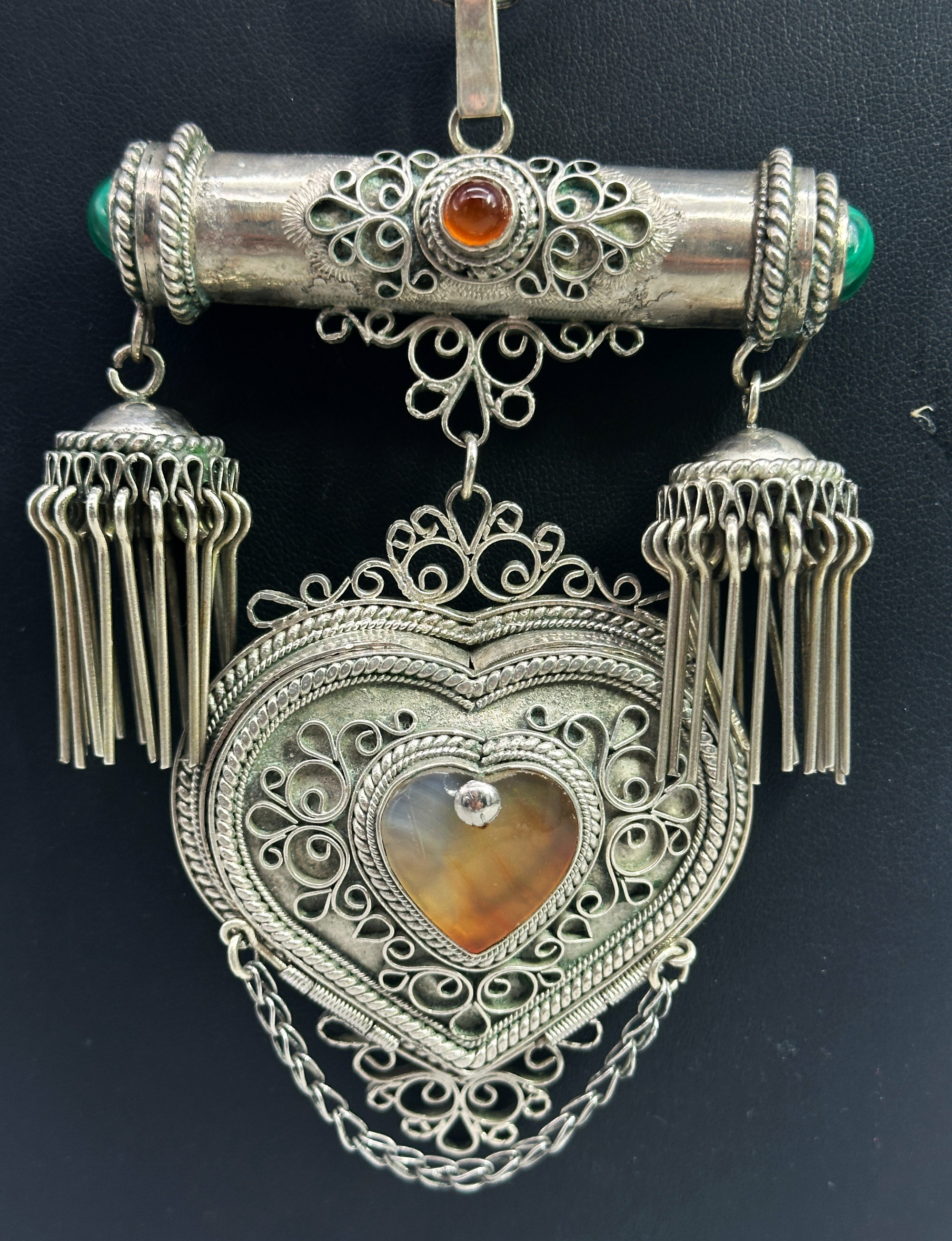
Large Islamic silver necklace with heart shaped box c1920
Price: £85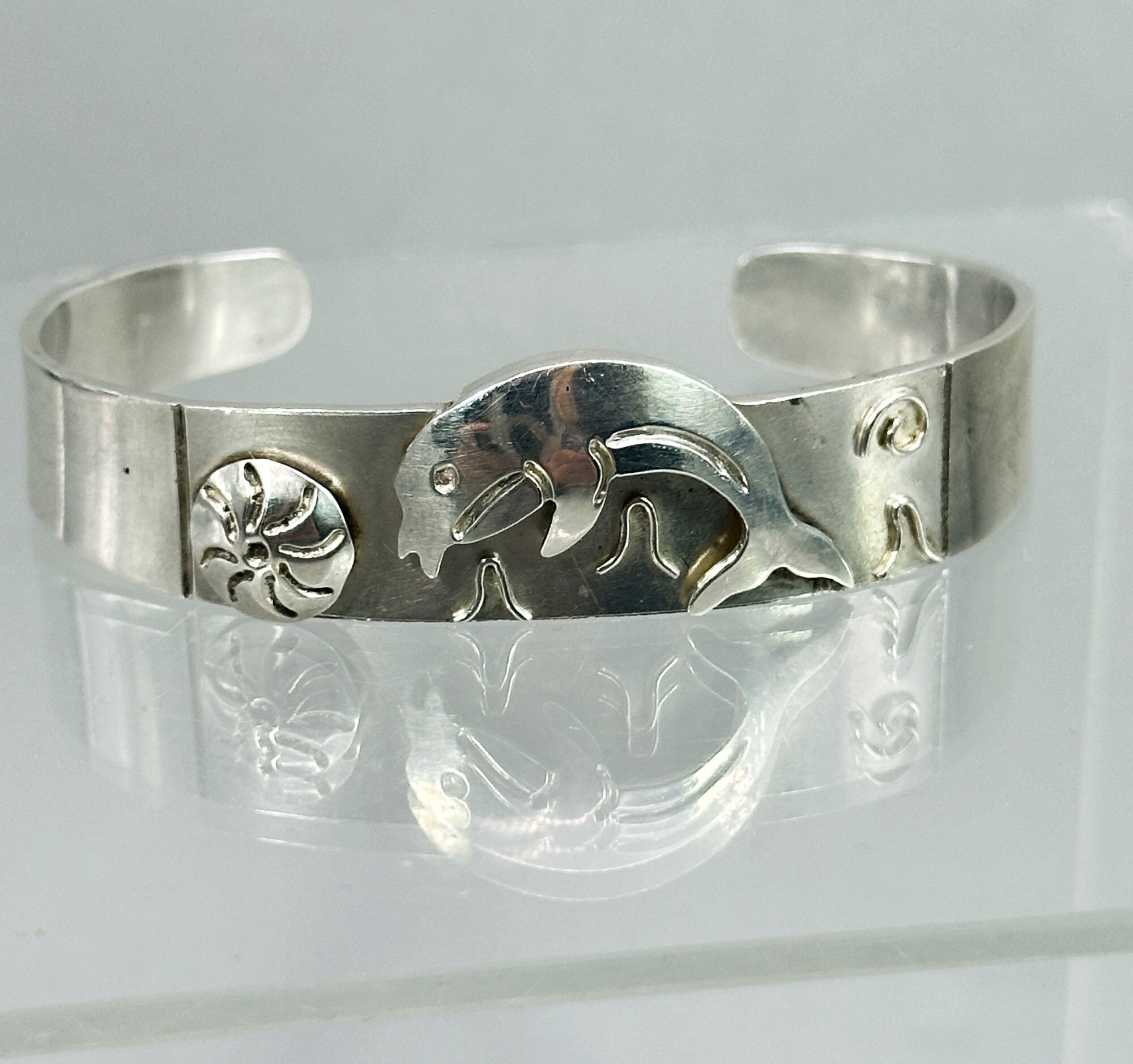
Mexican silver dolphin bangle bracelet c1990
Price: £65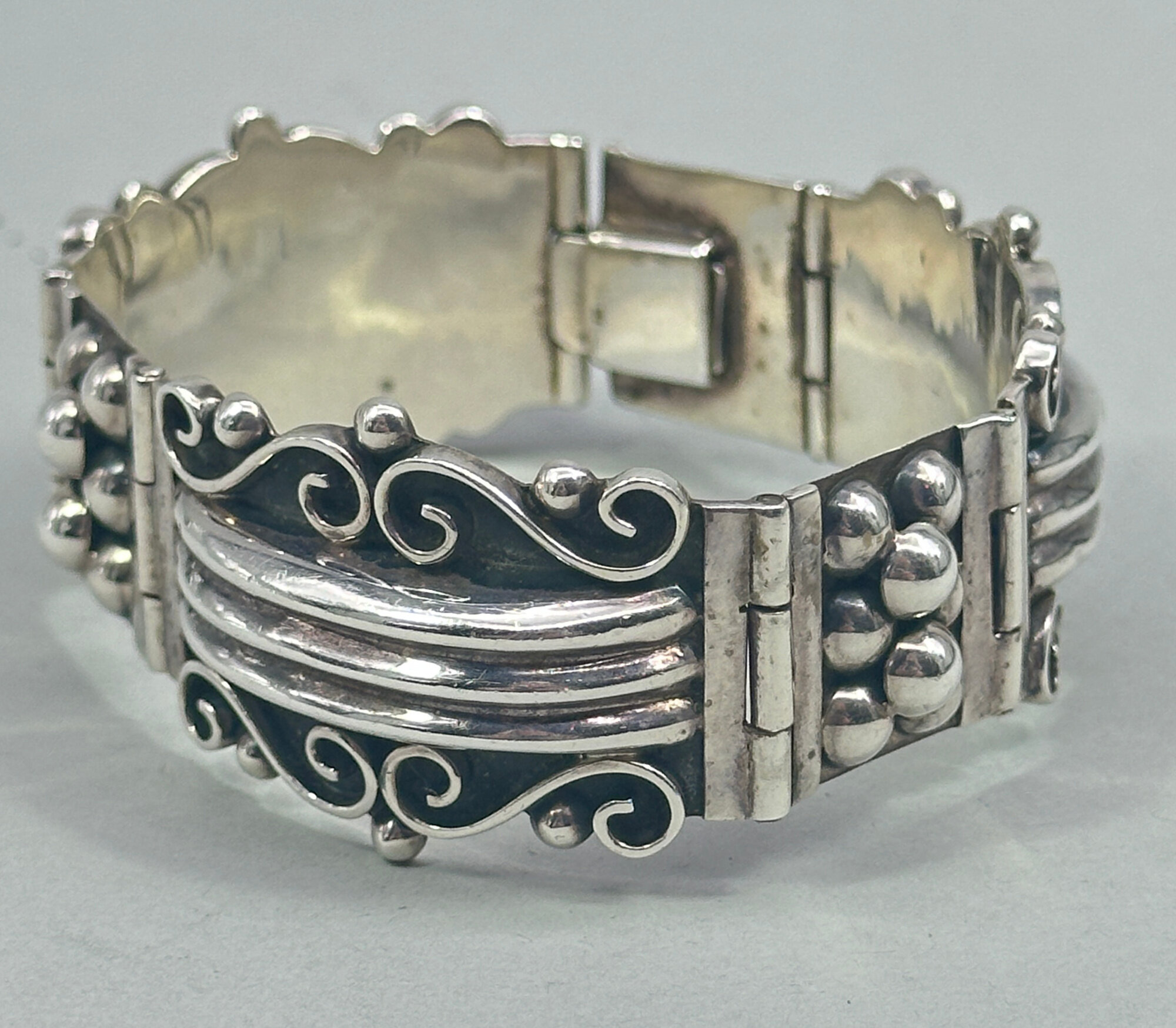
Outstanding Taxco silver bracelet c1960
Price: £295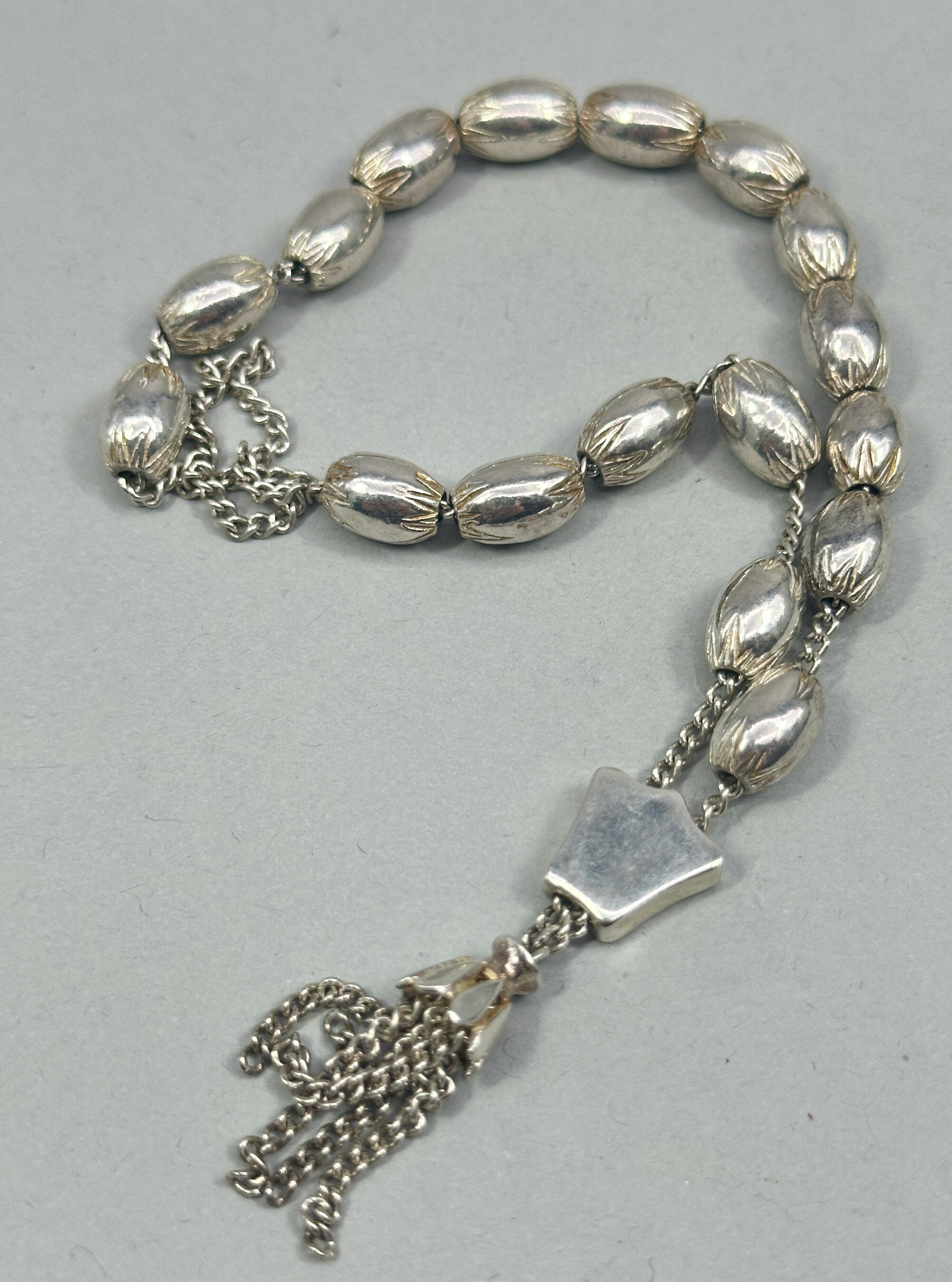
Silver prayer beads with seventeen Beads, 20th century
Price: £75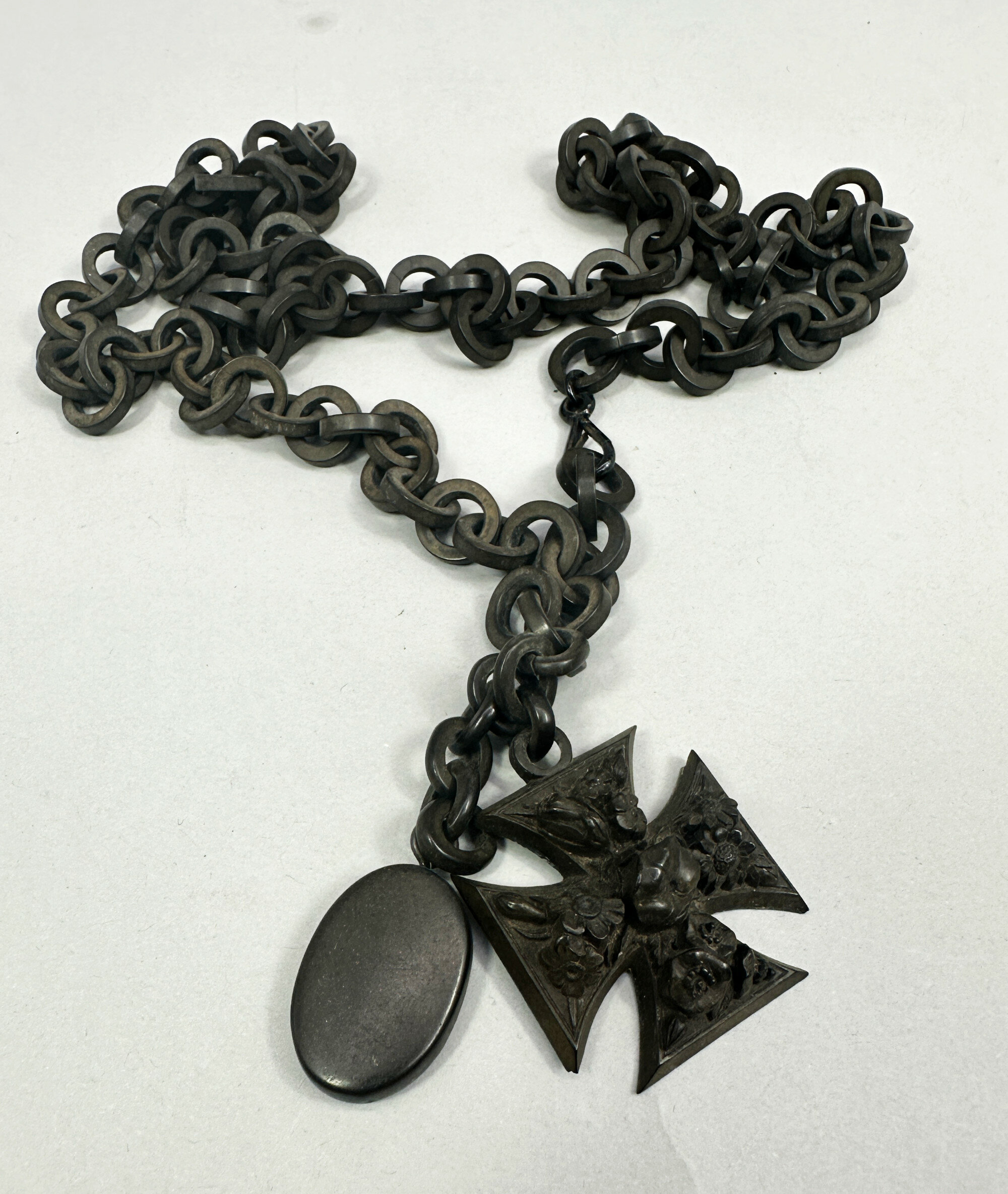
Vulcanite long necklace with Maltese cross and fob c1880
Price: £195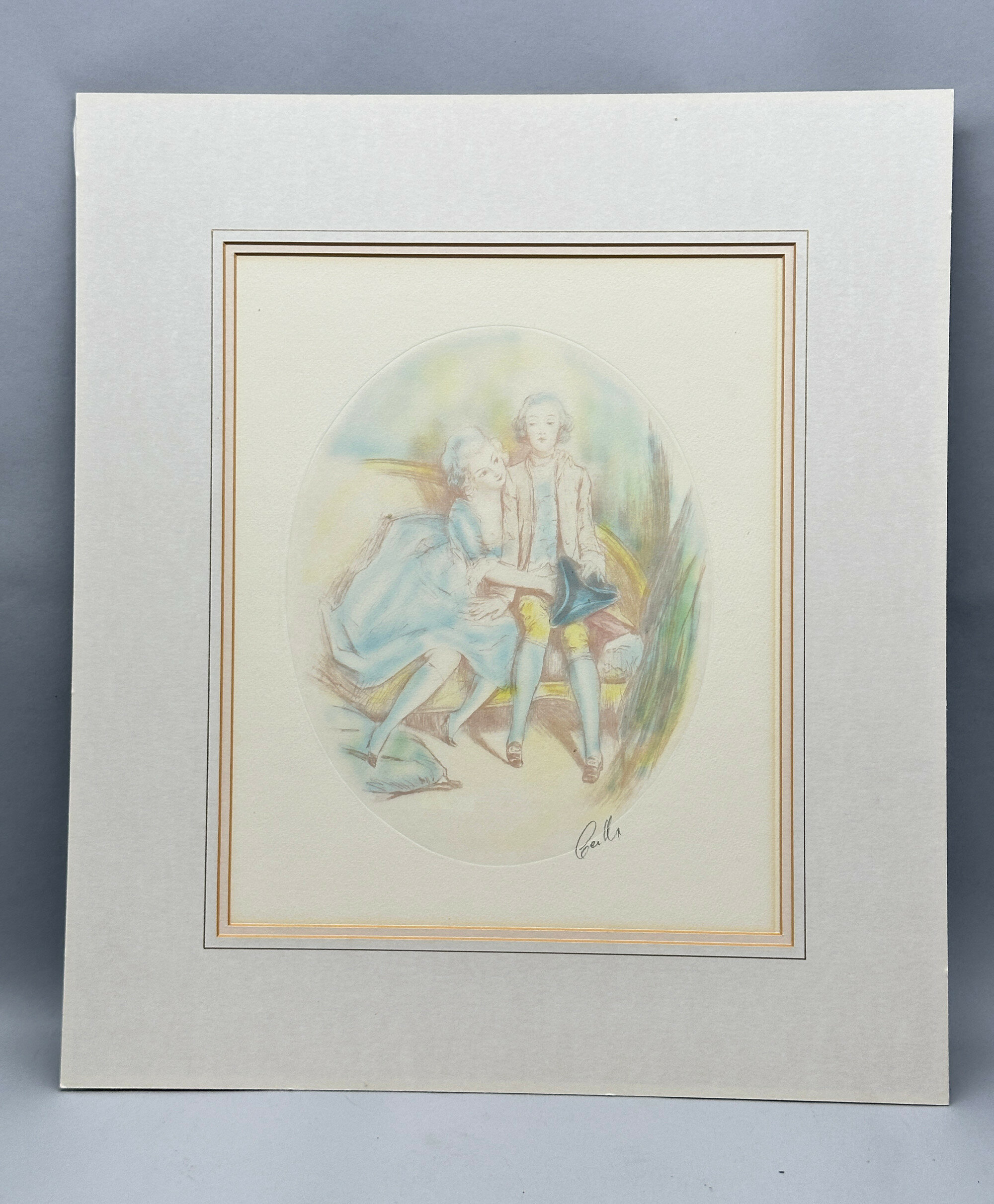
Mounted aquatint engraving of a Courting Couple, signed, probably French C20th
Price: £45